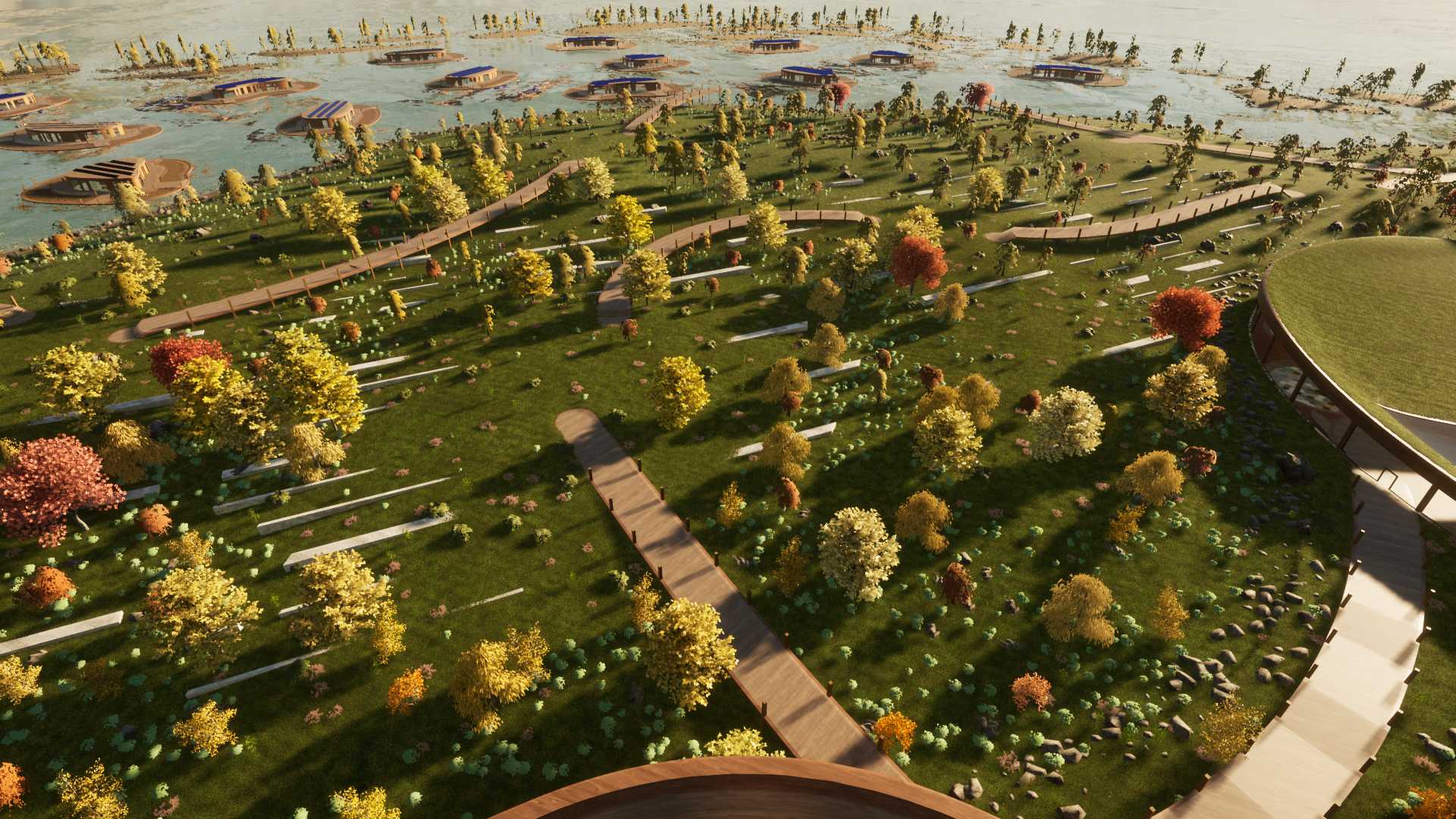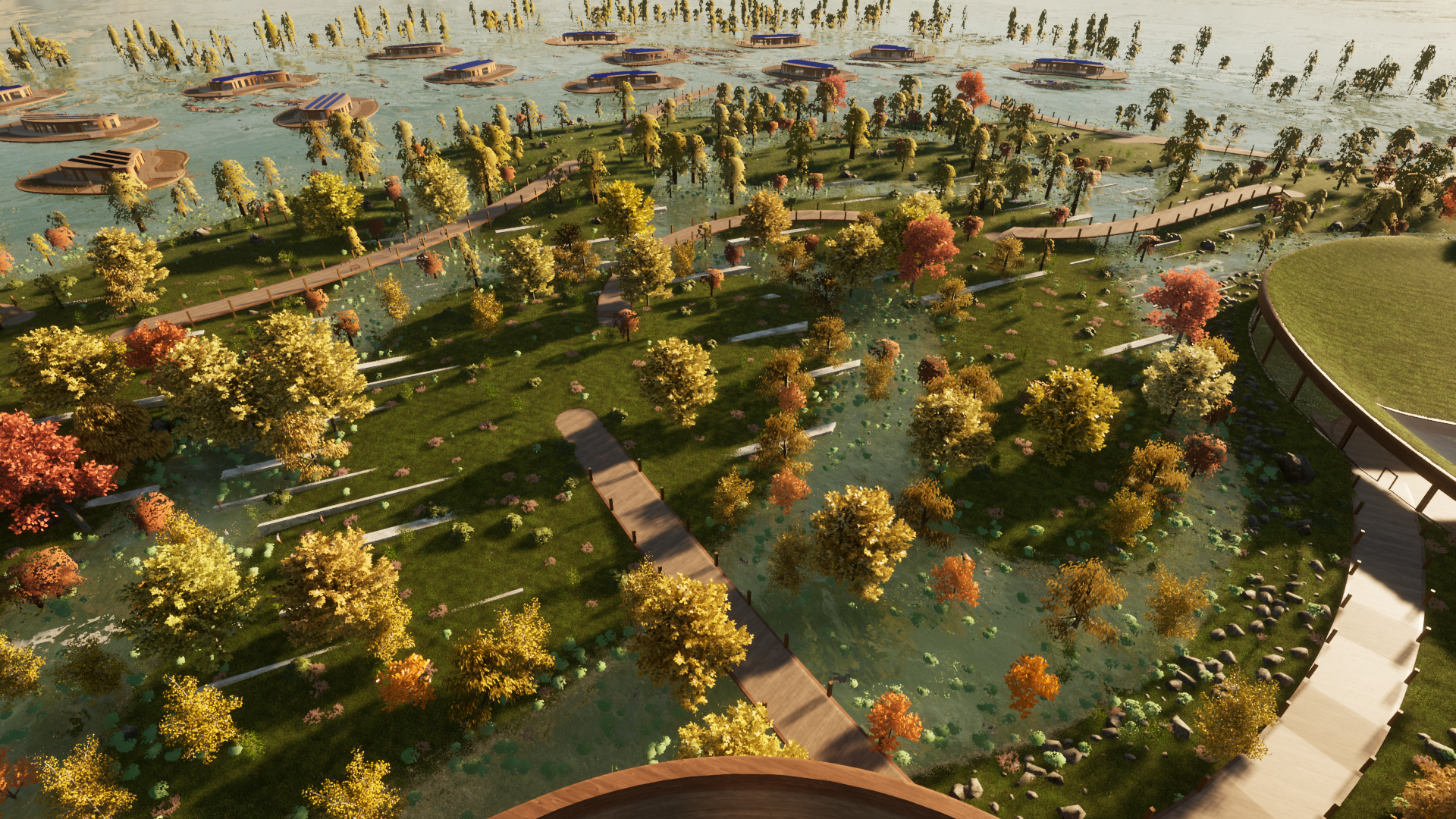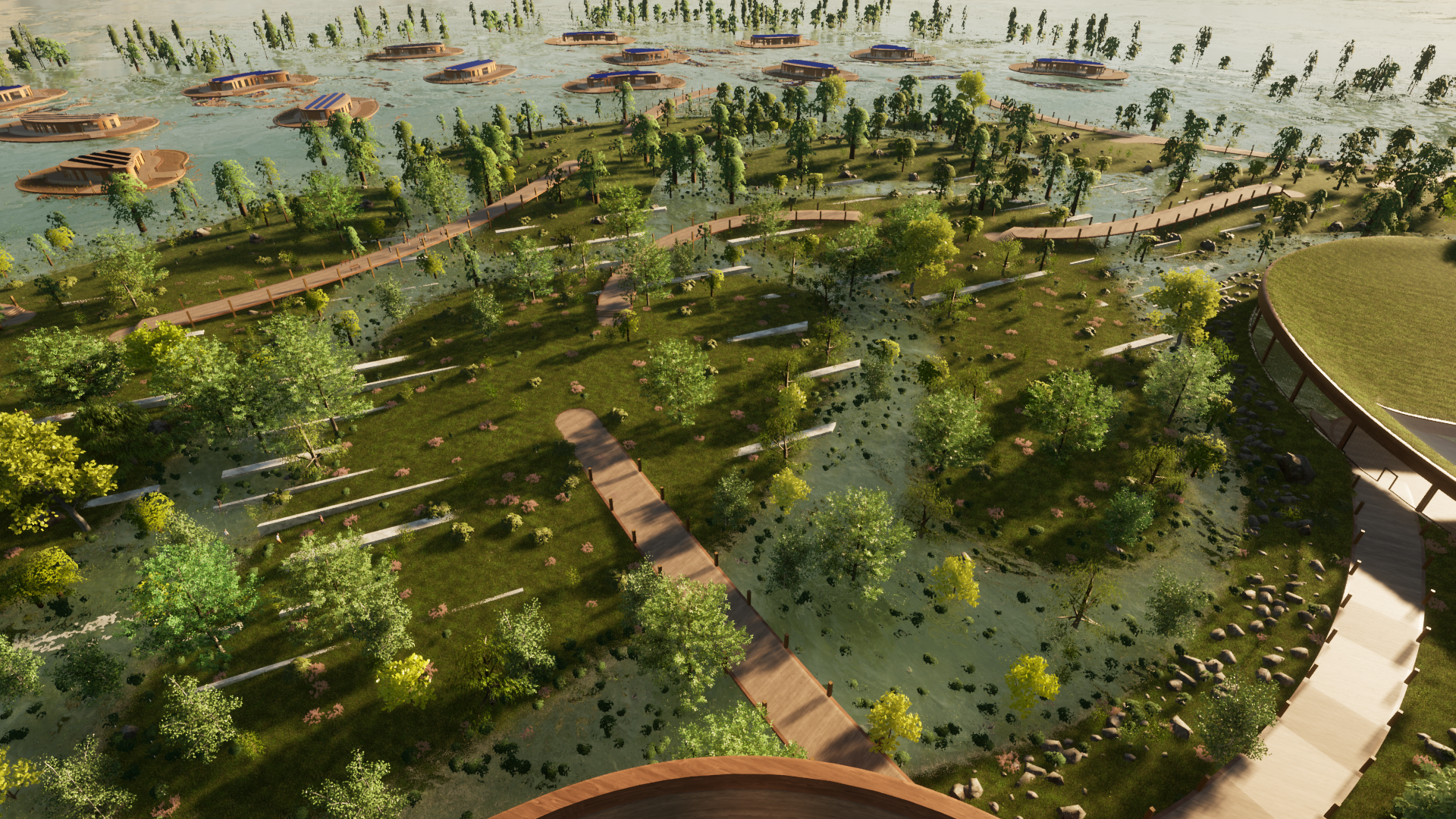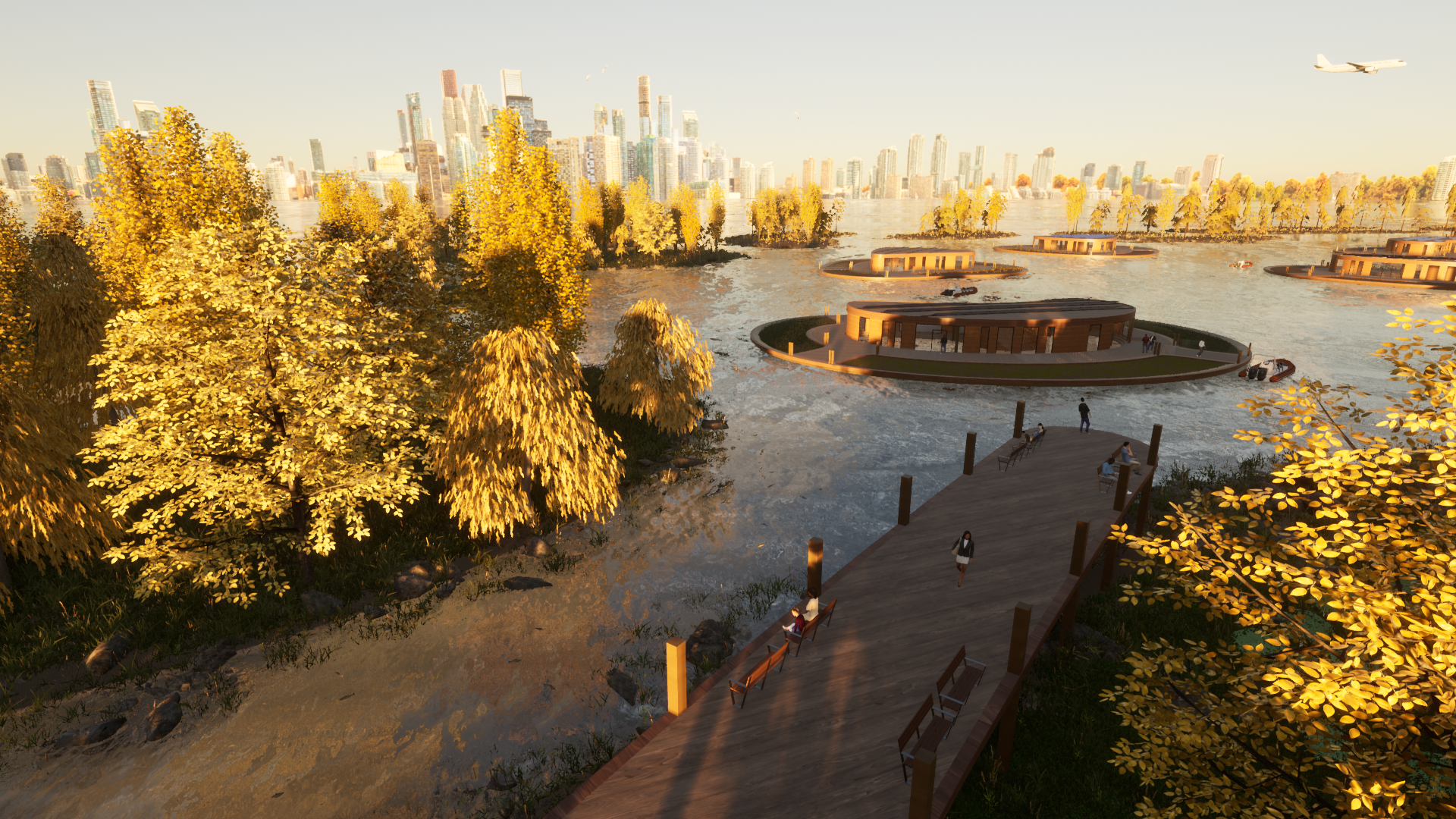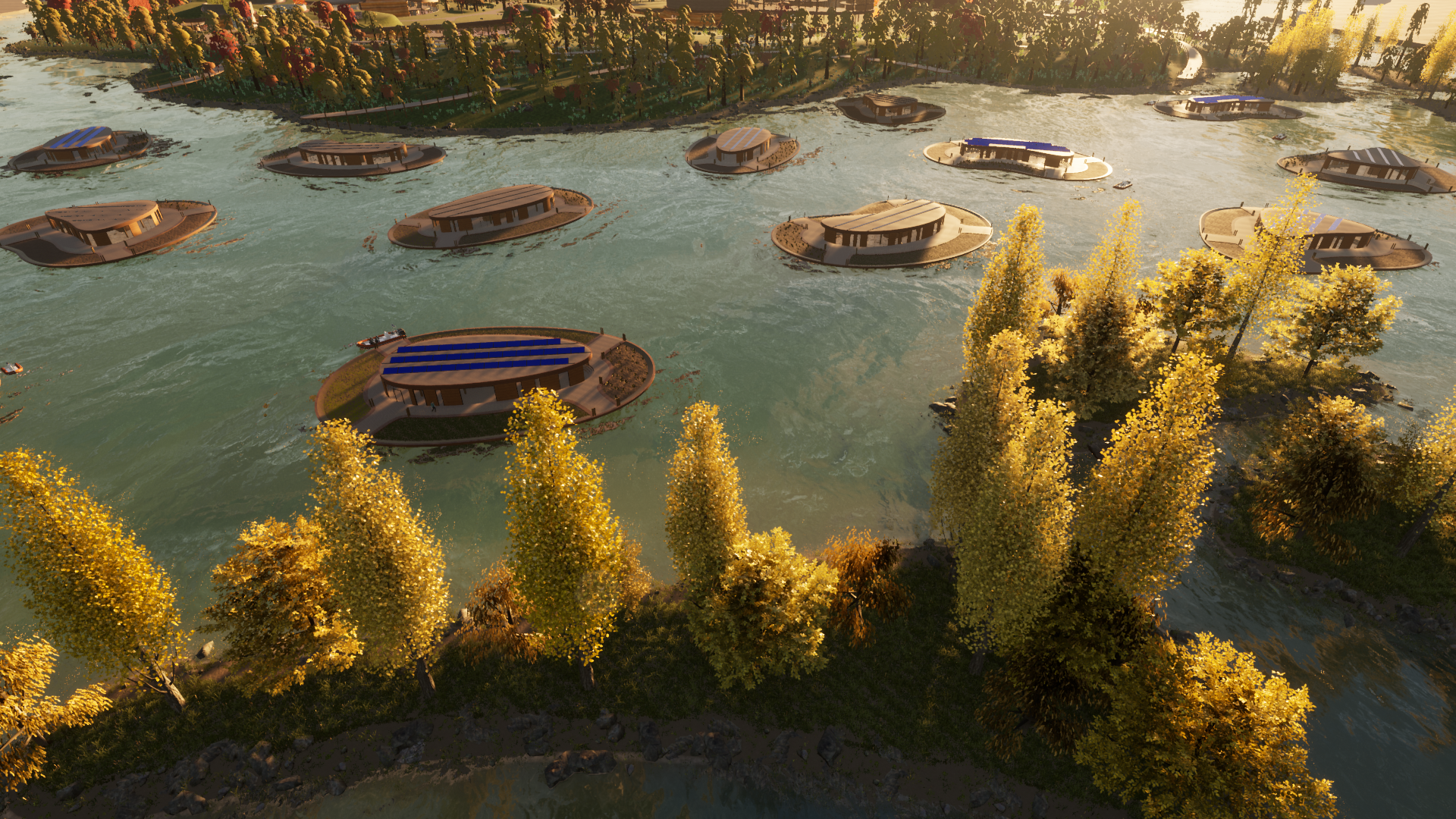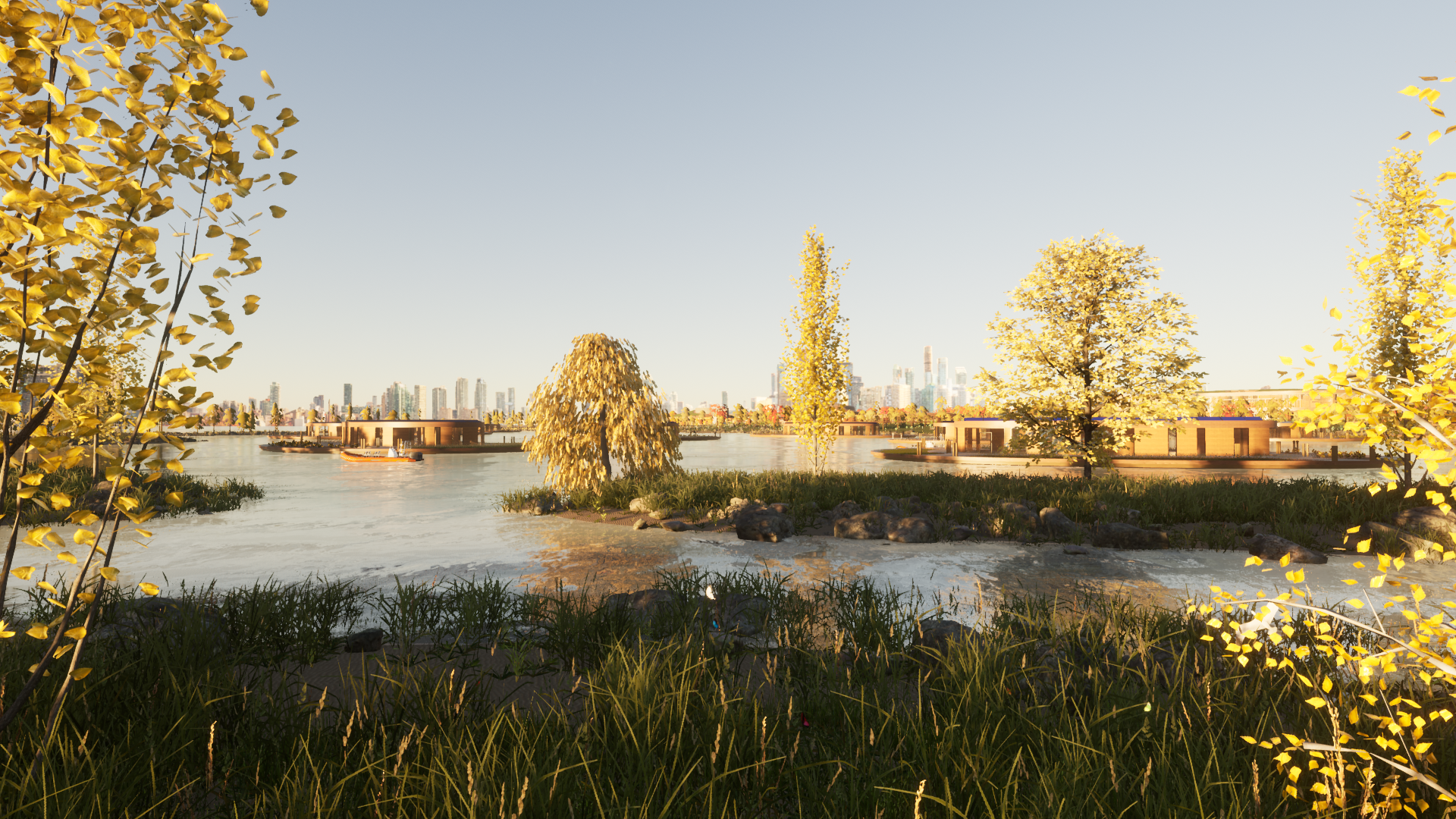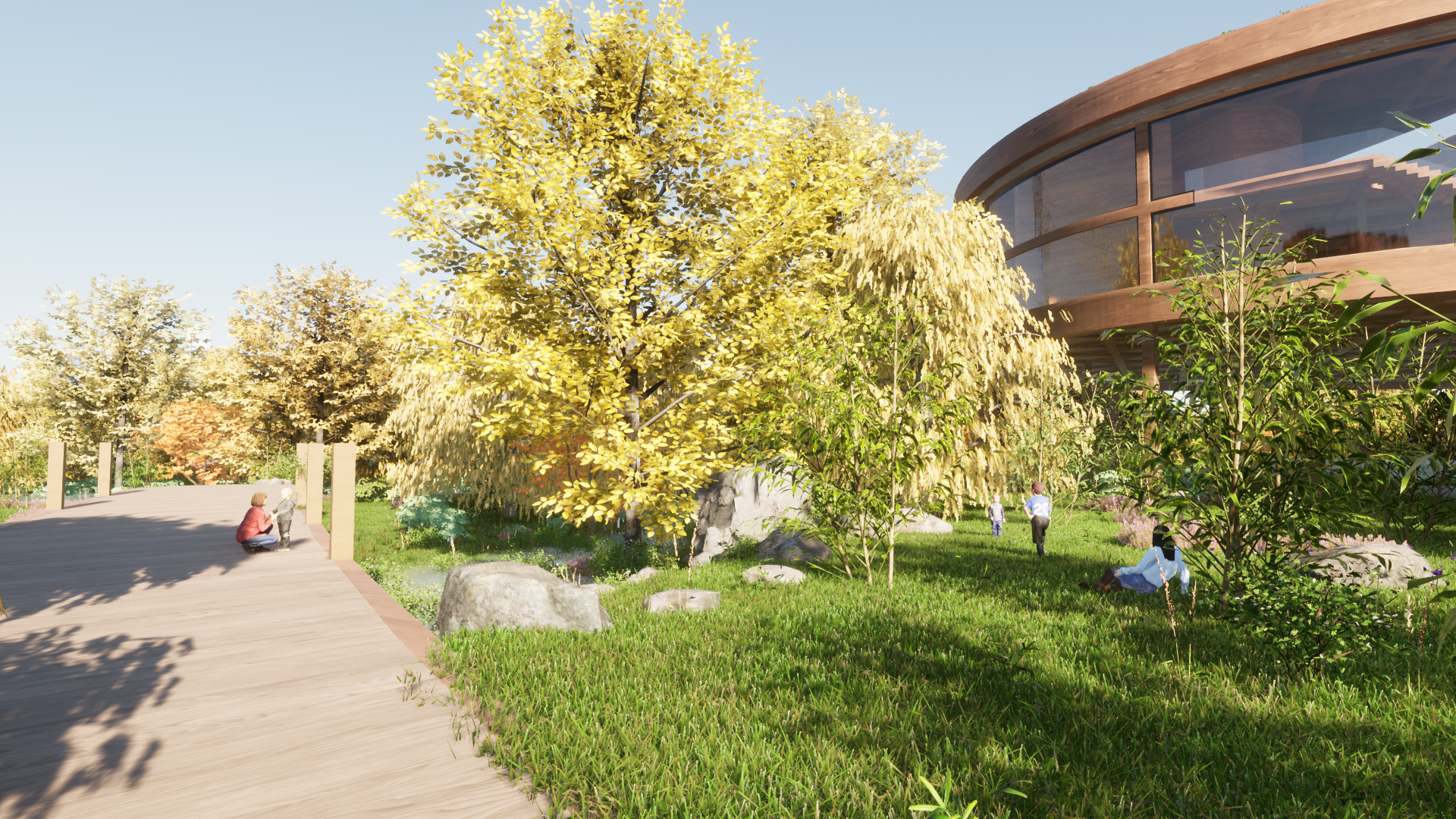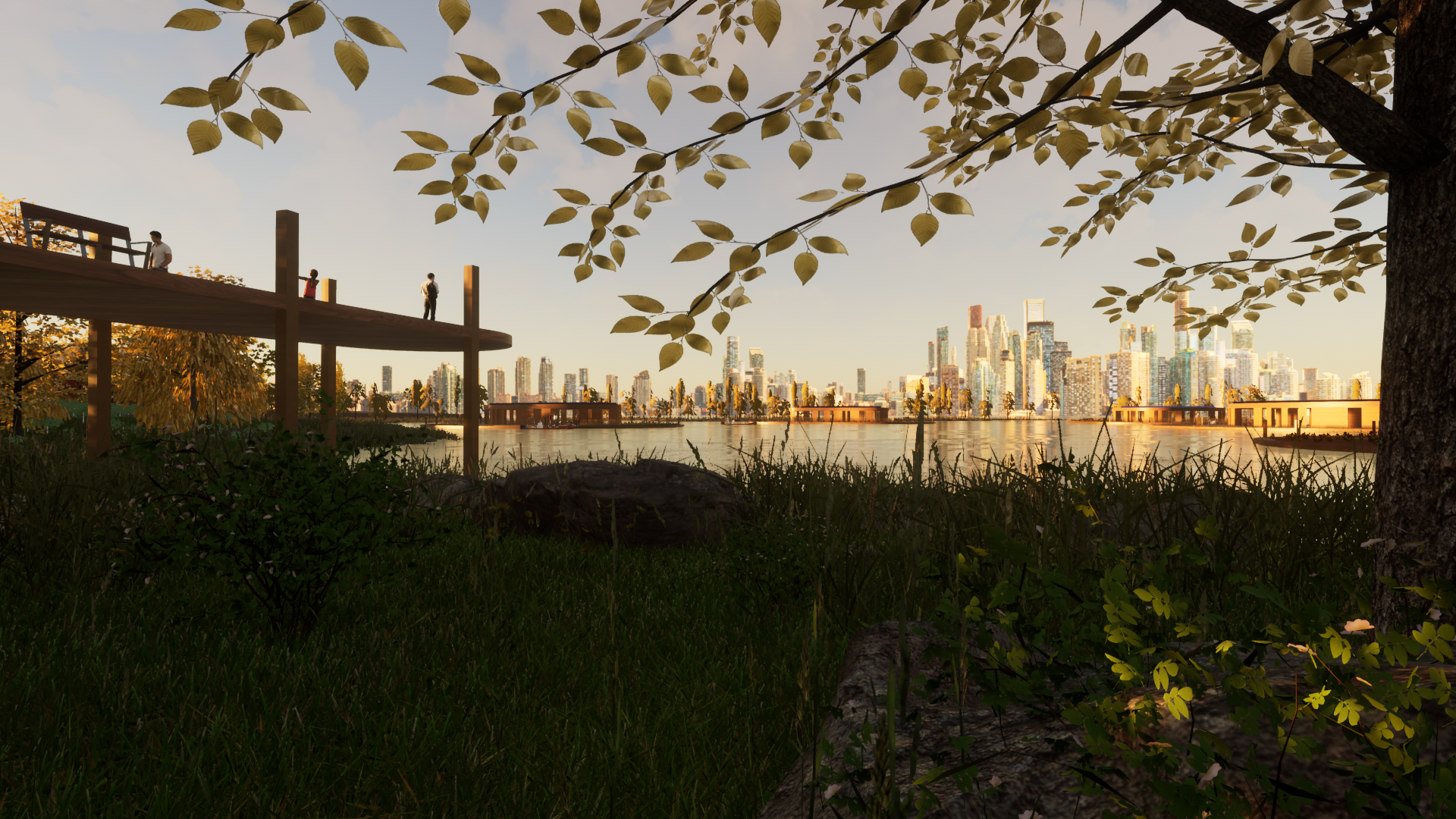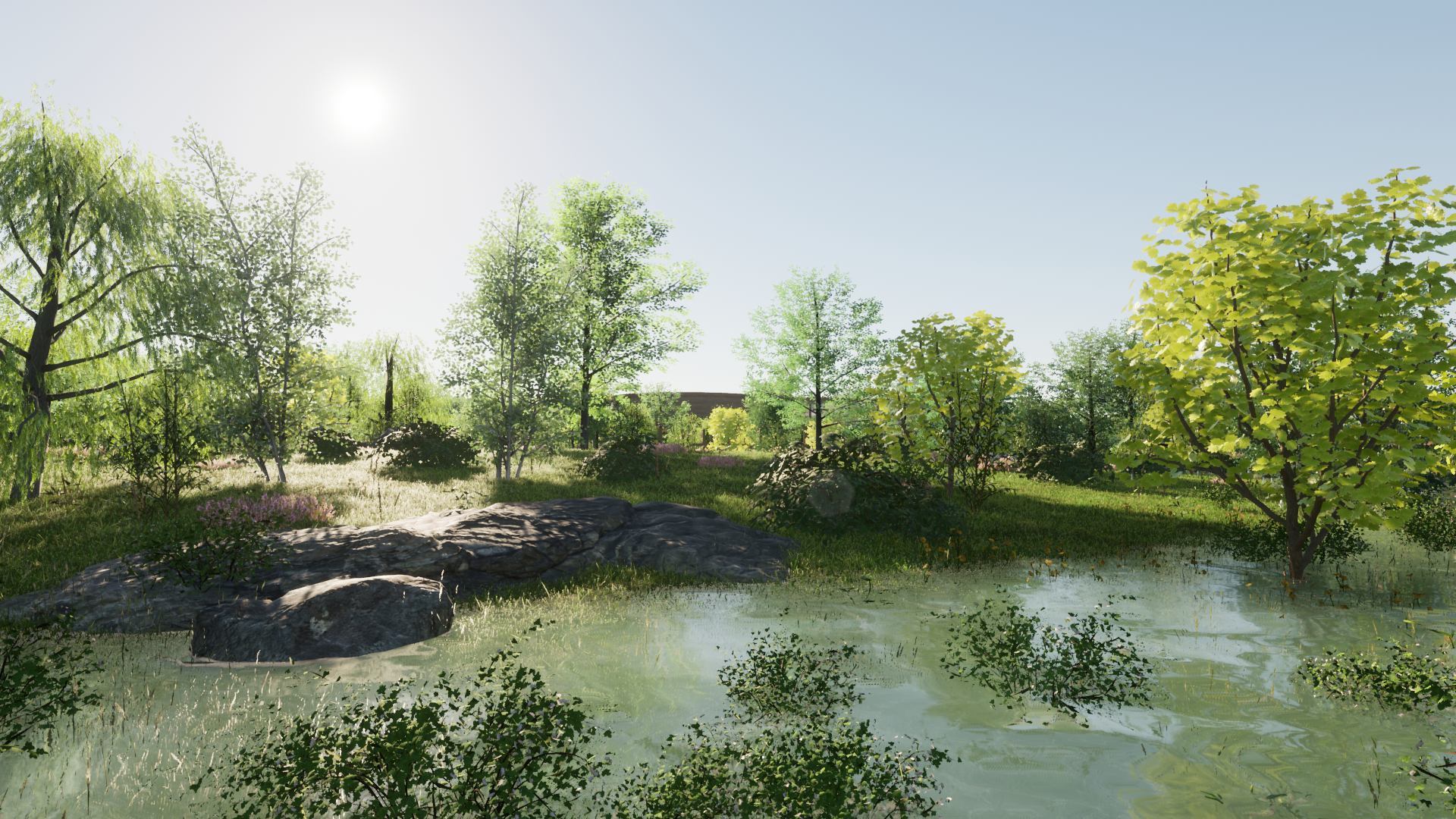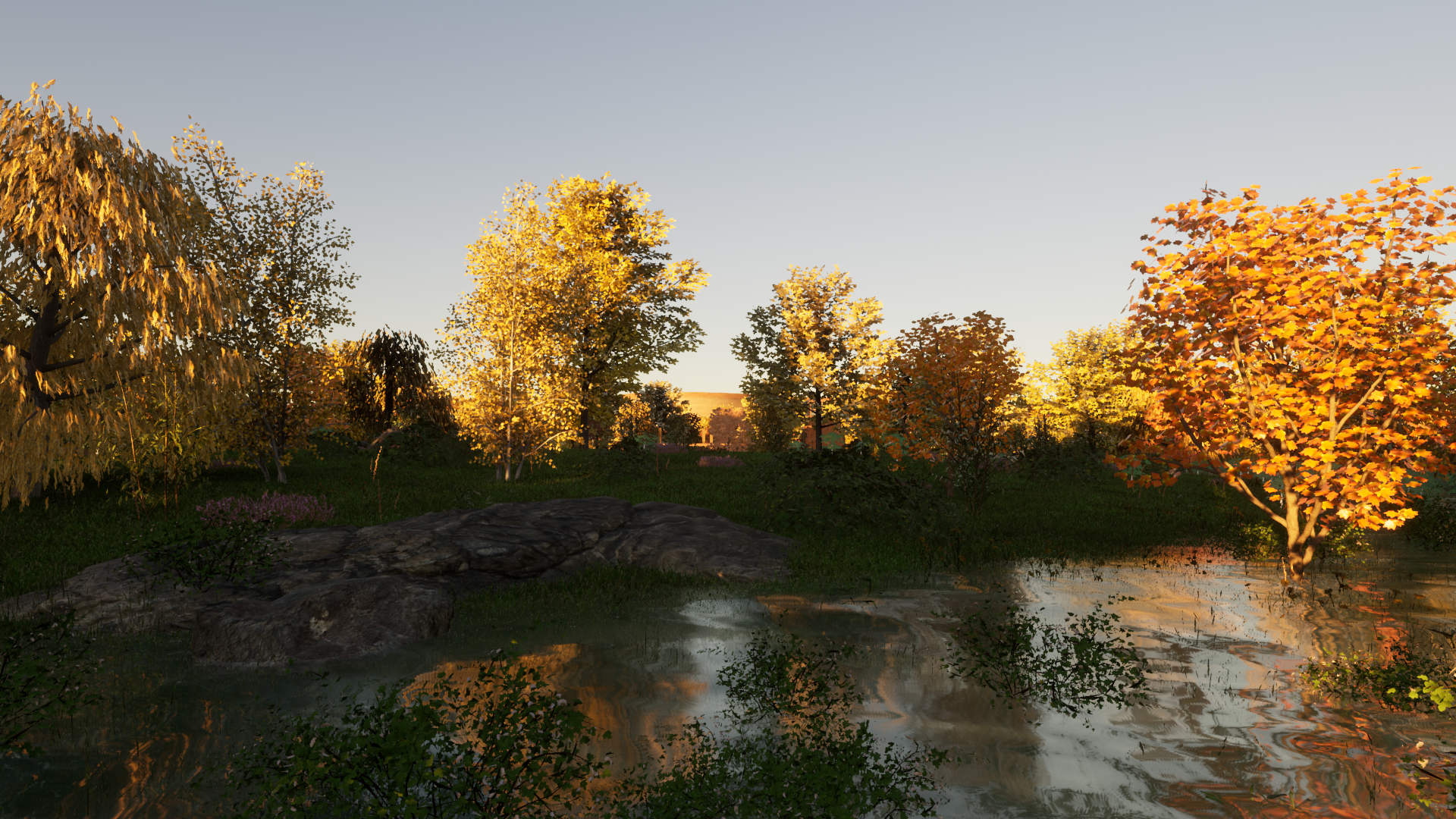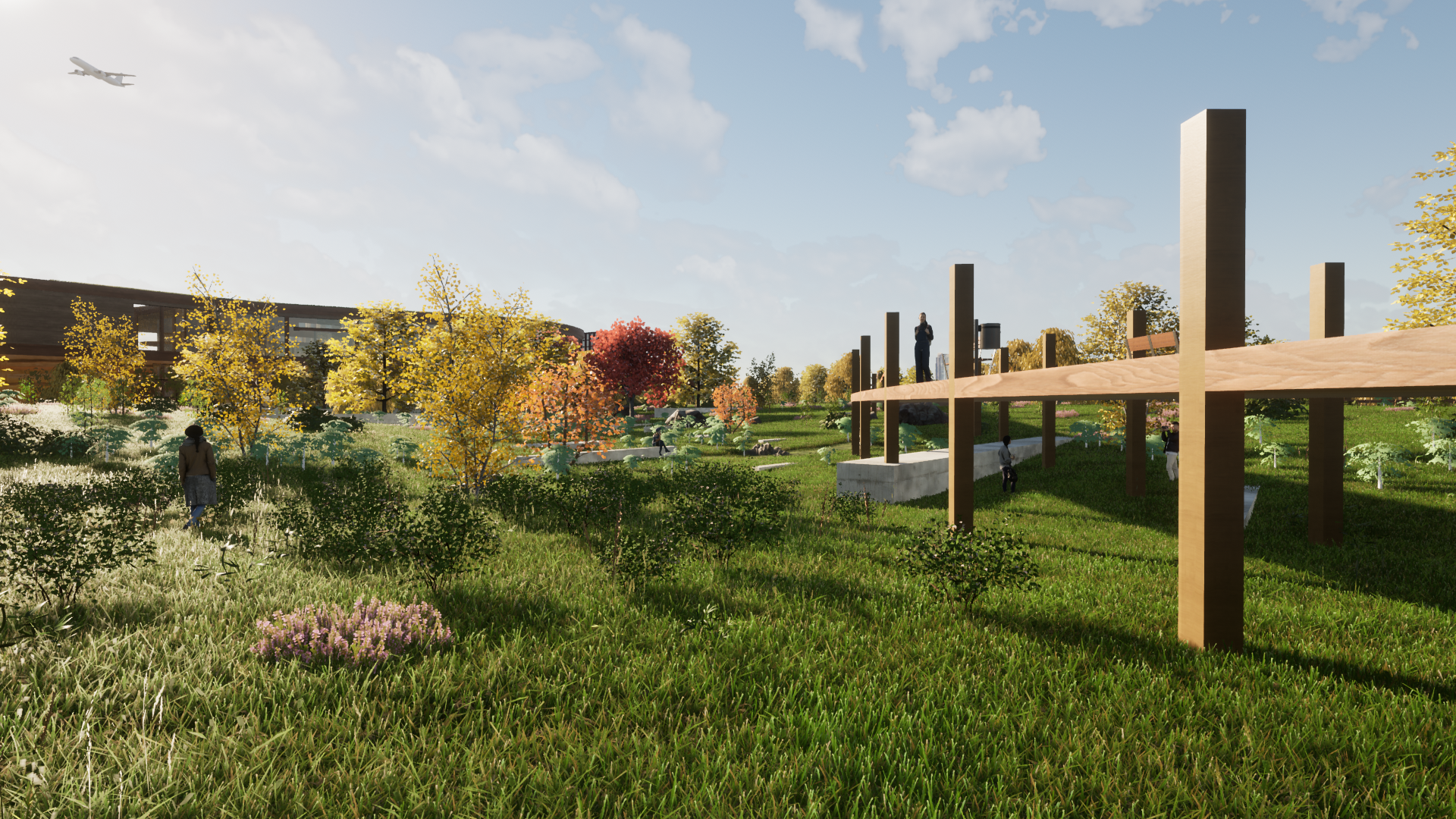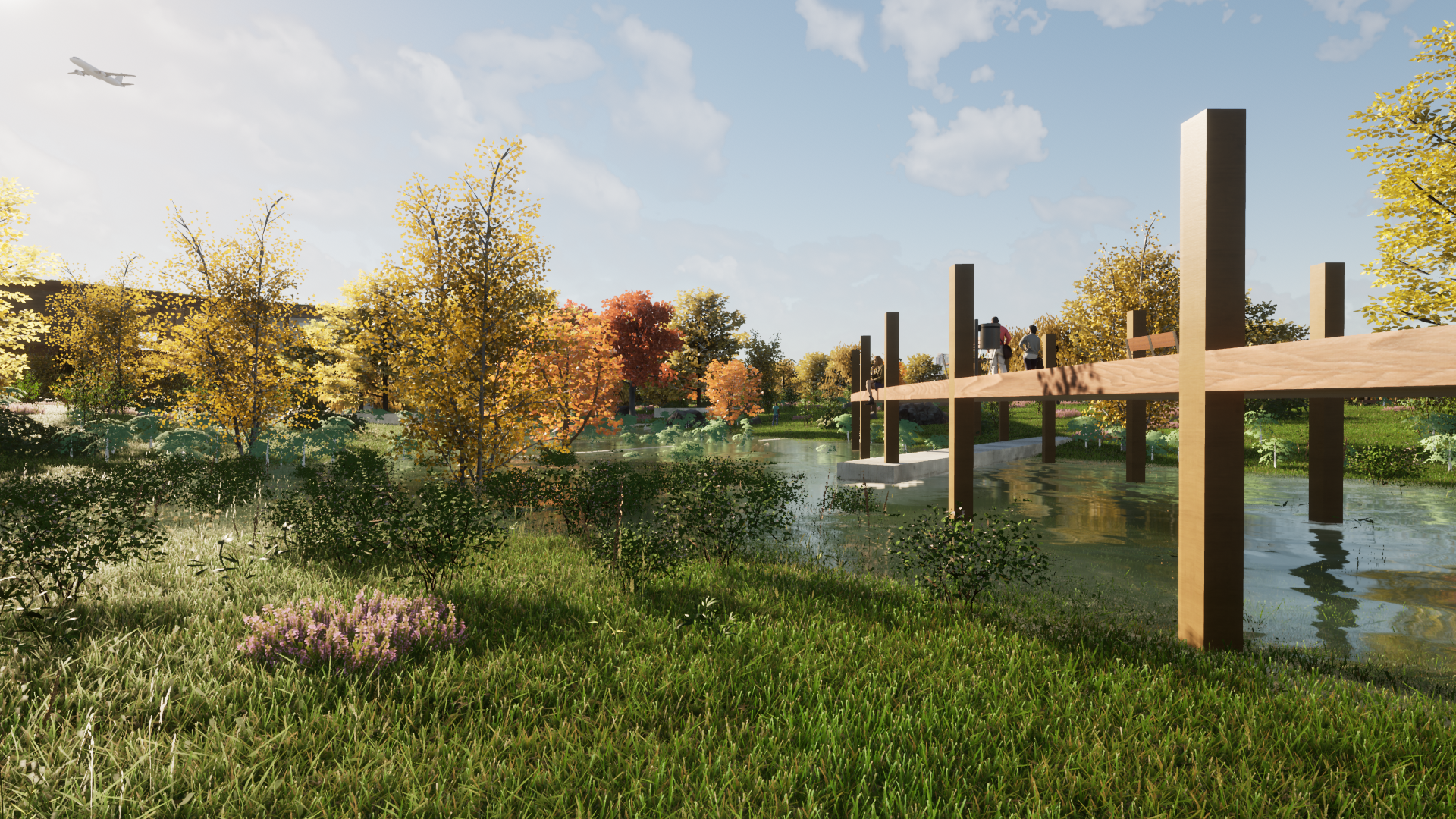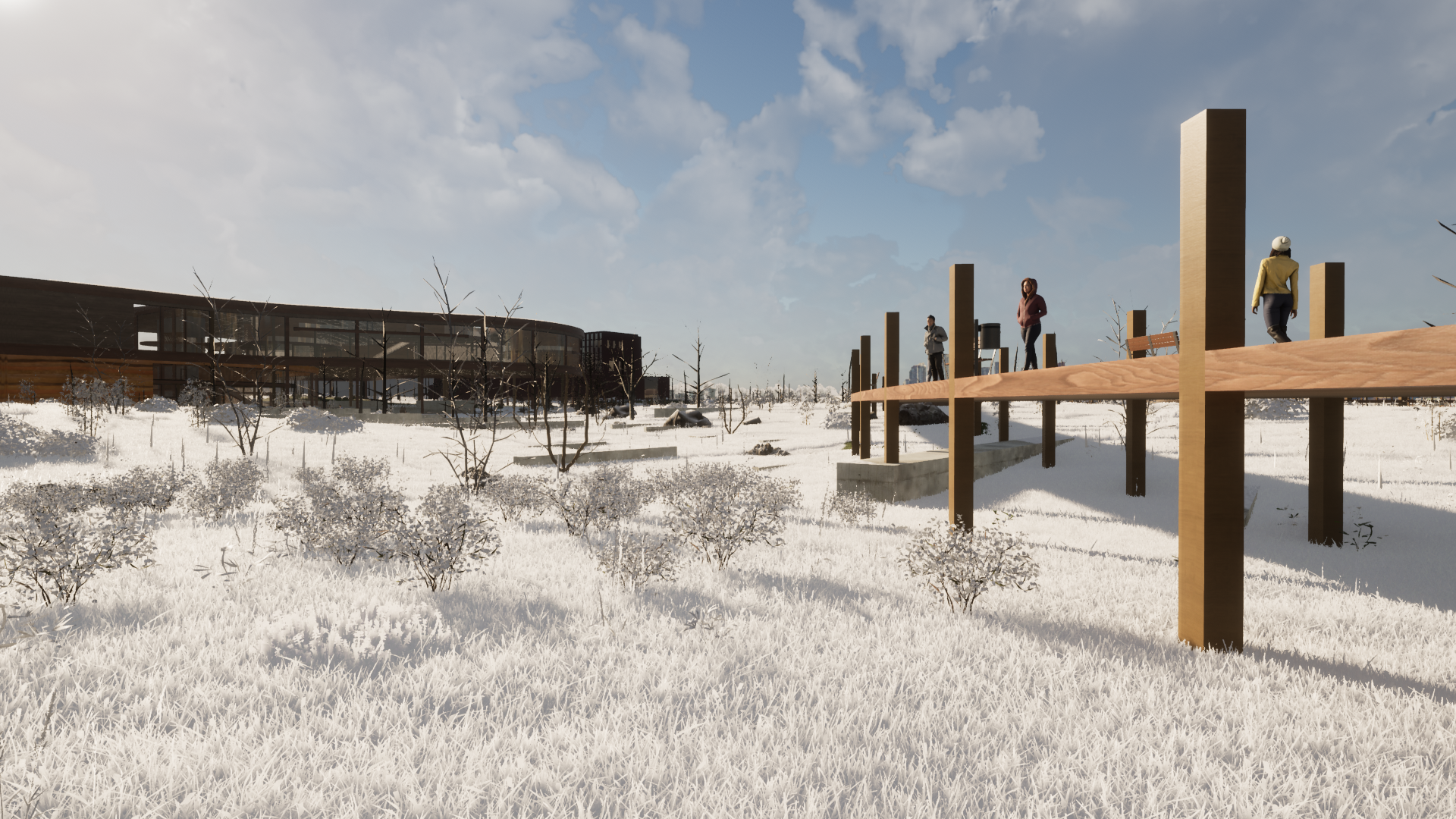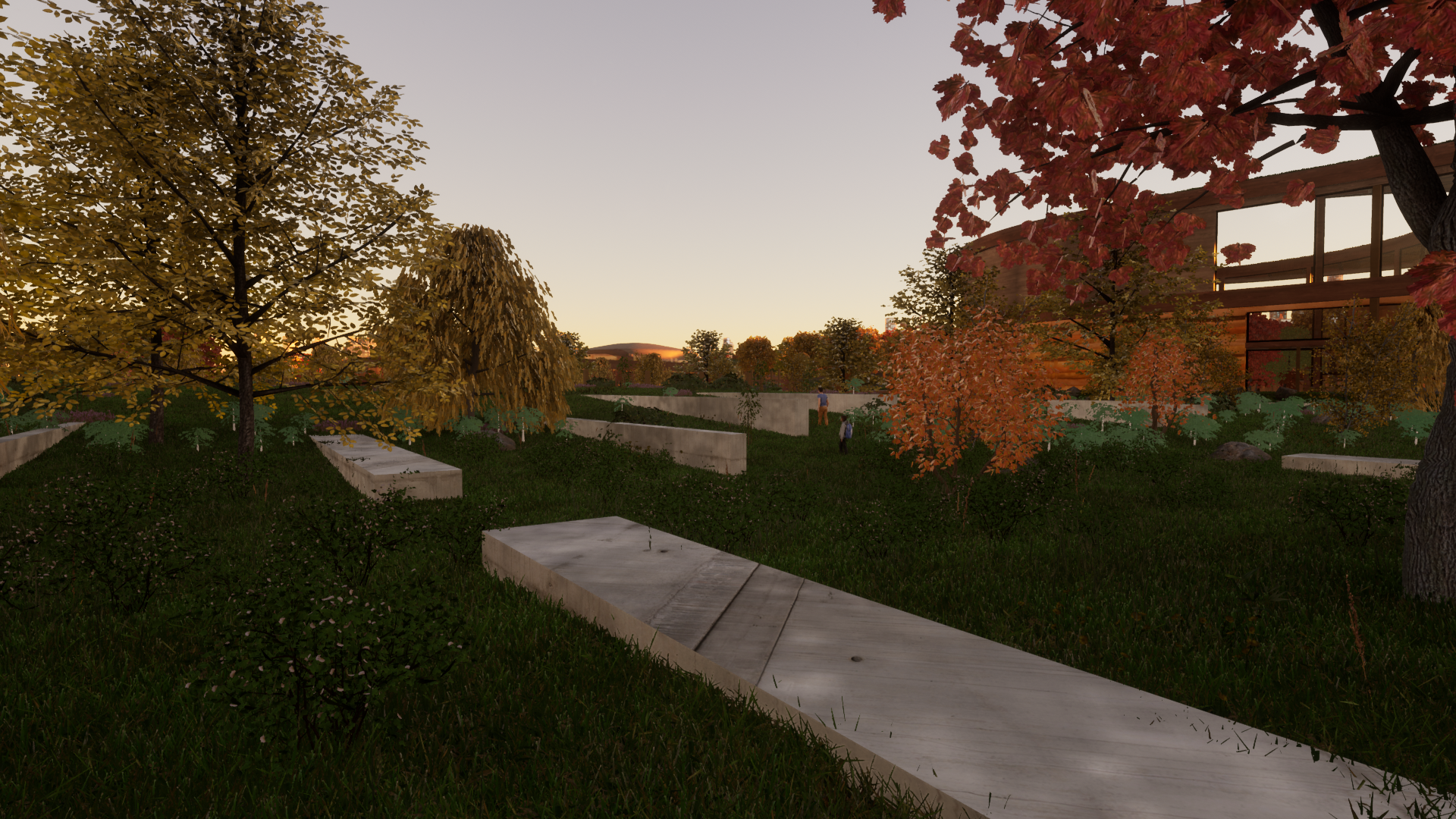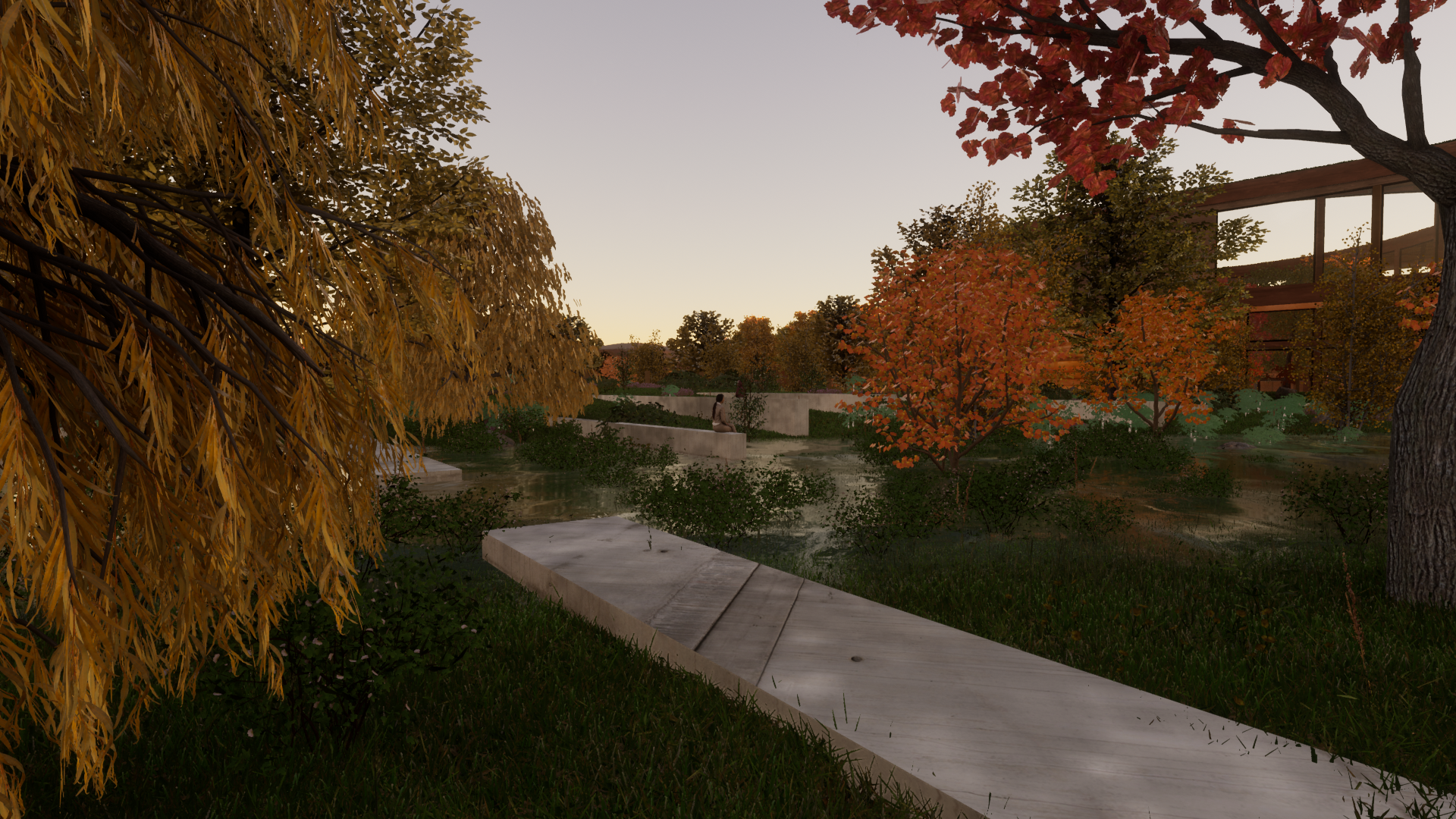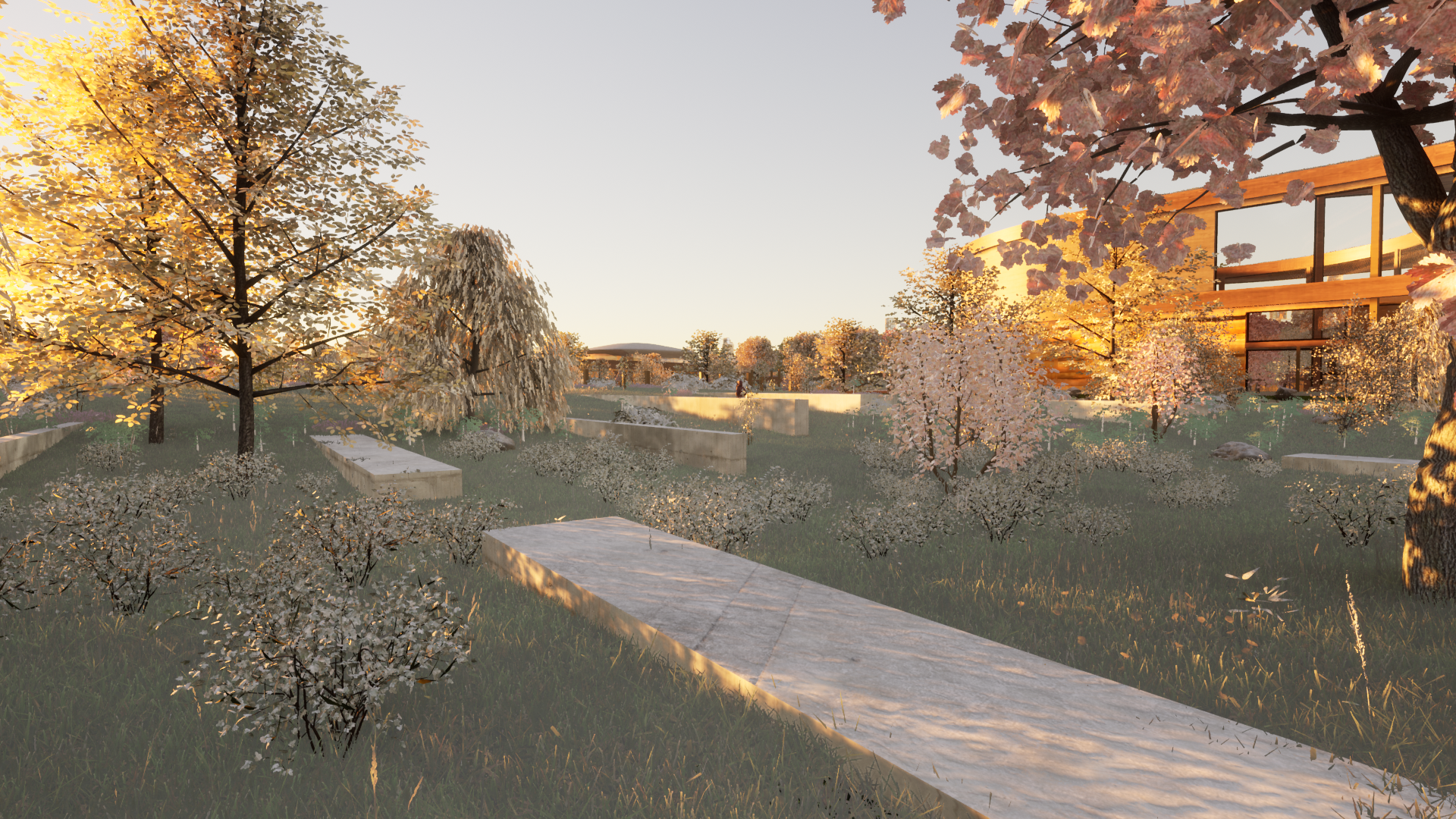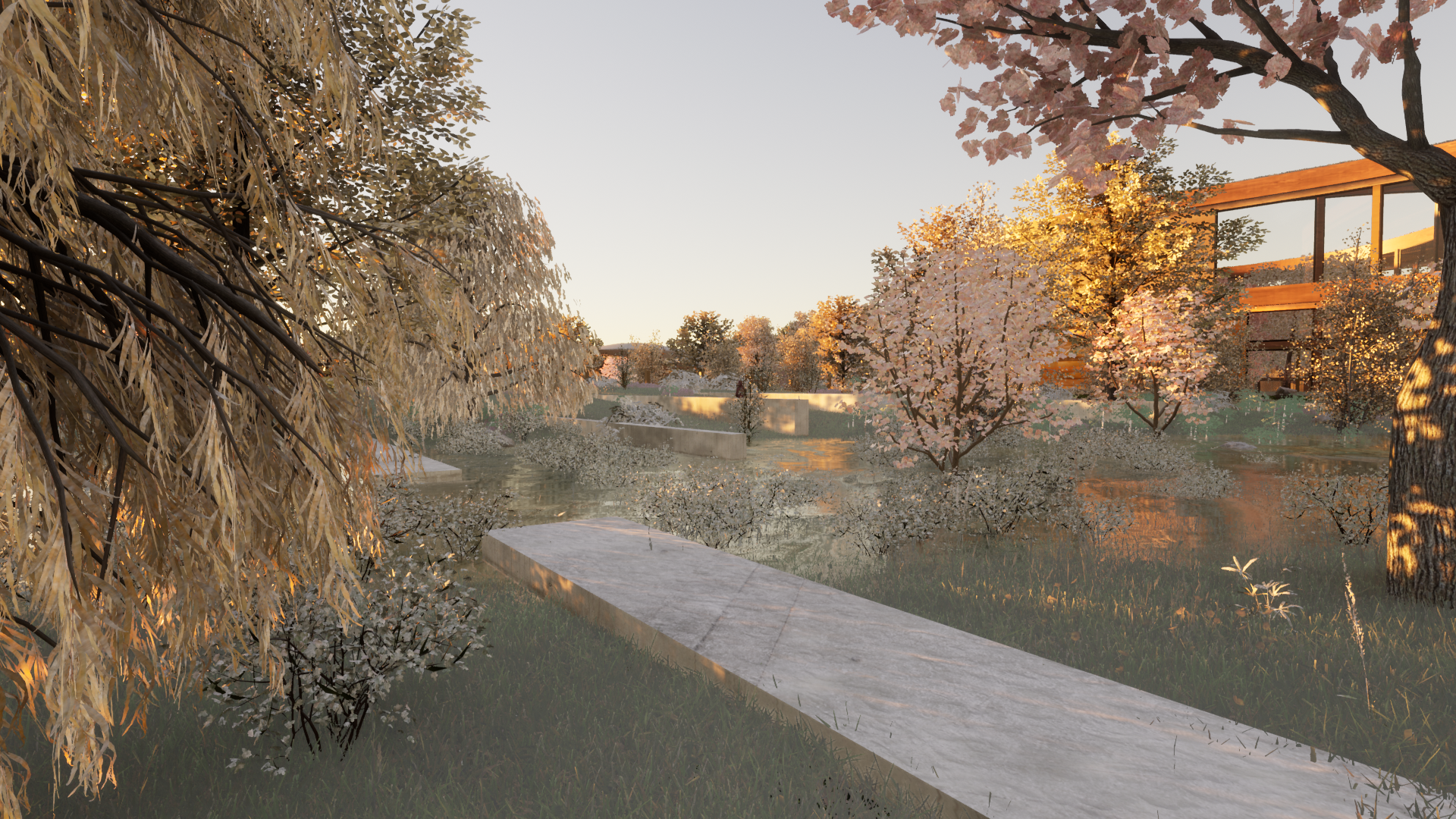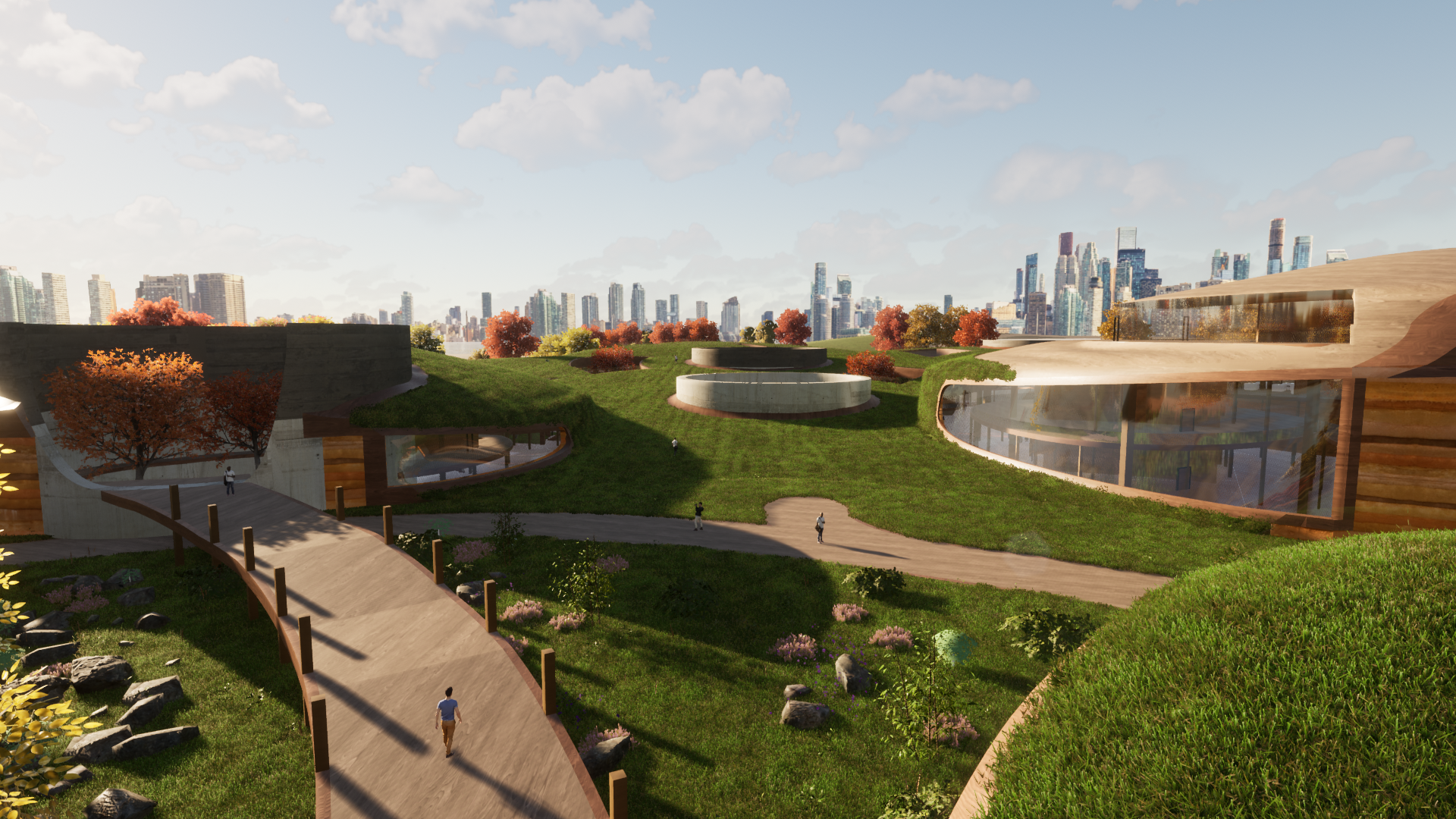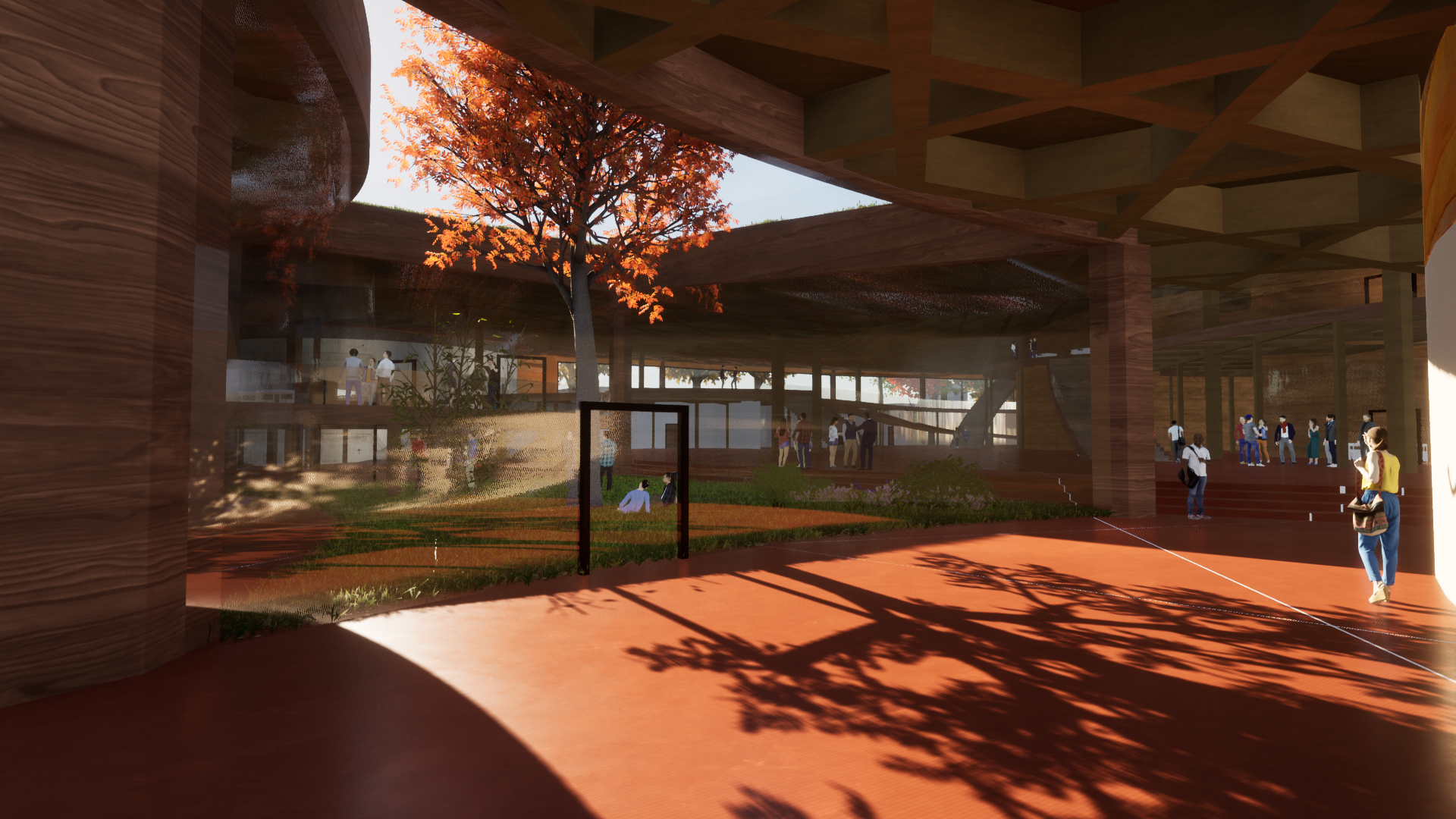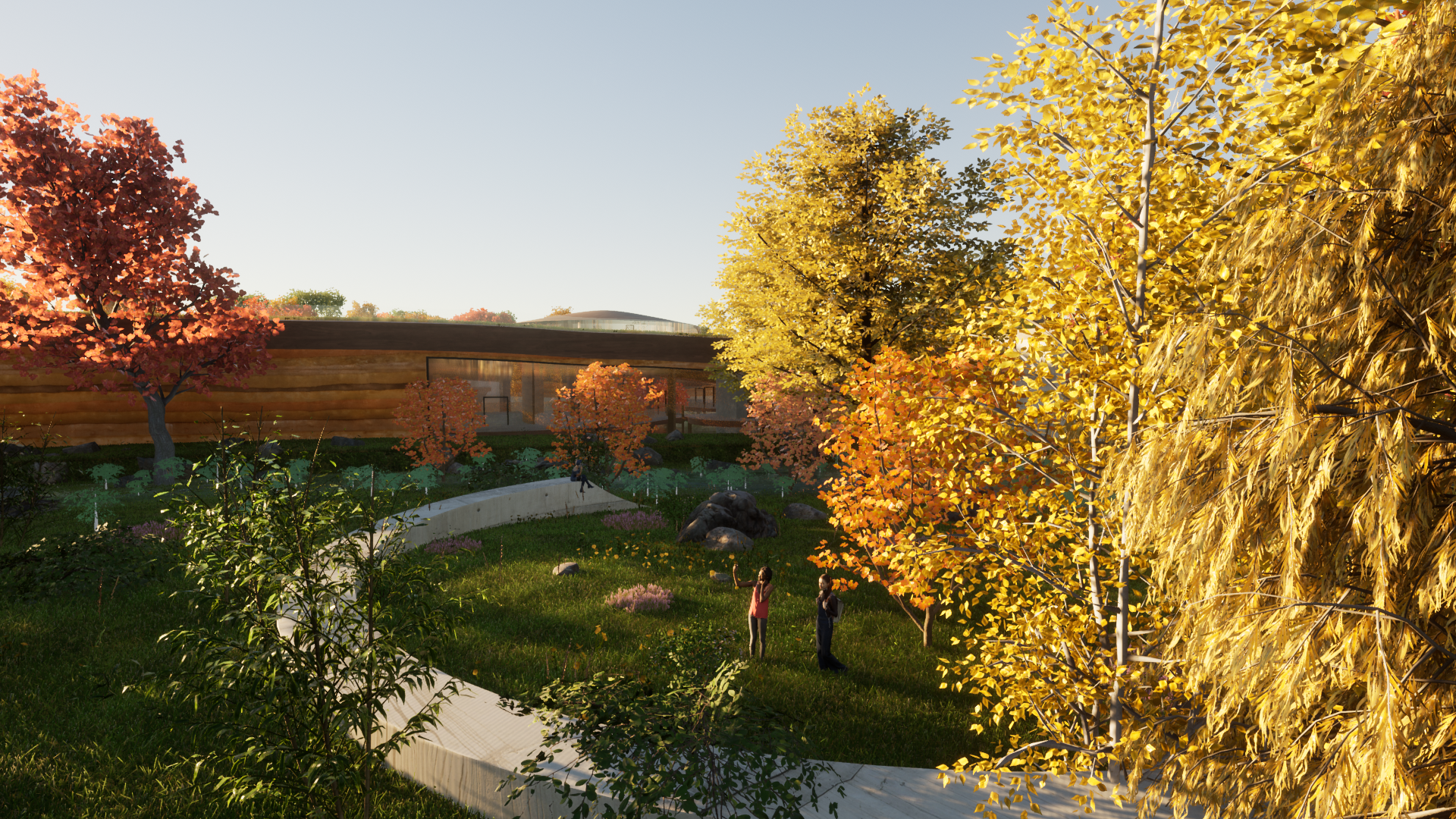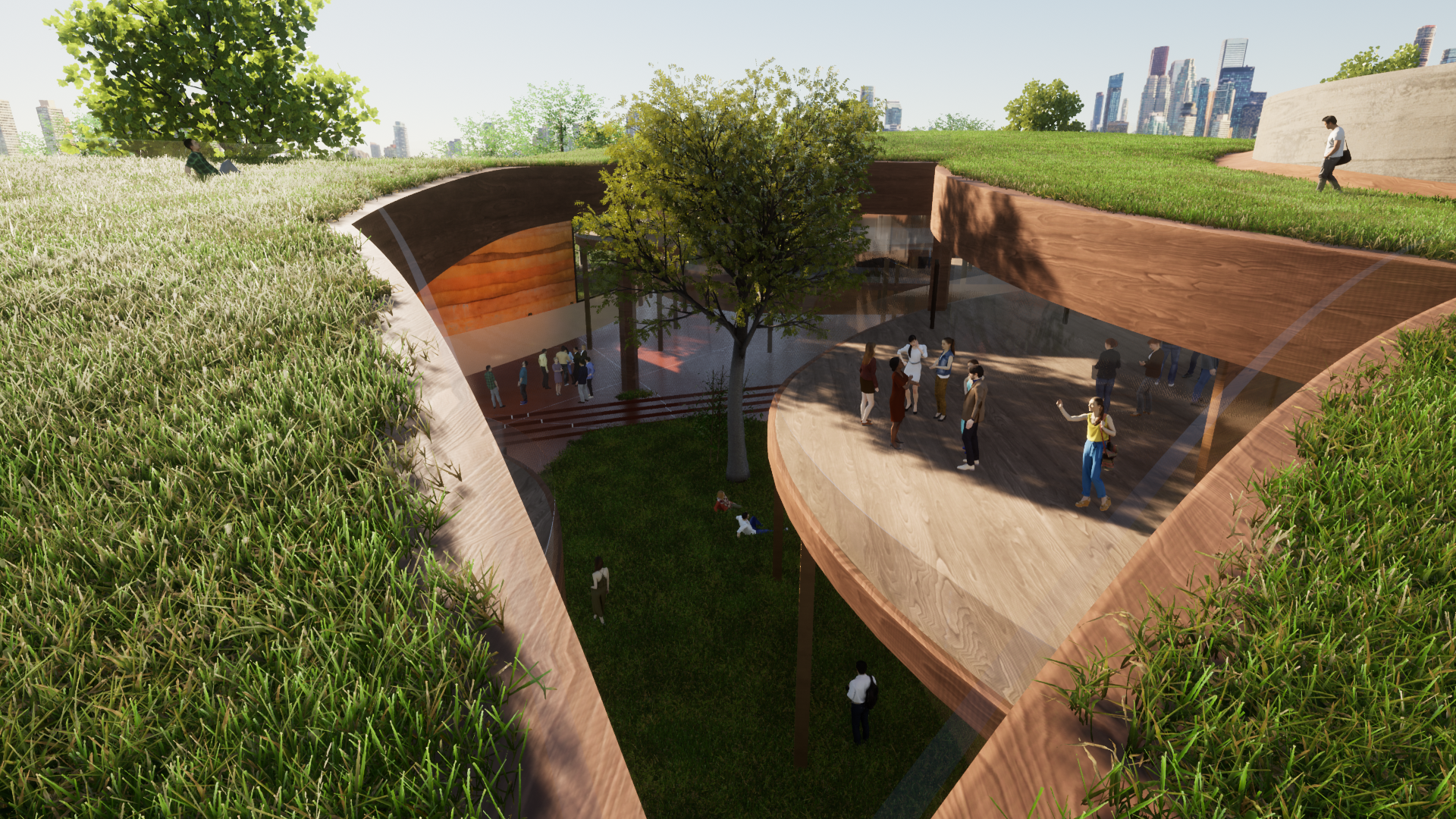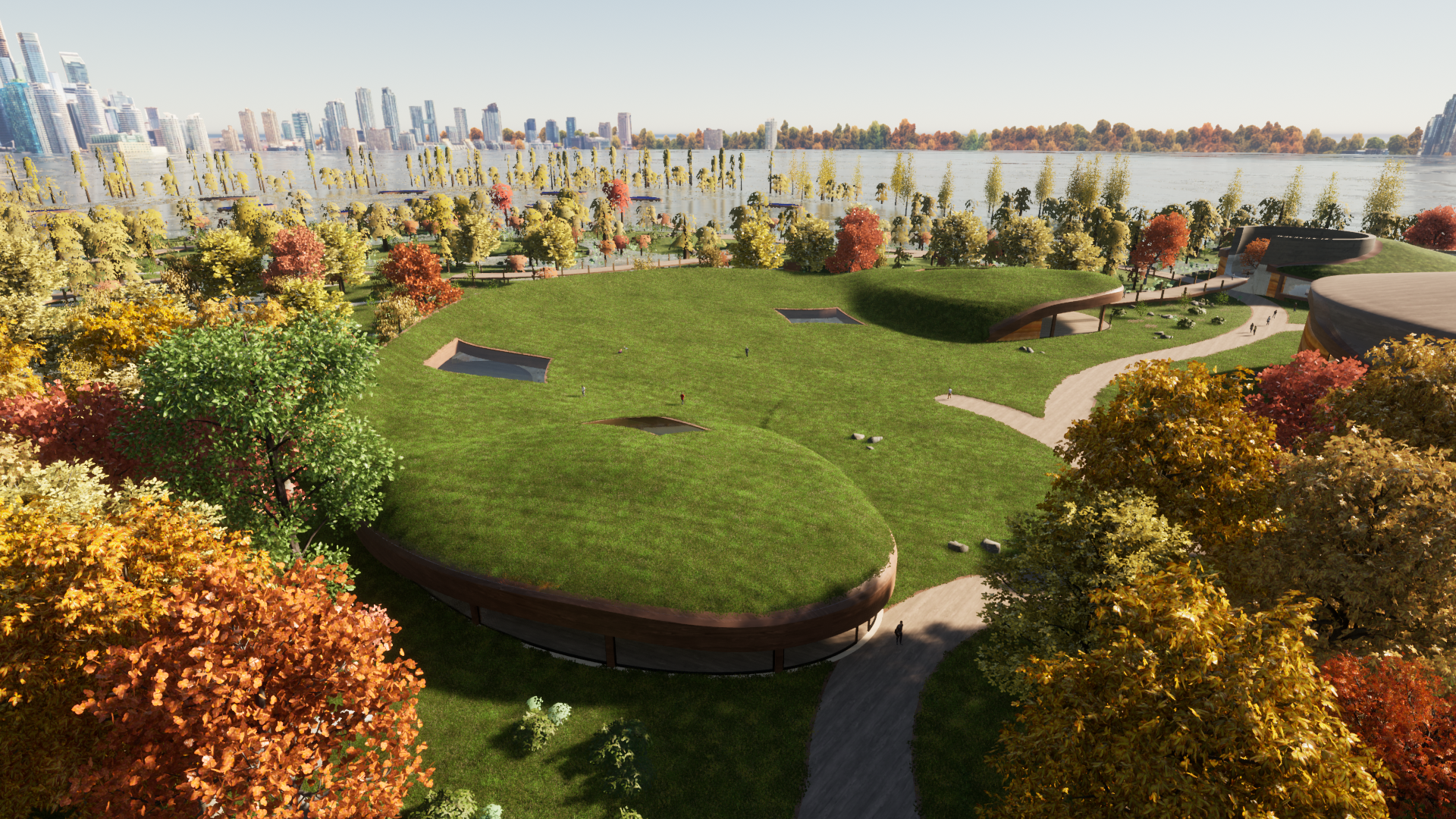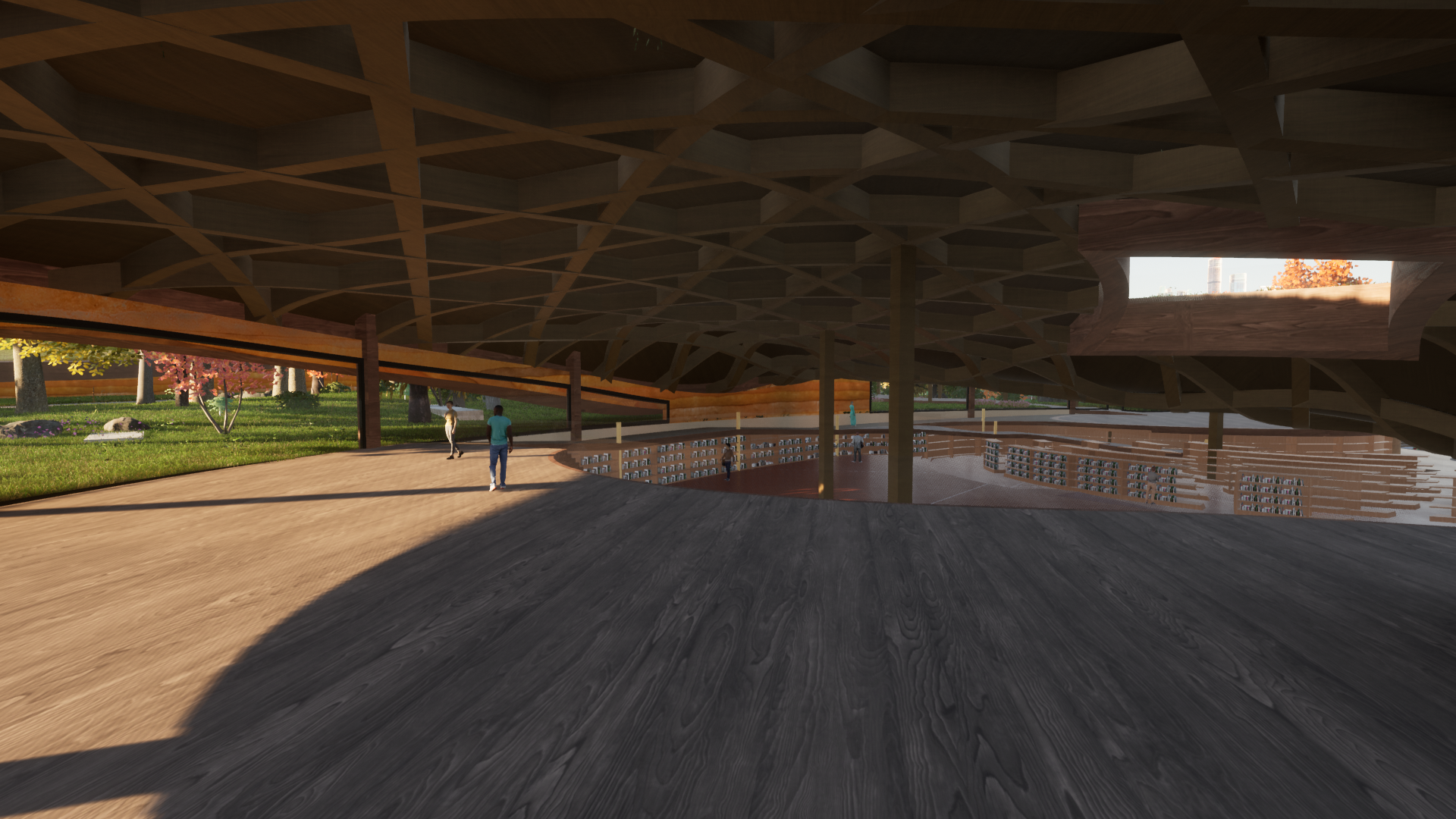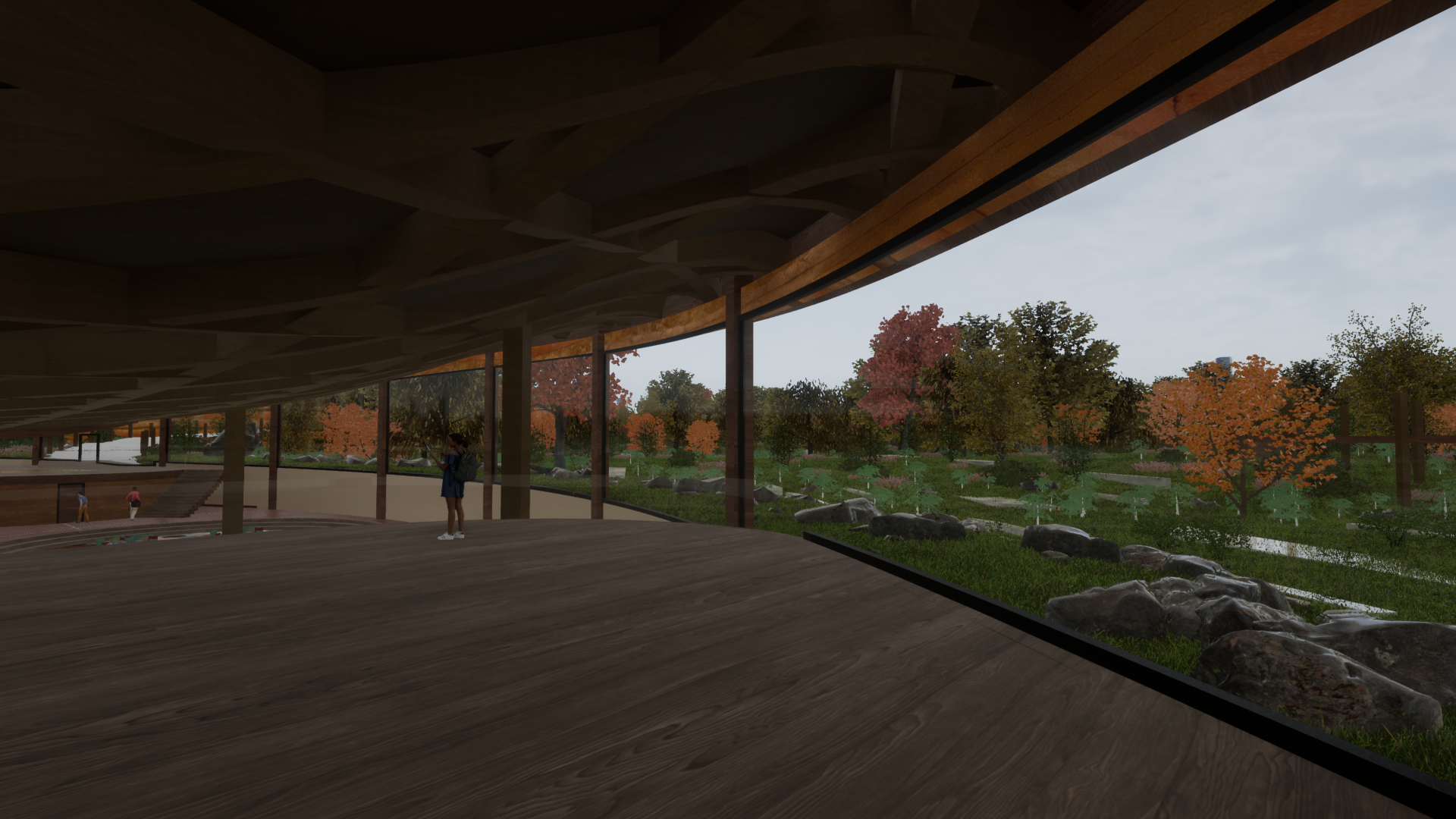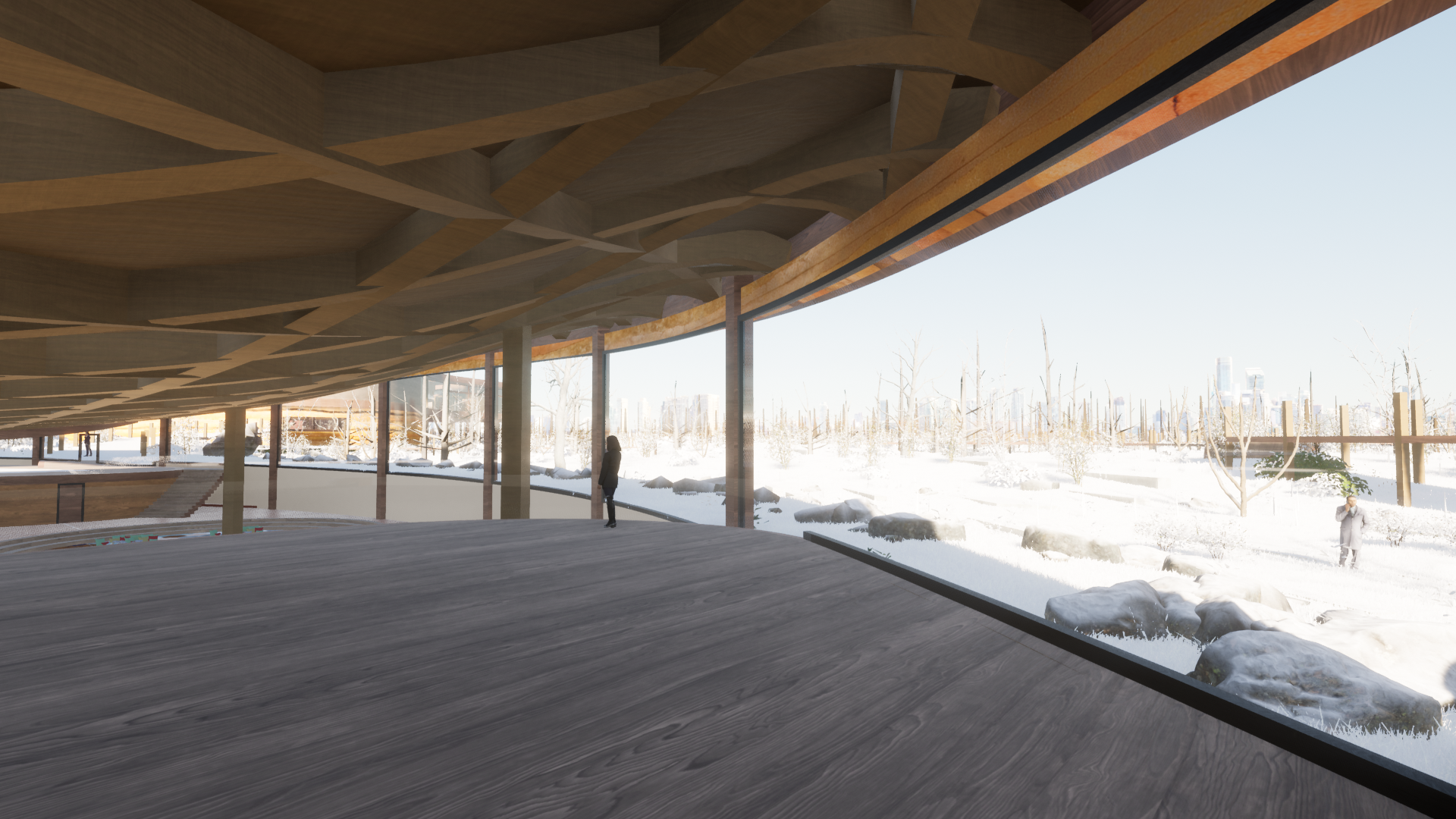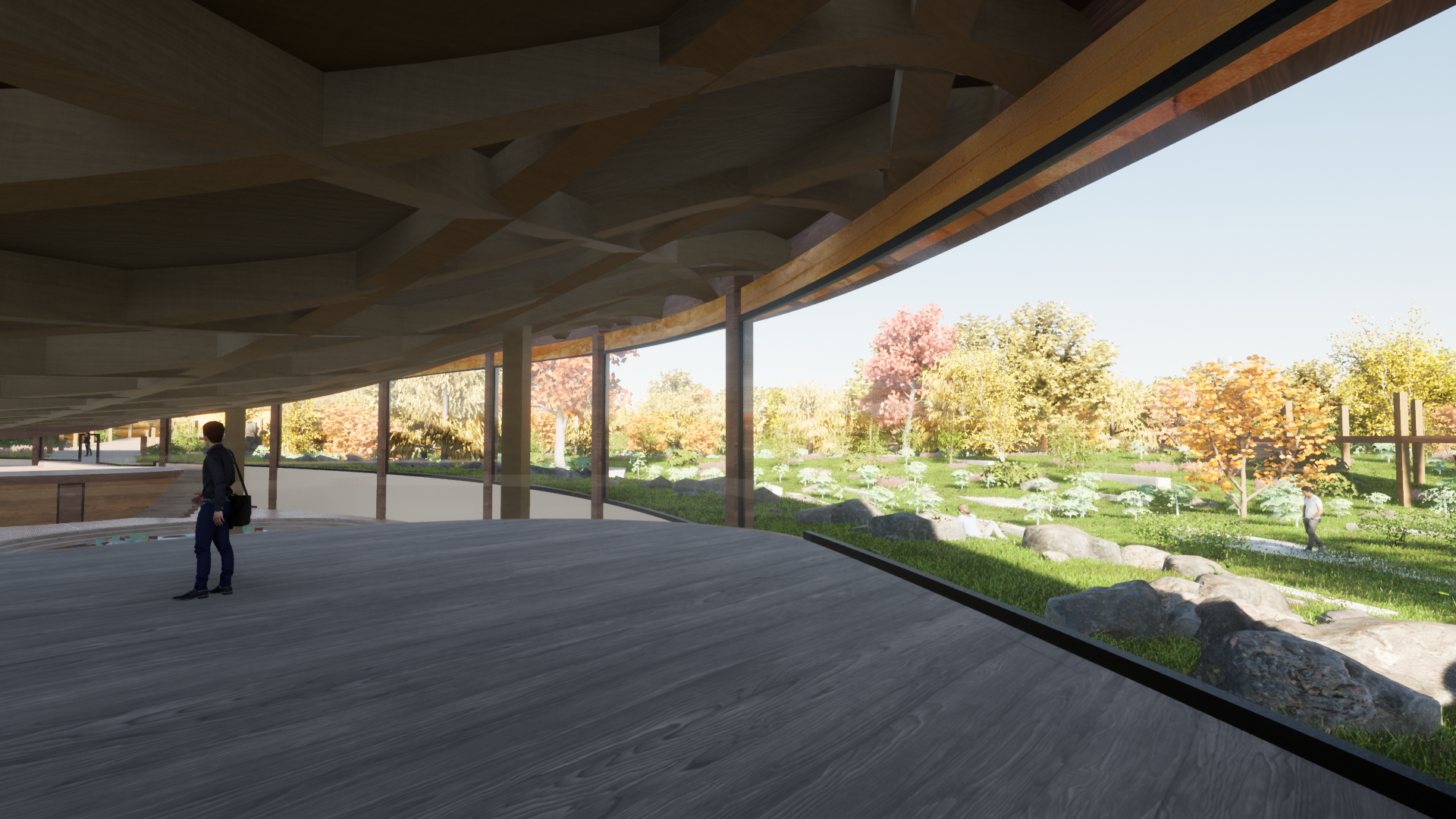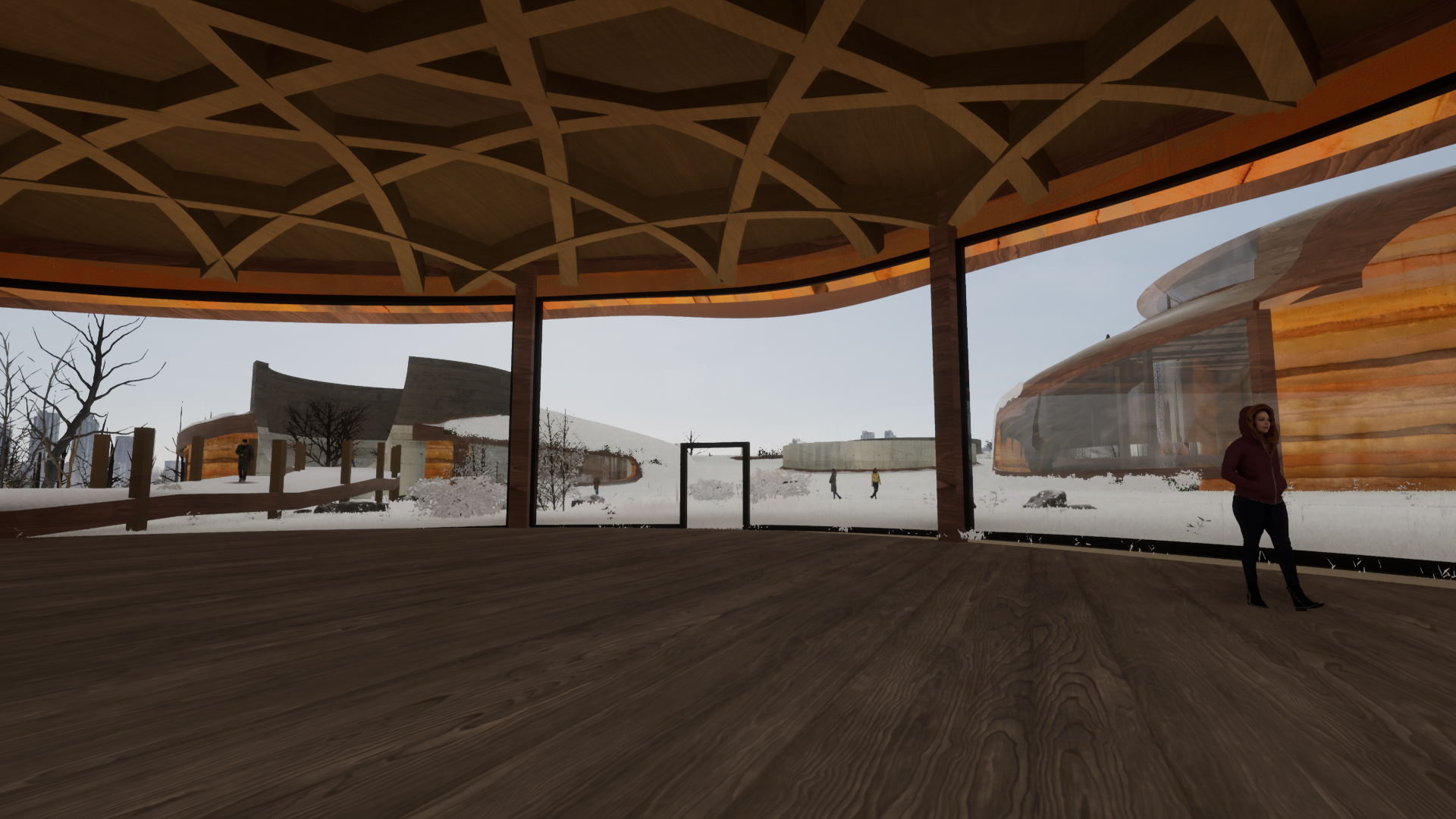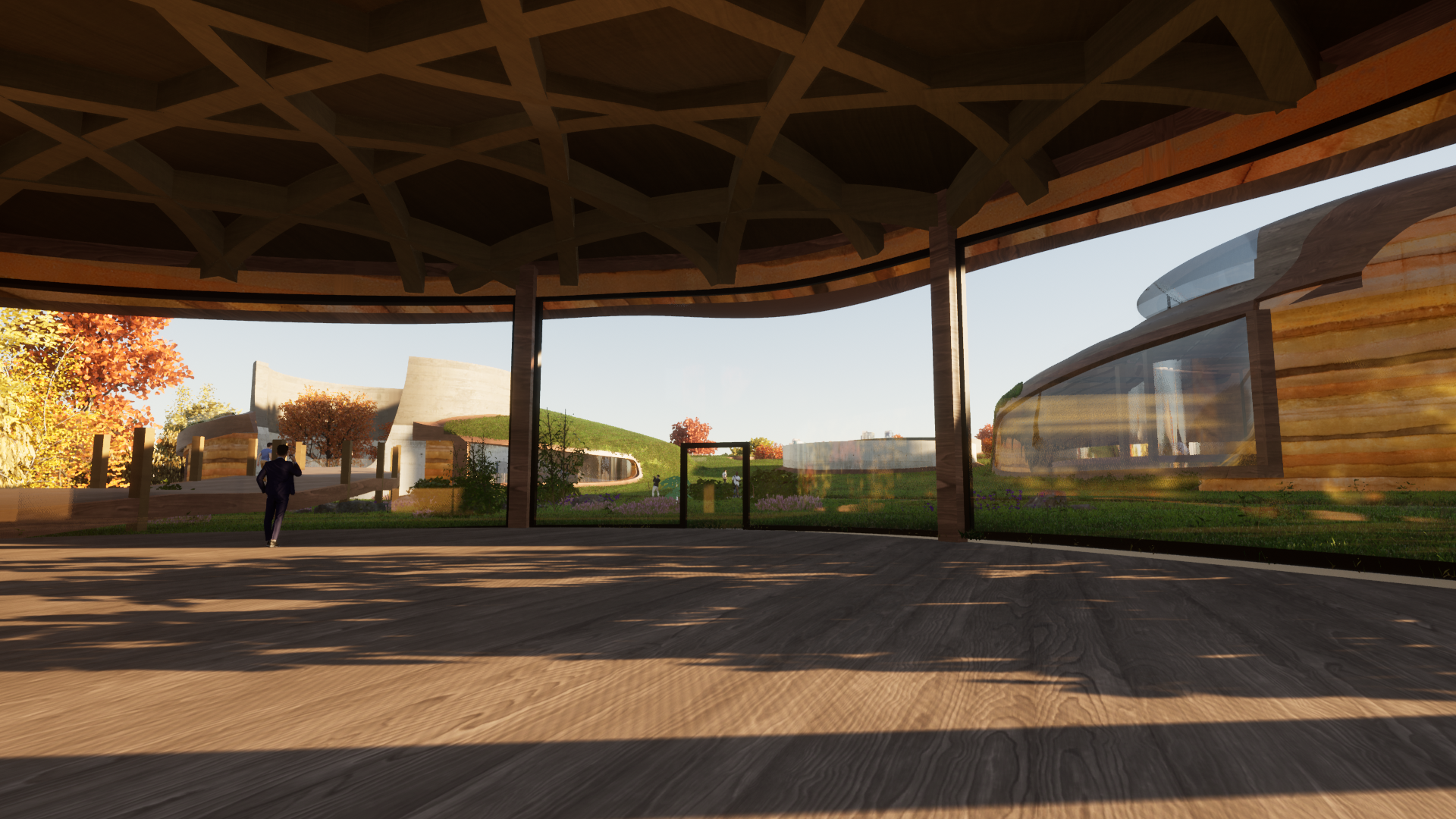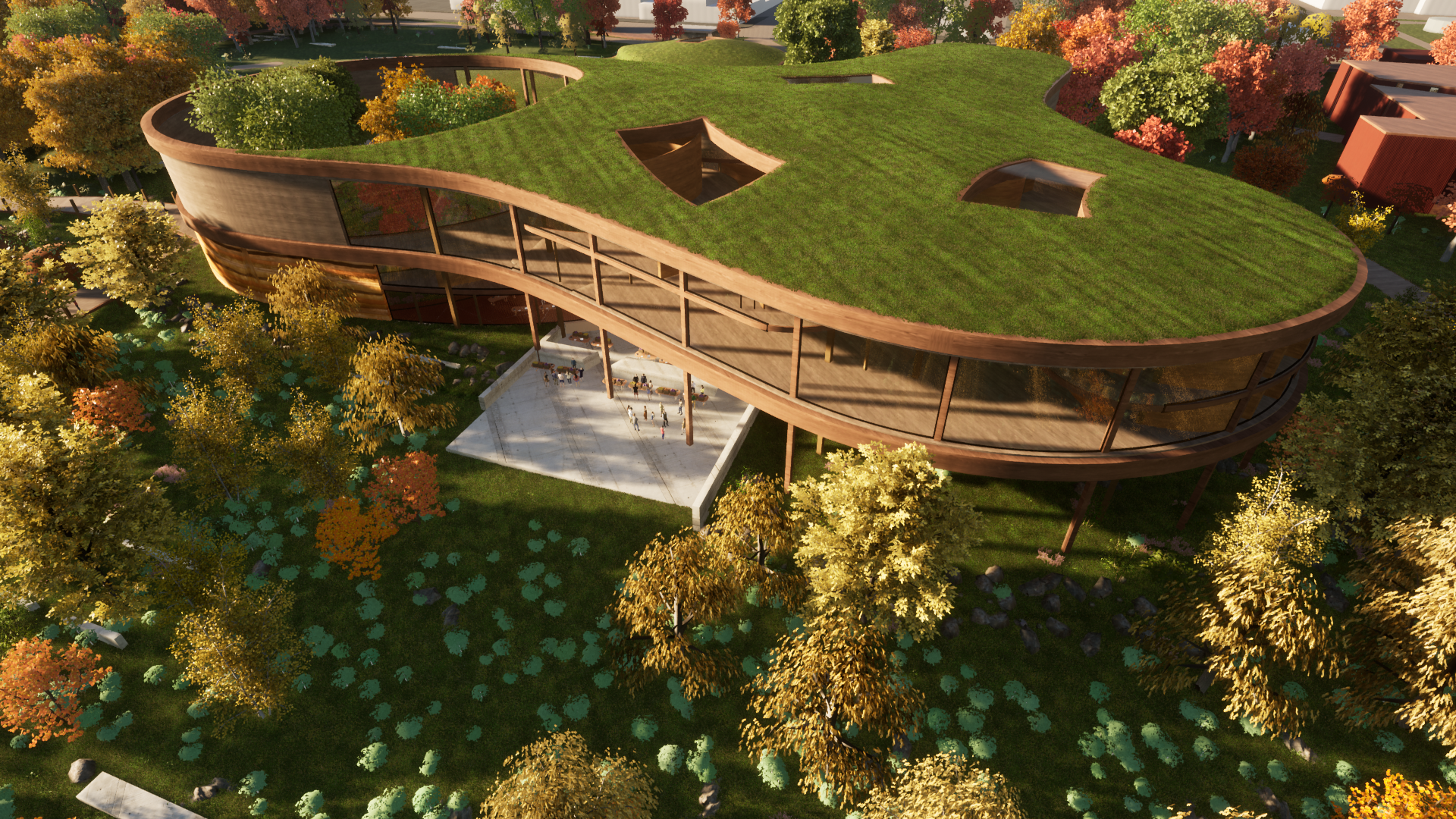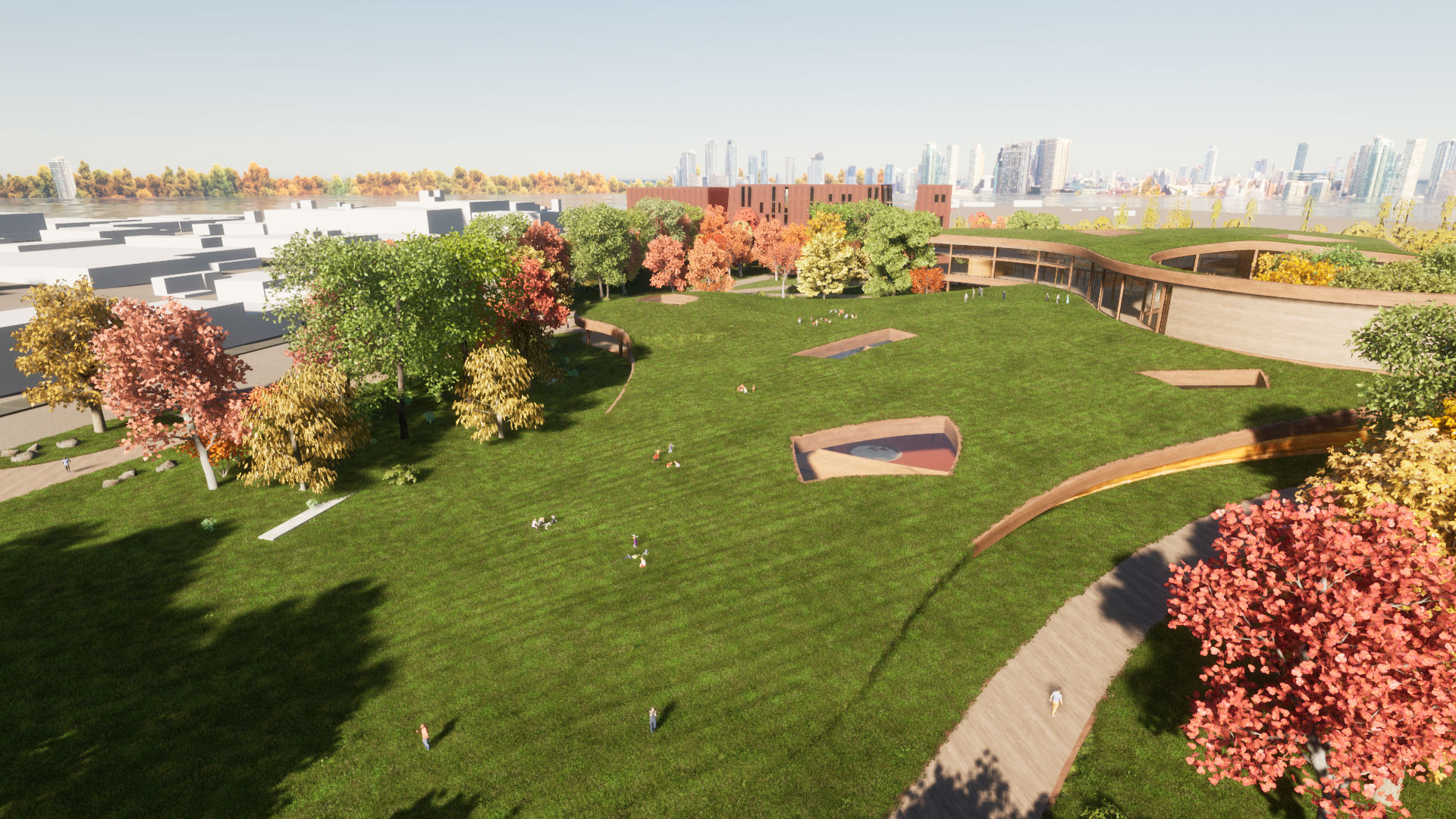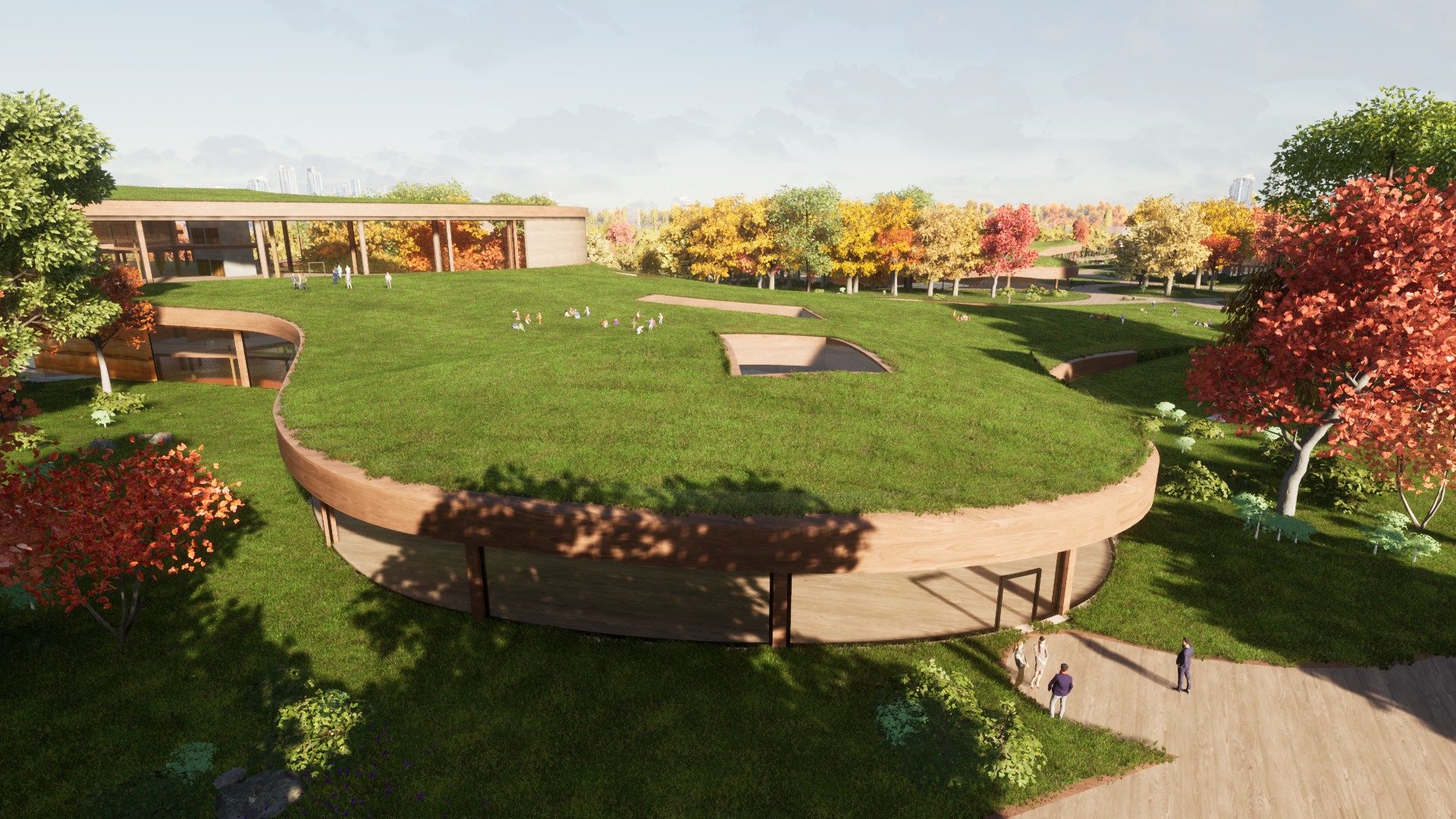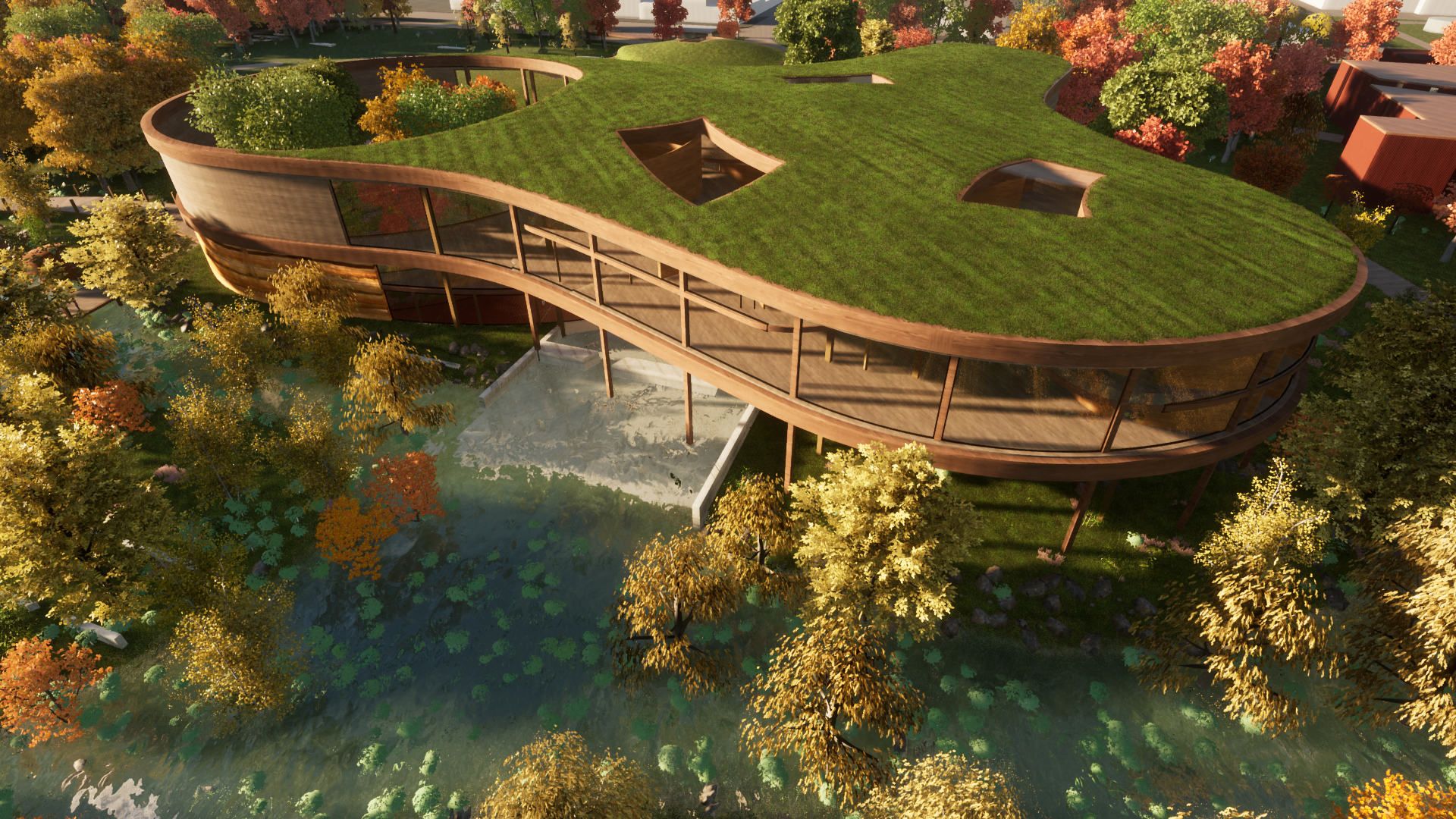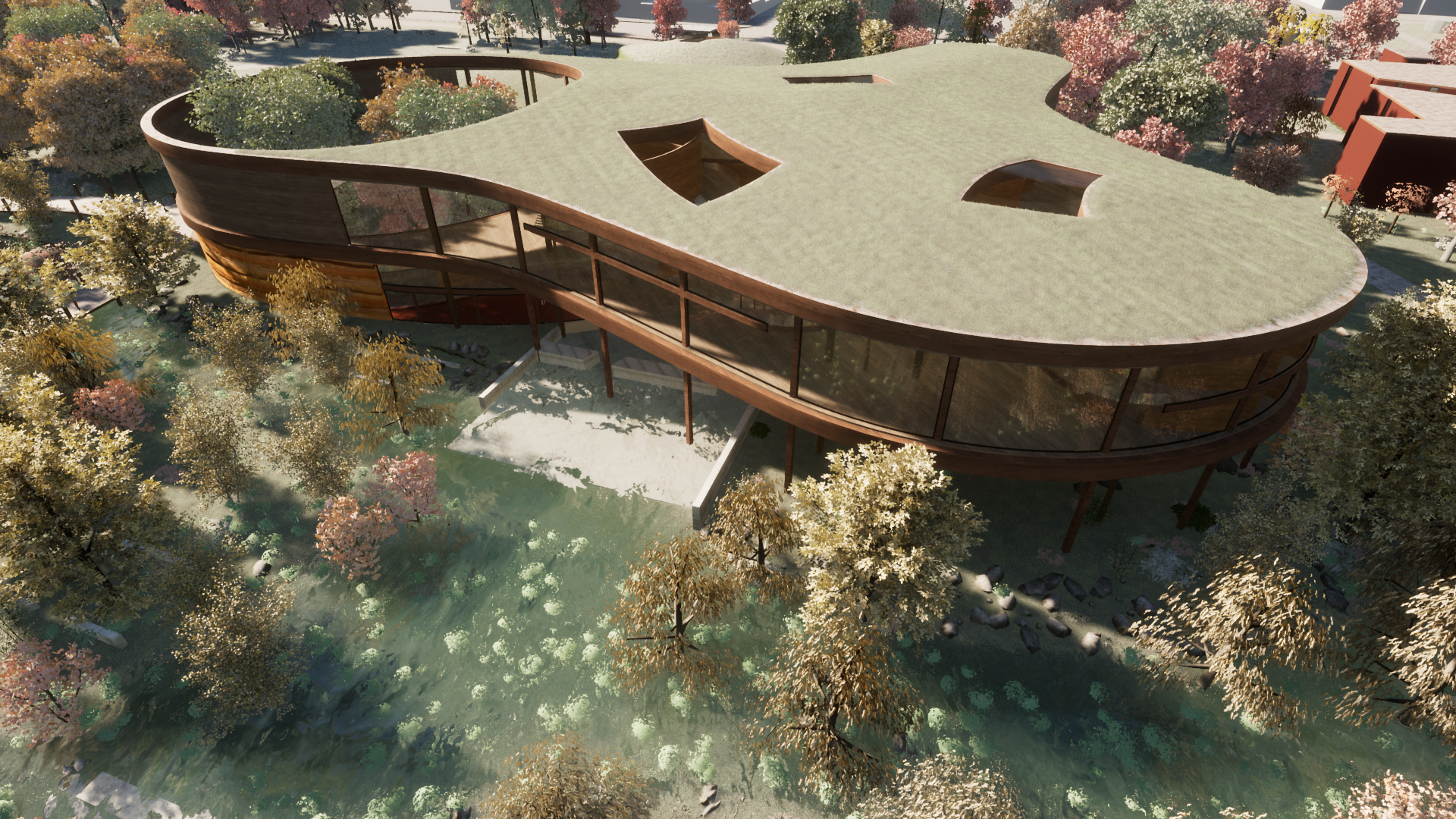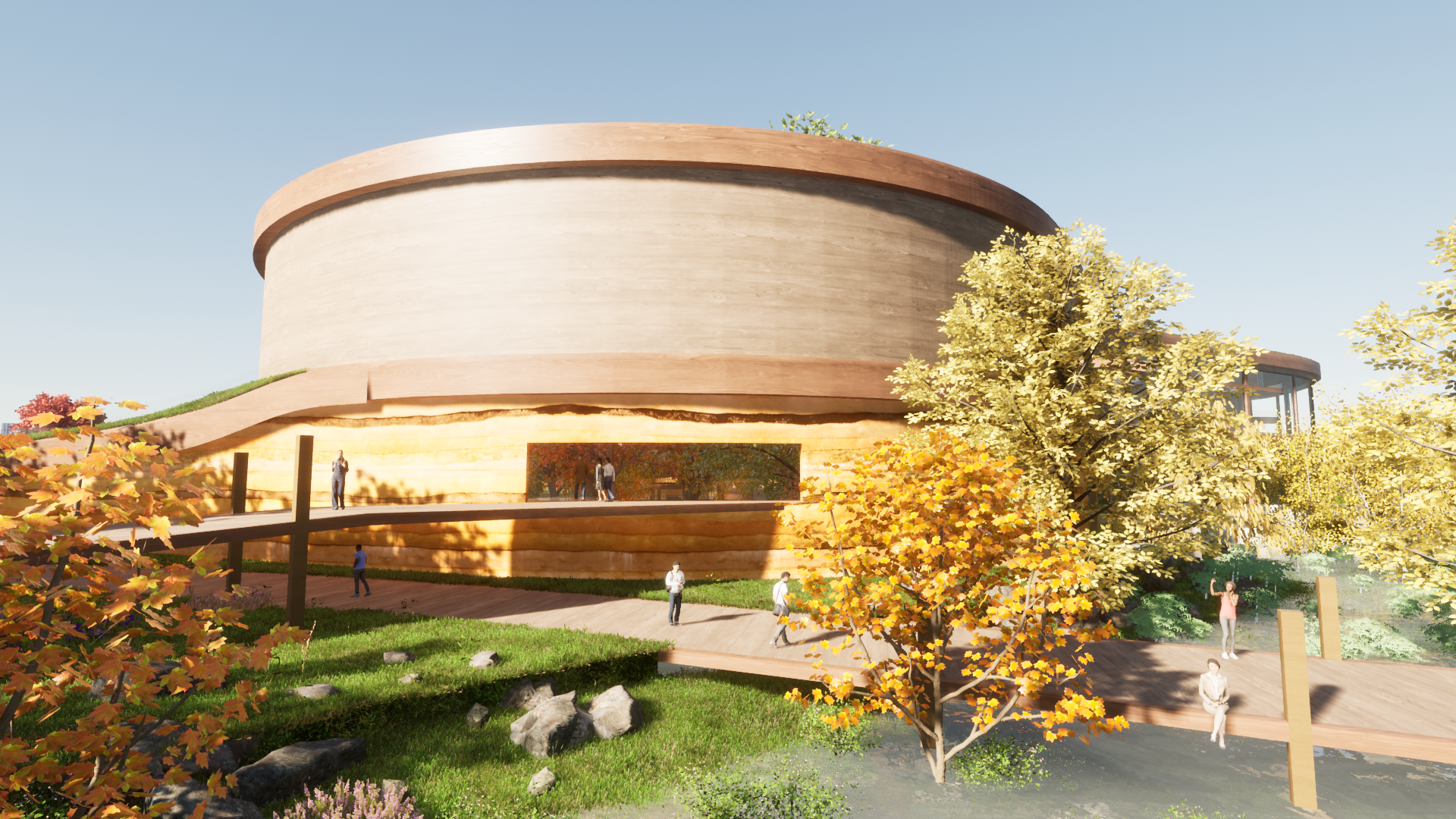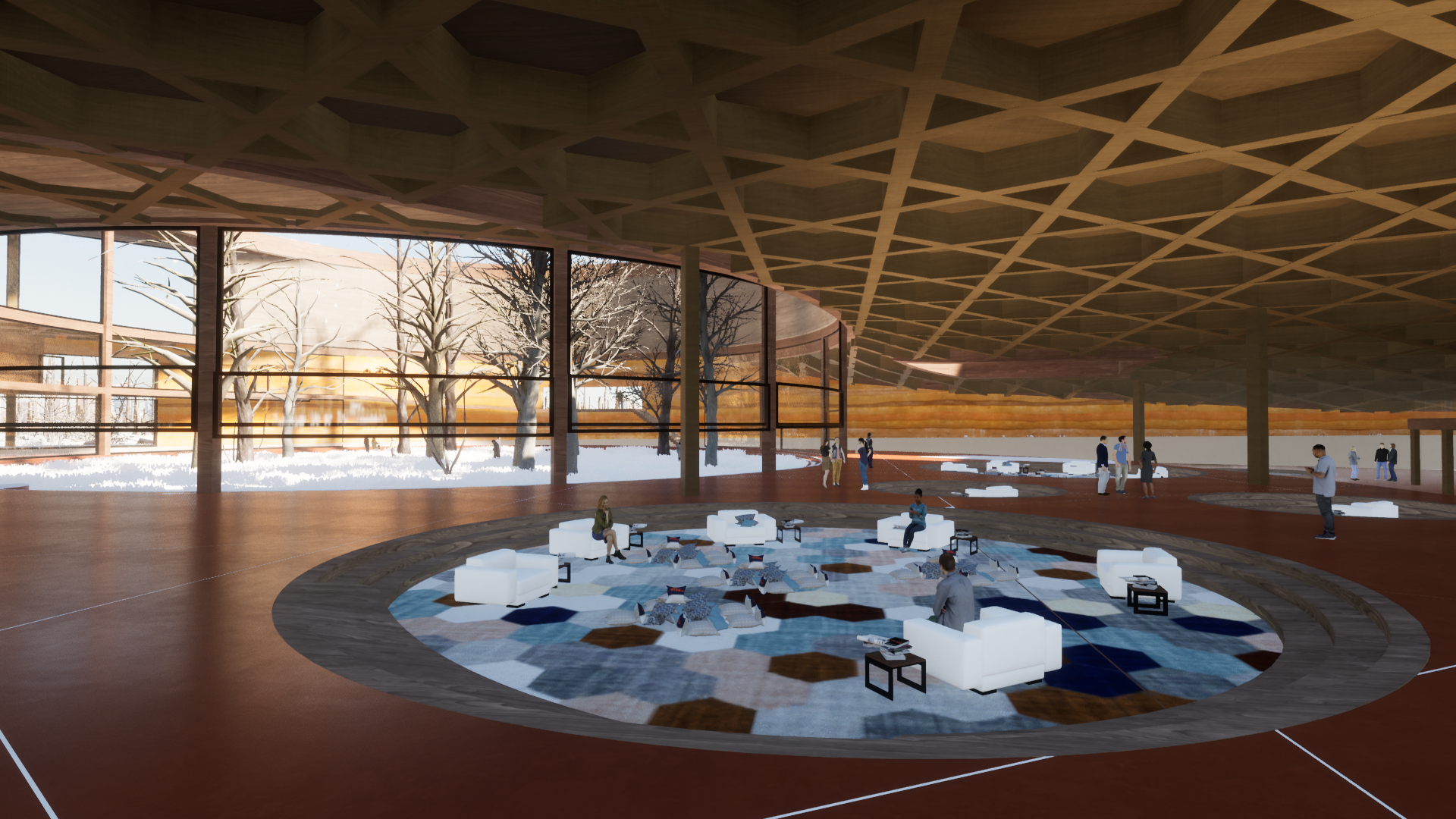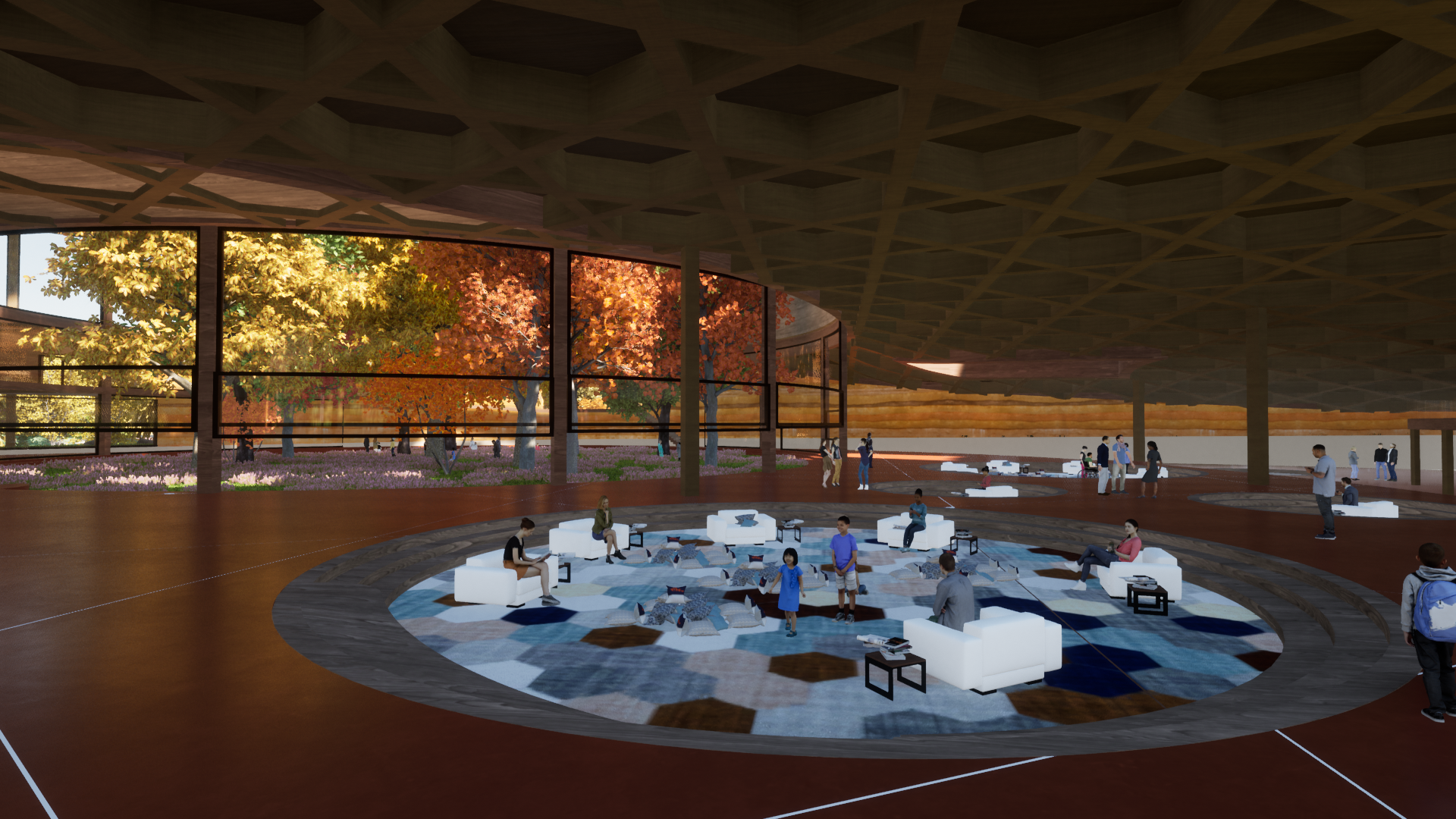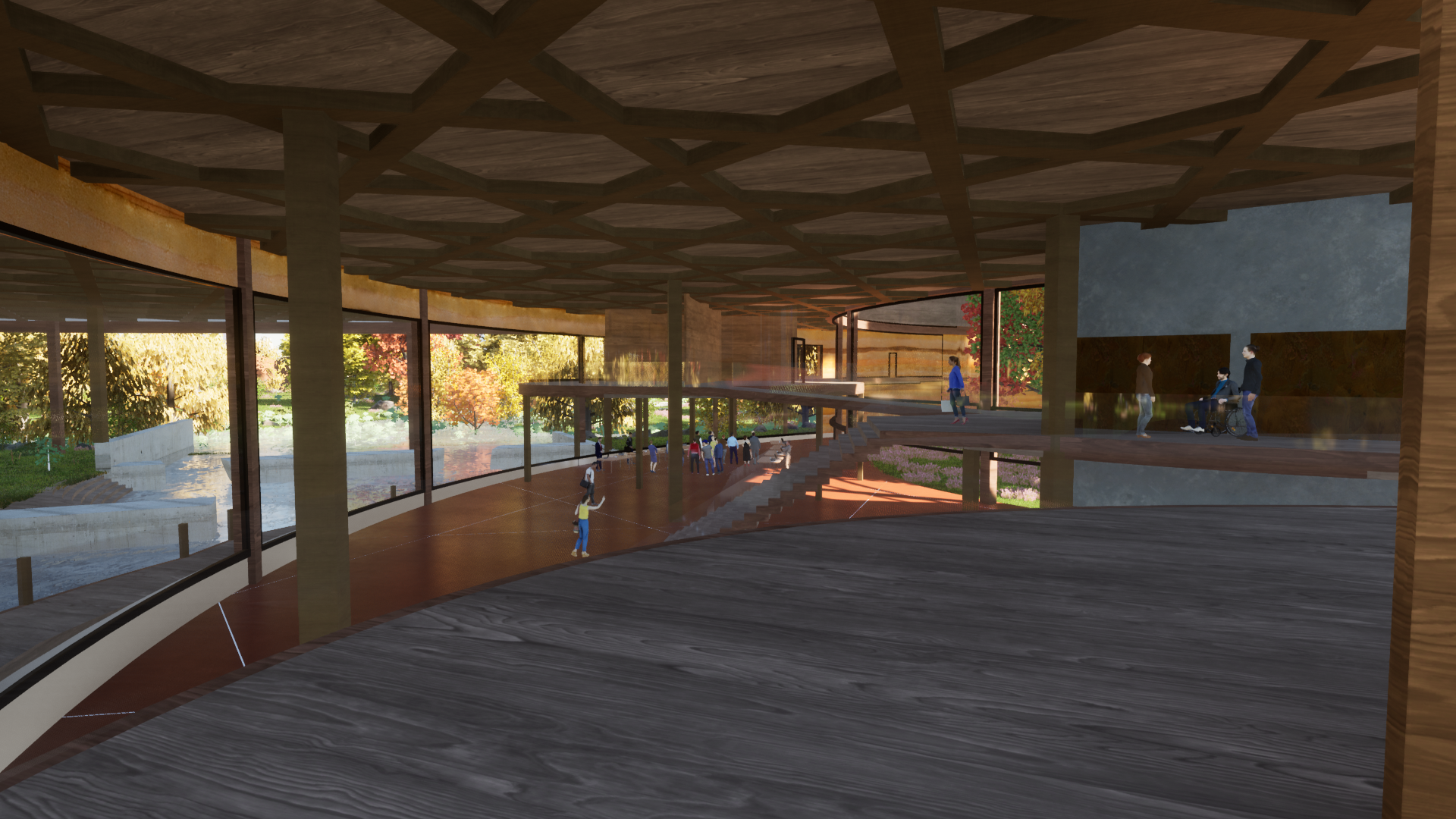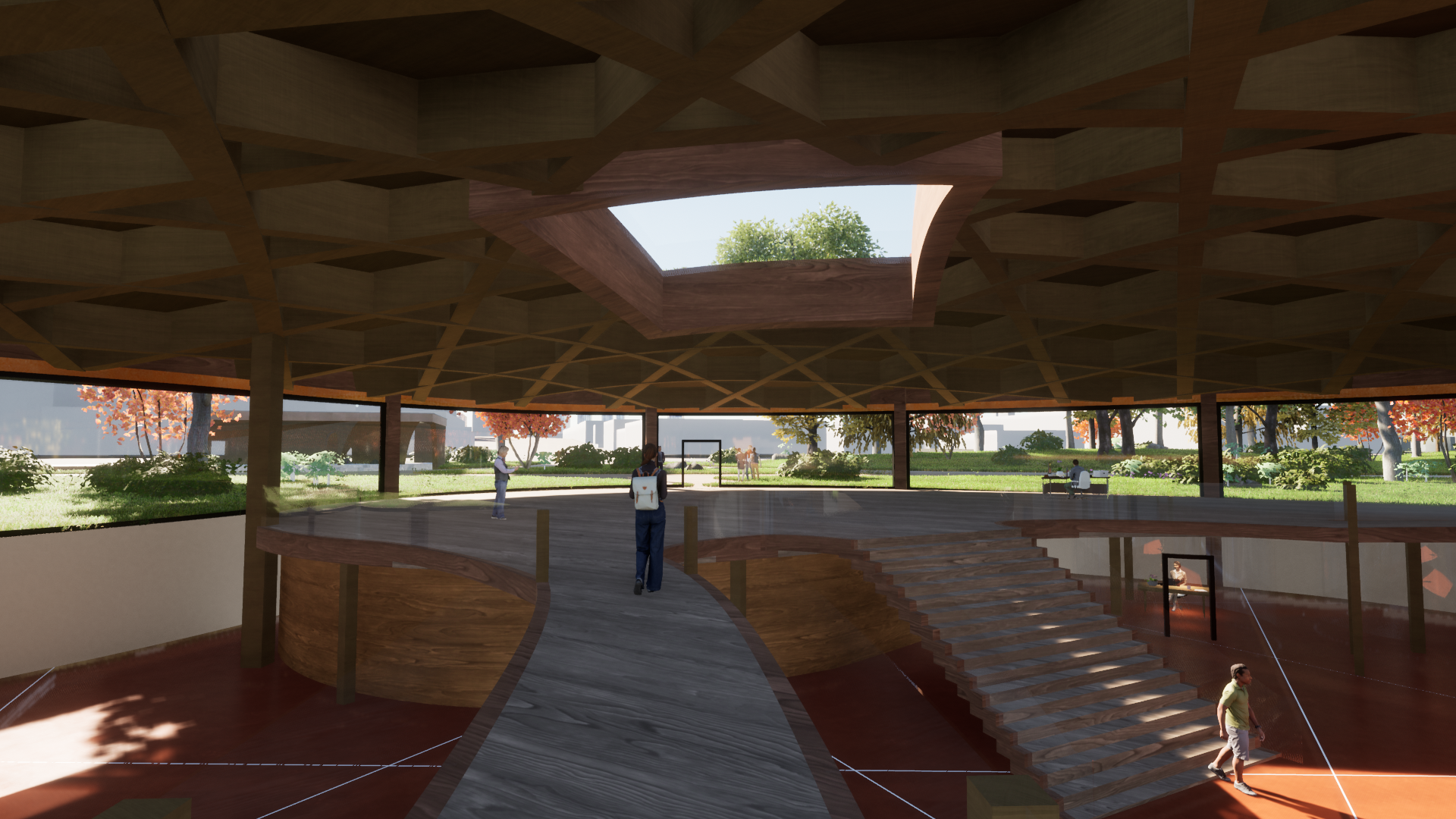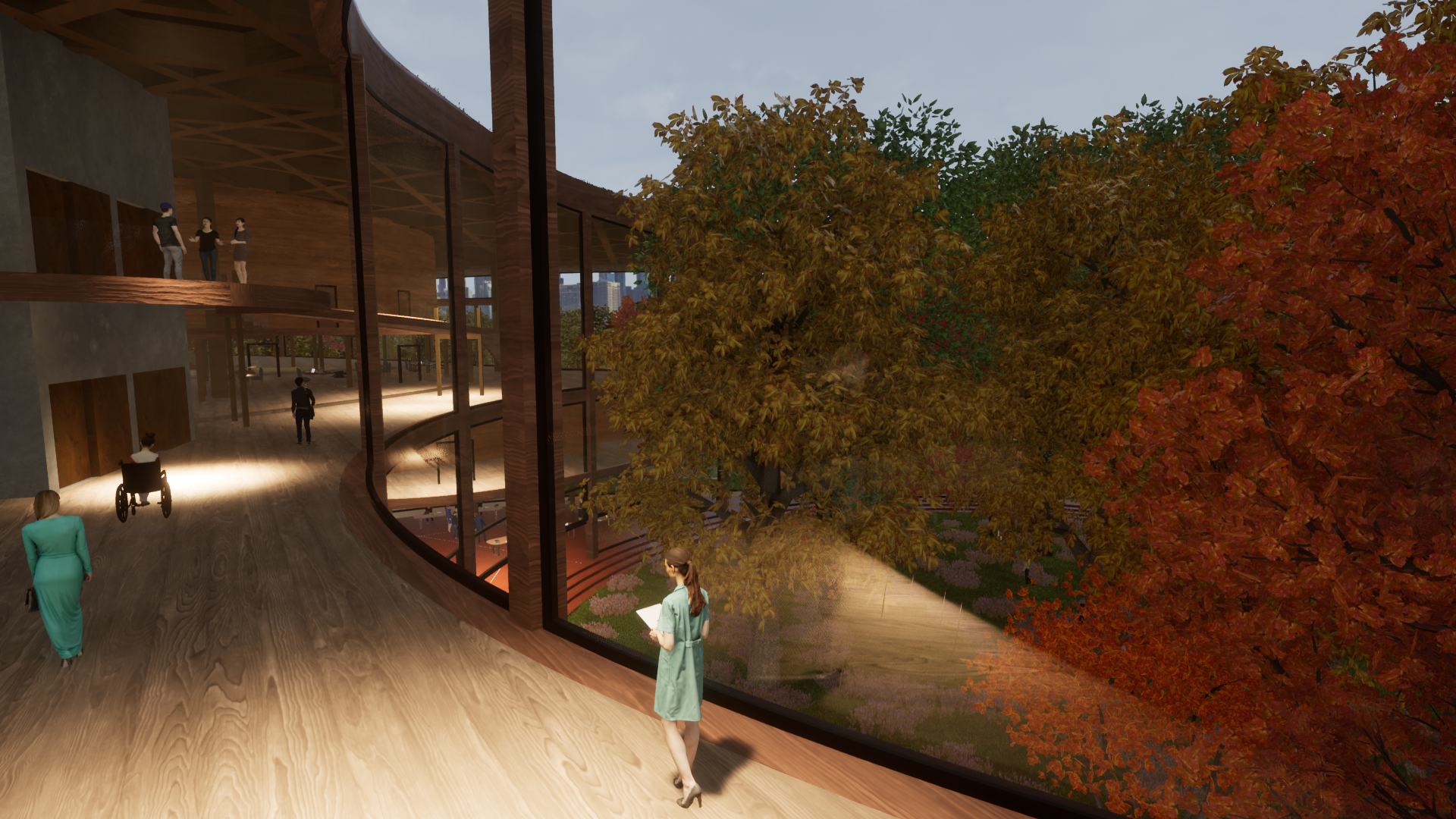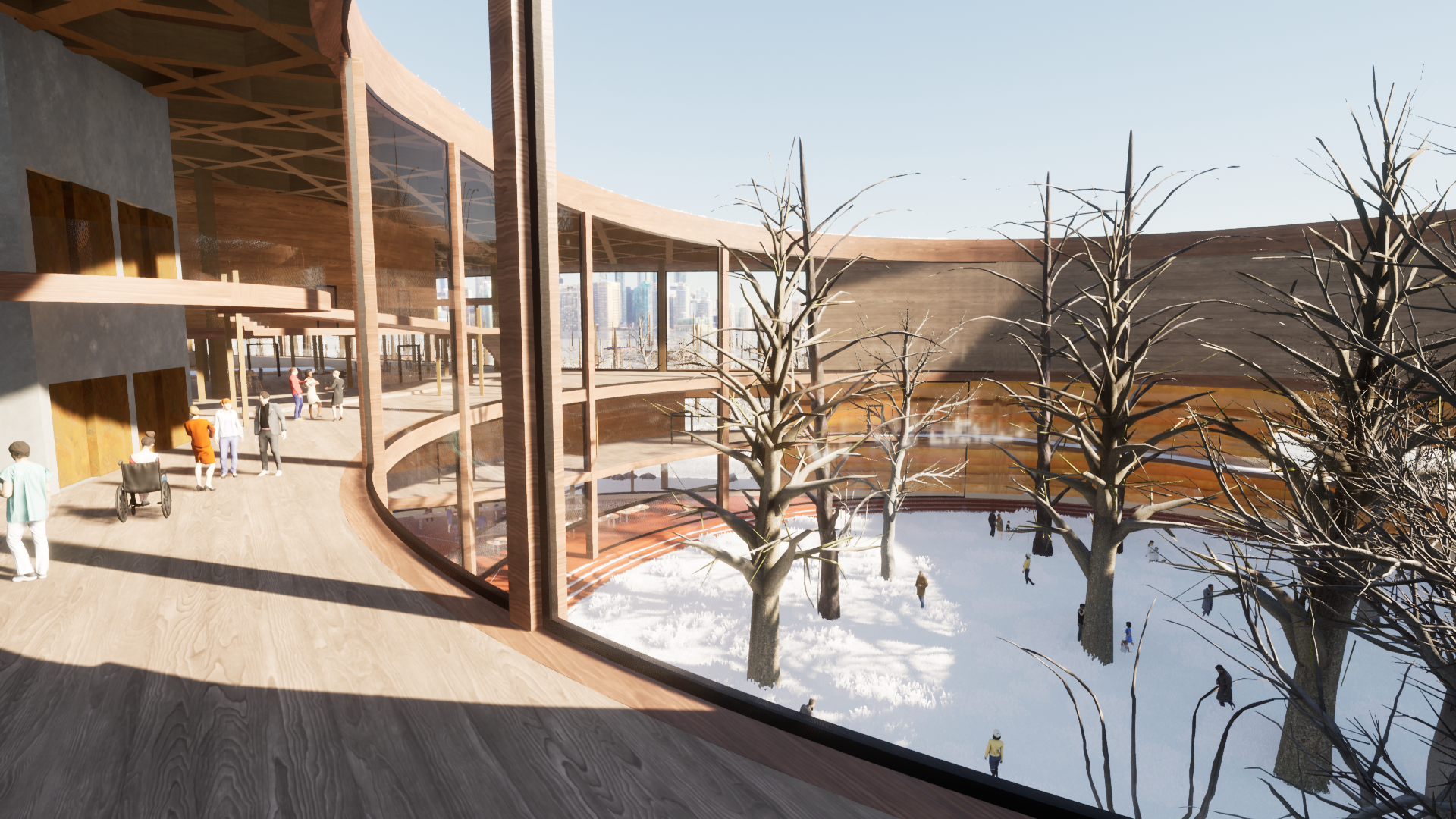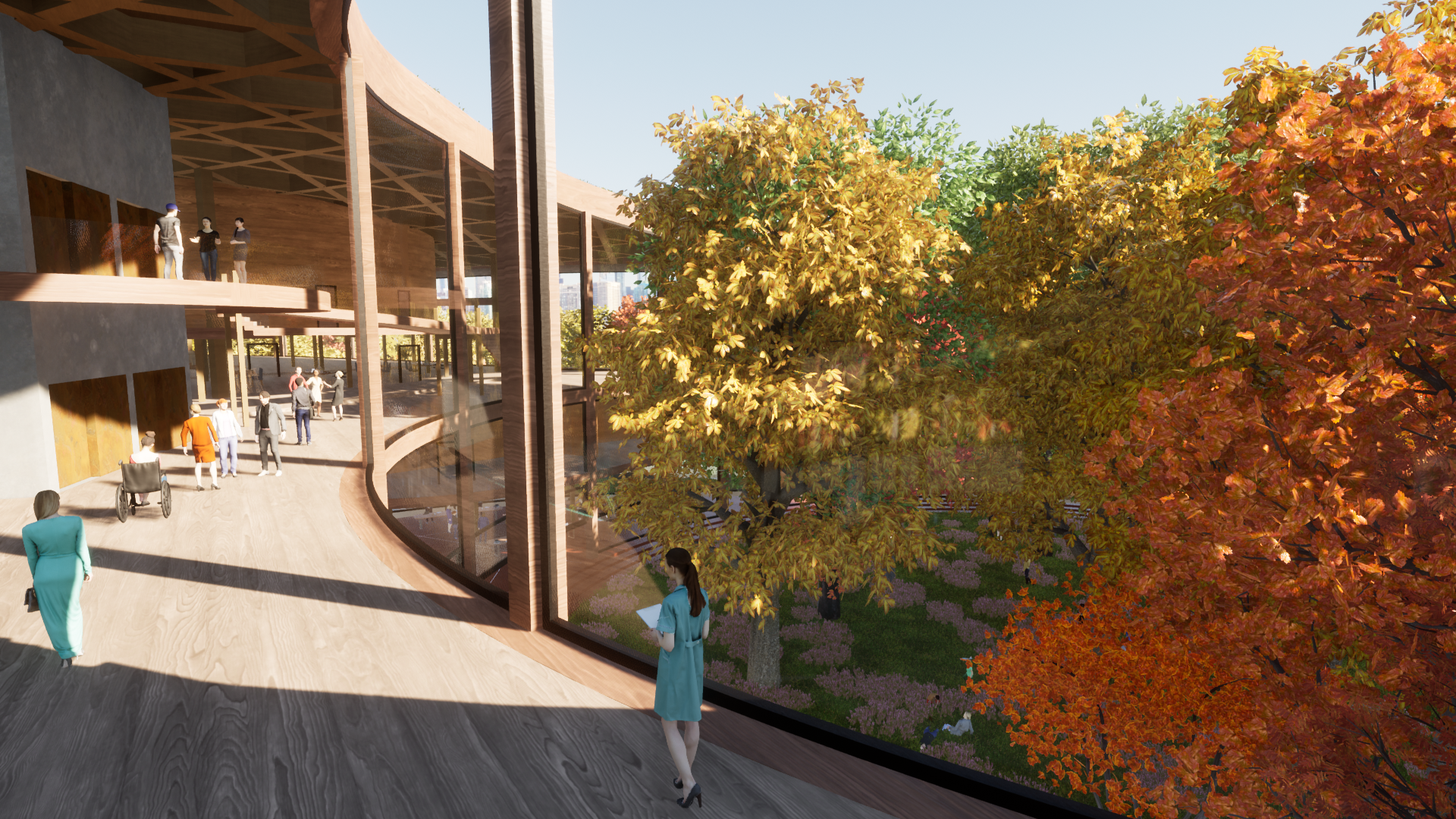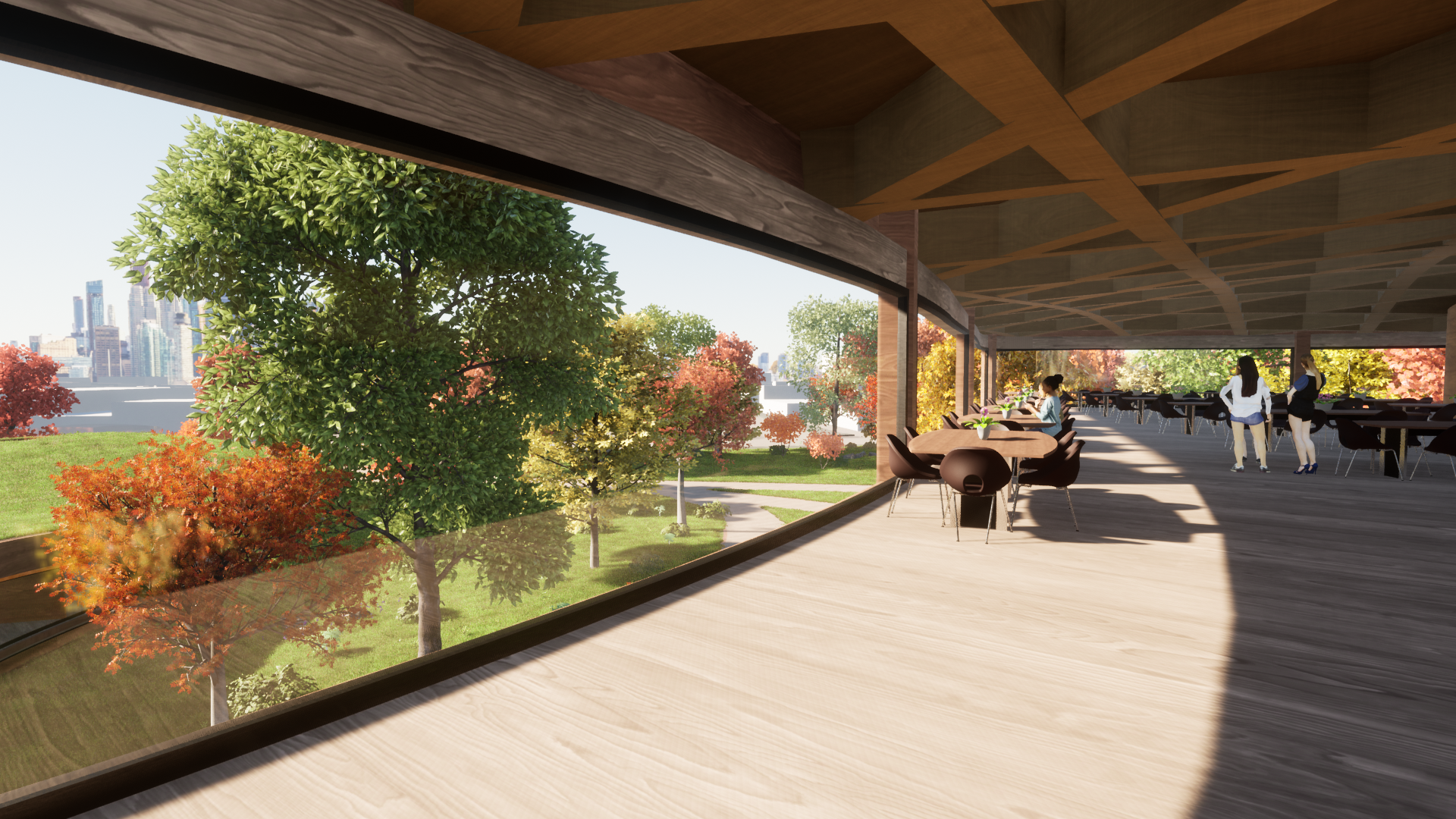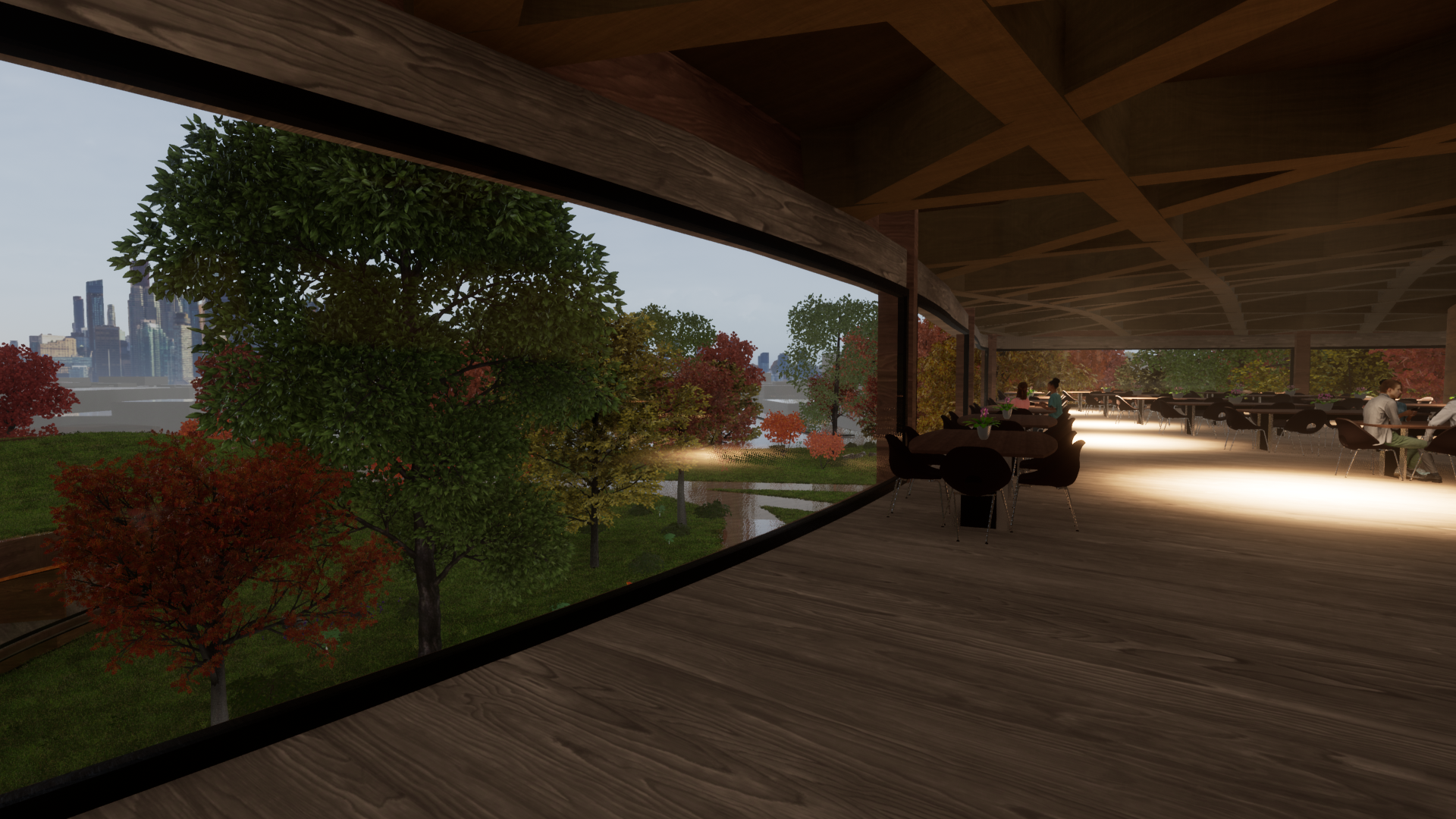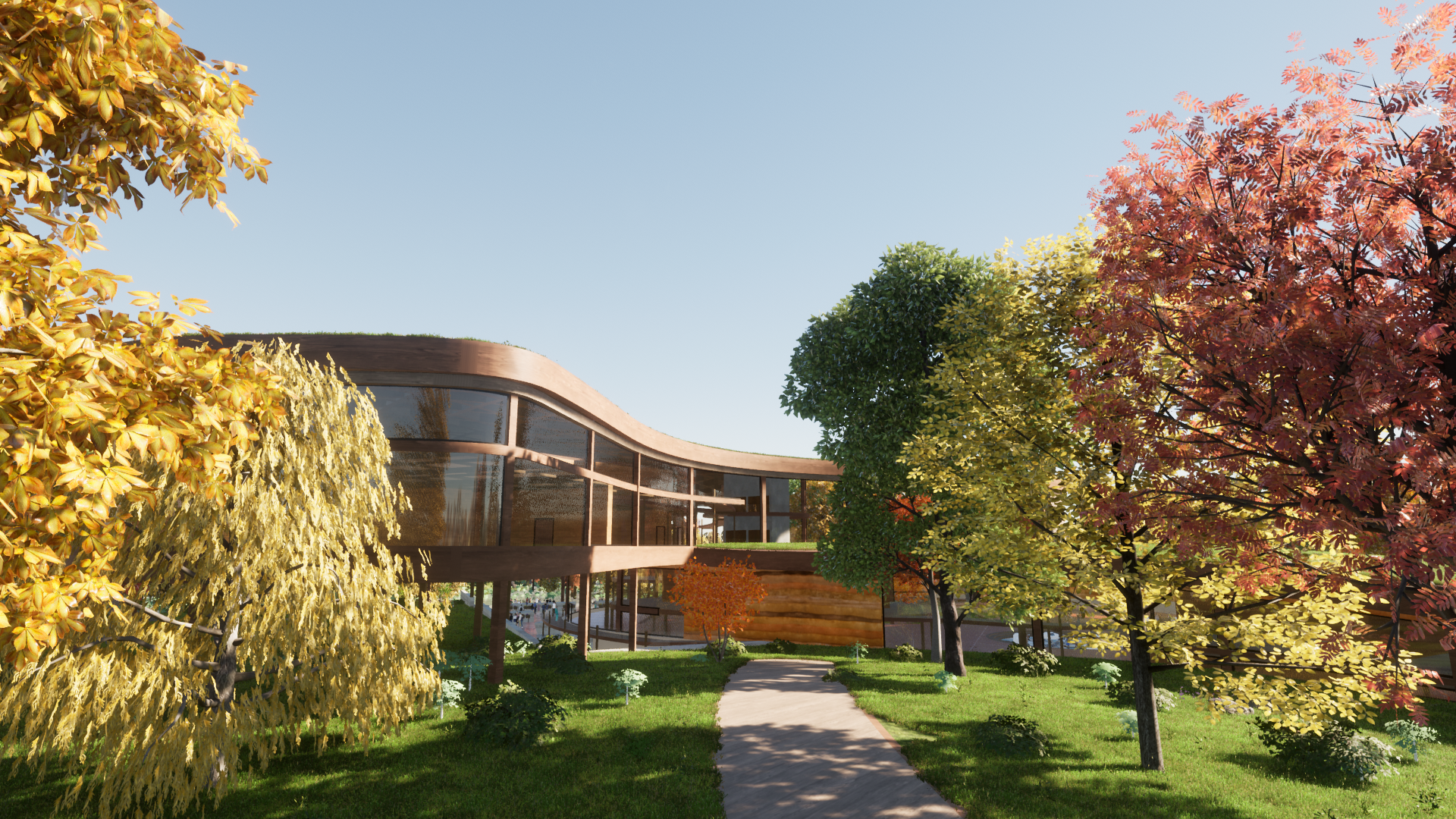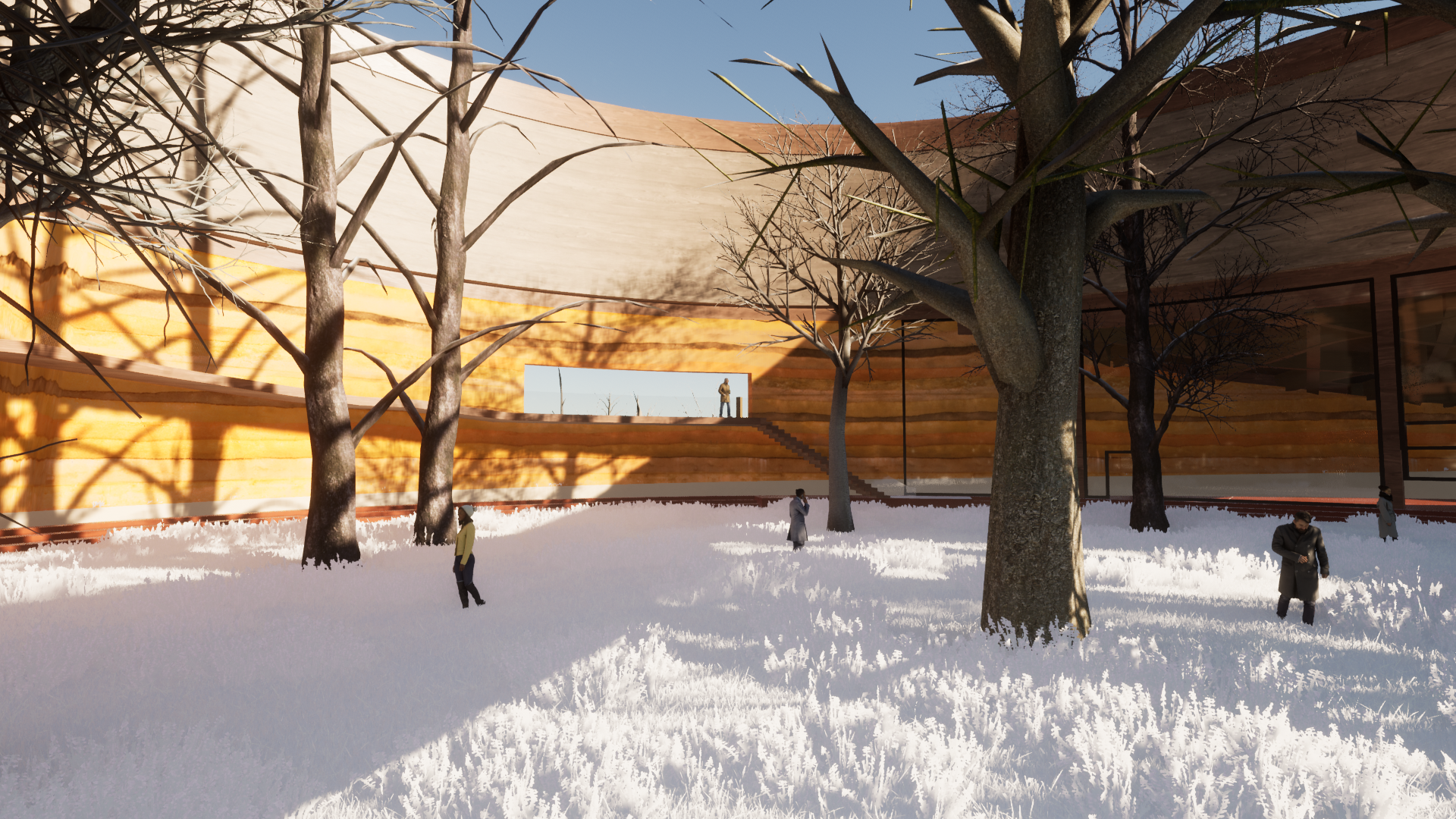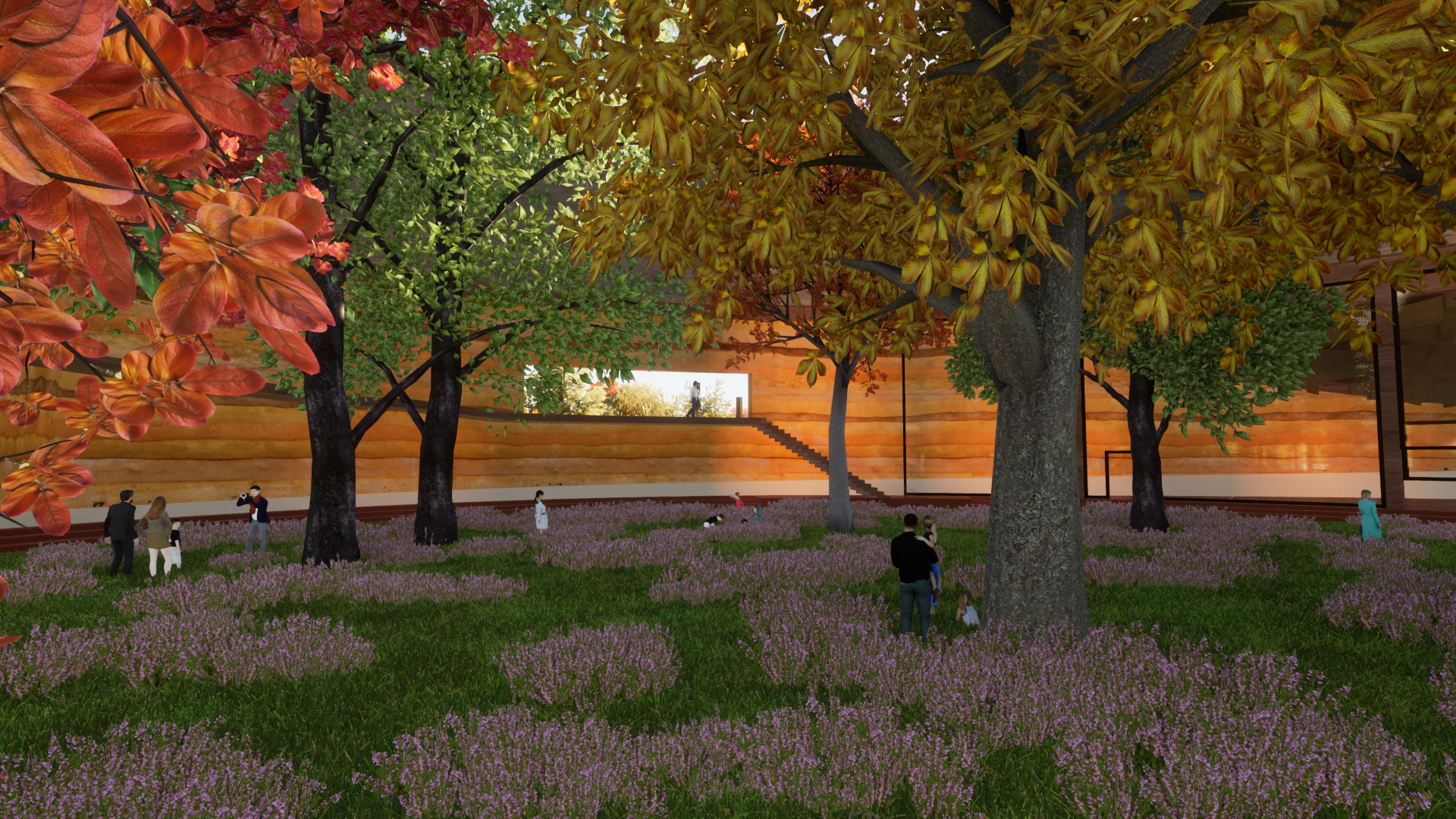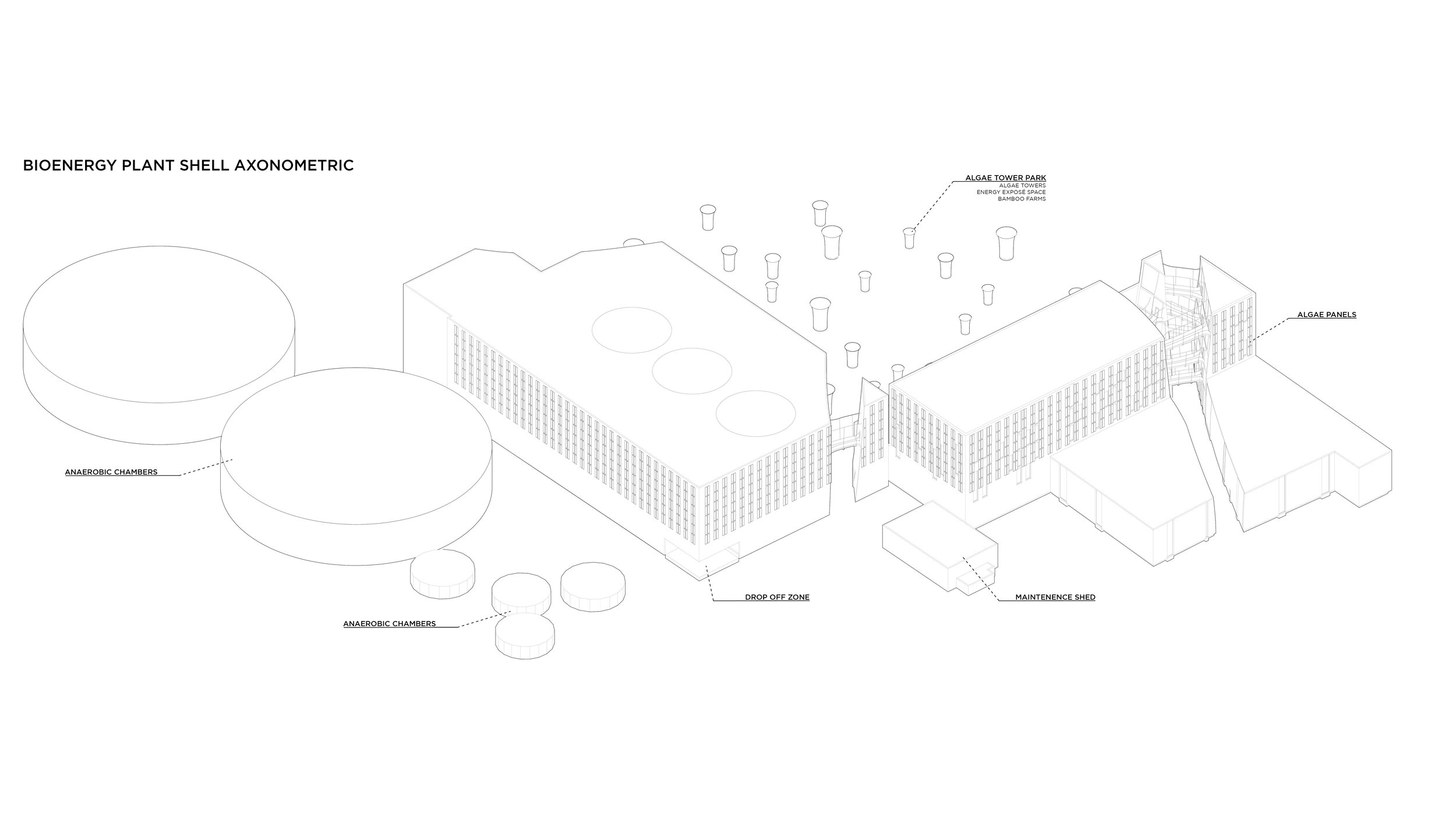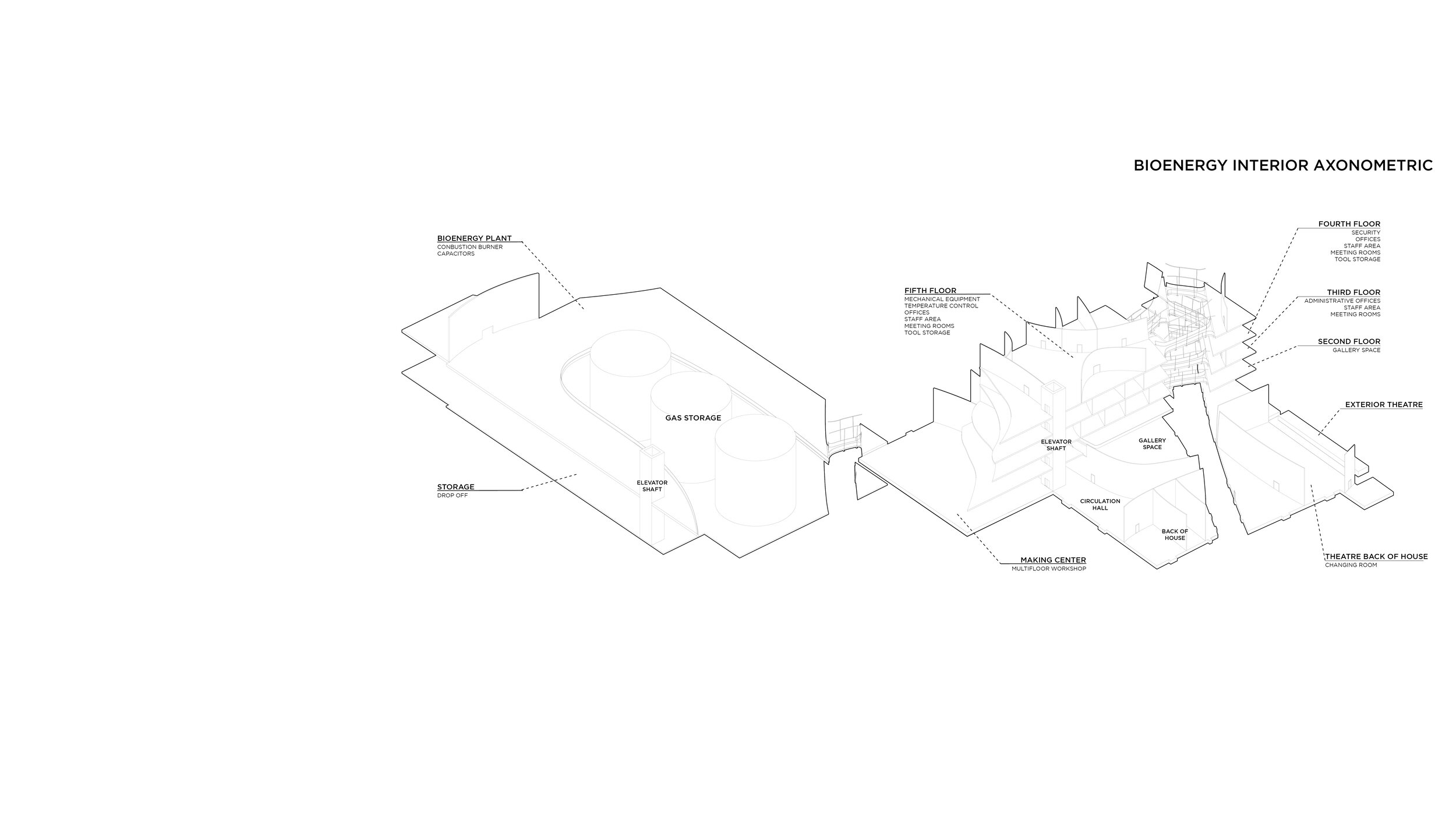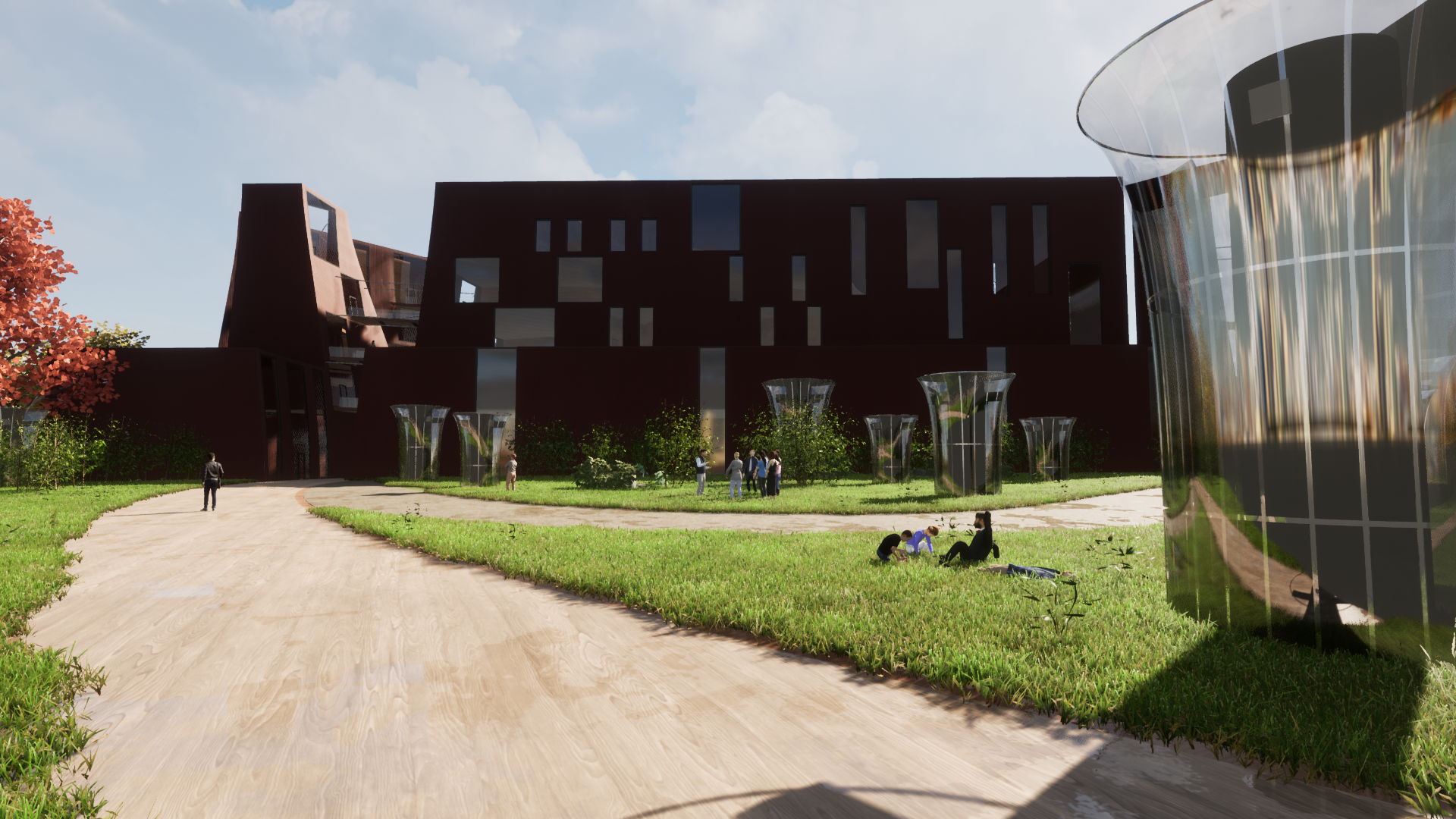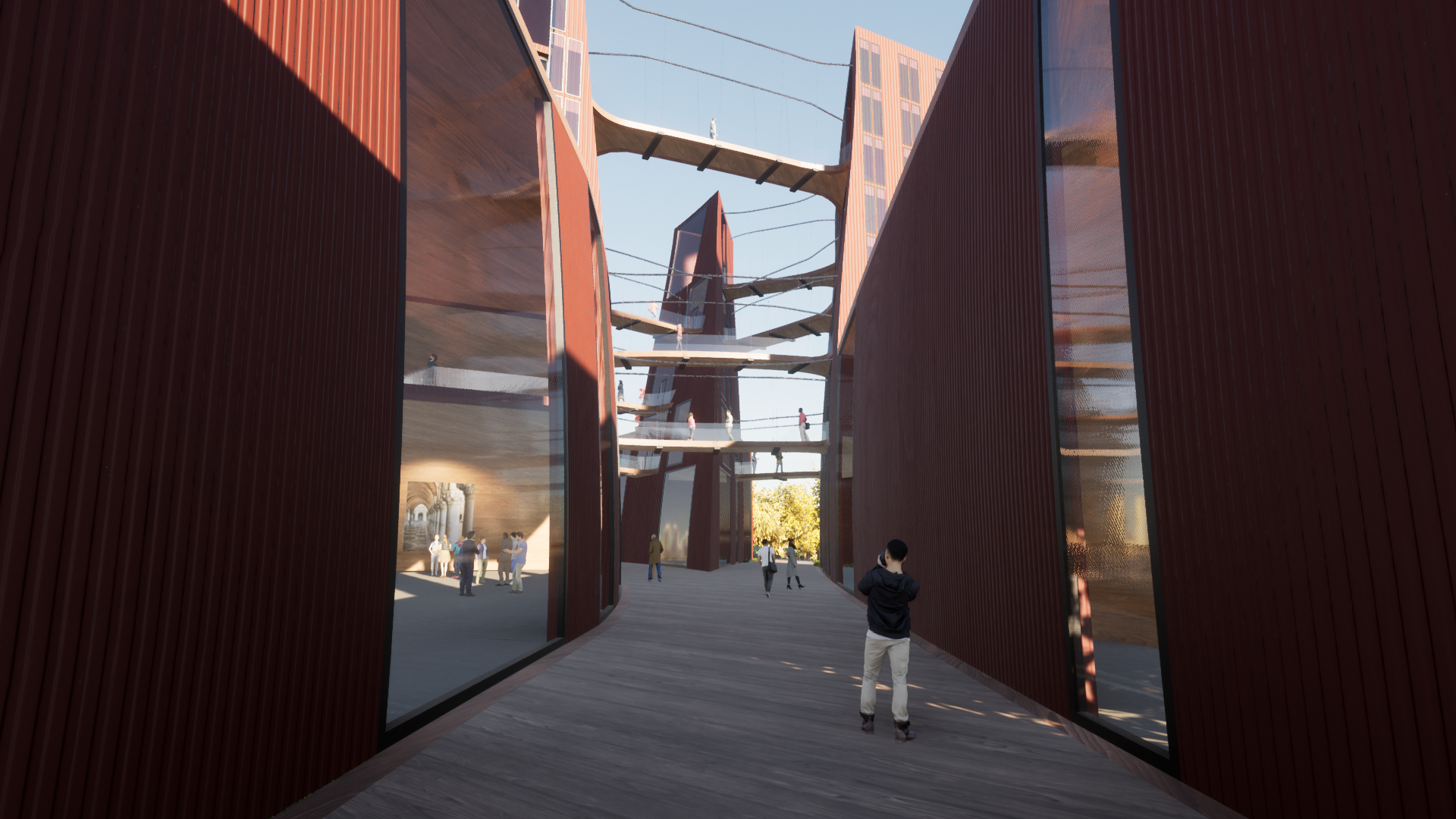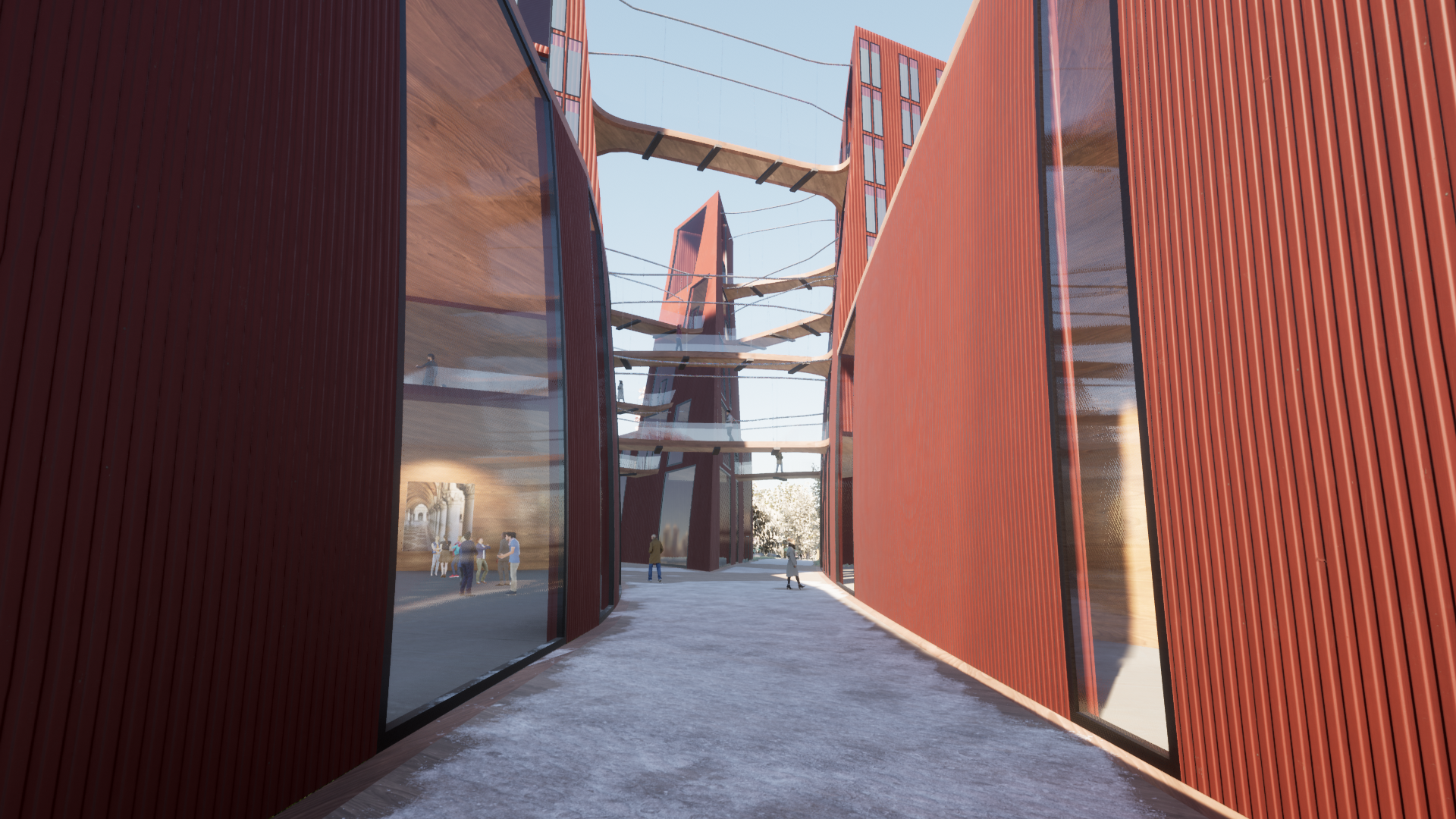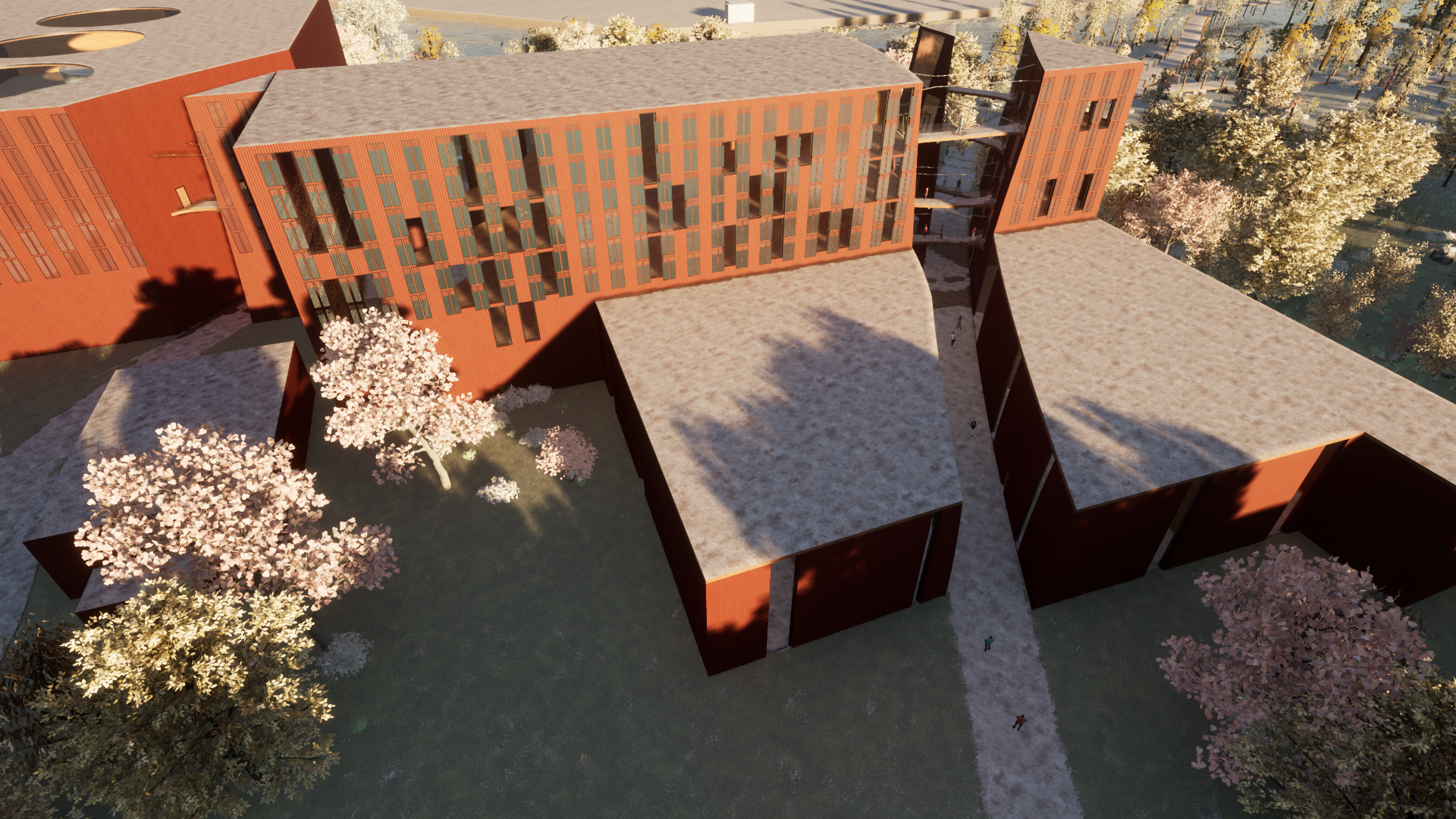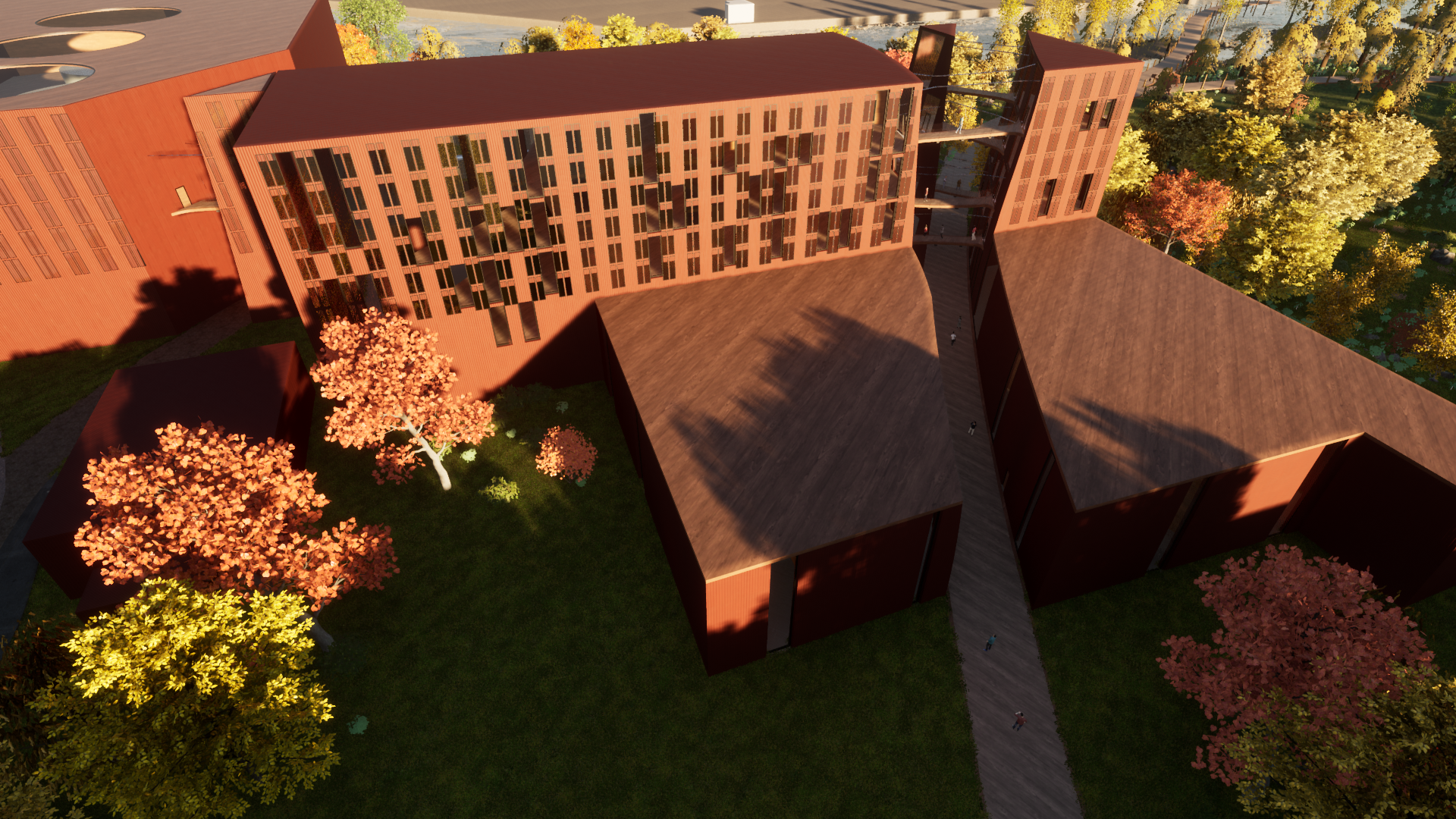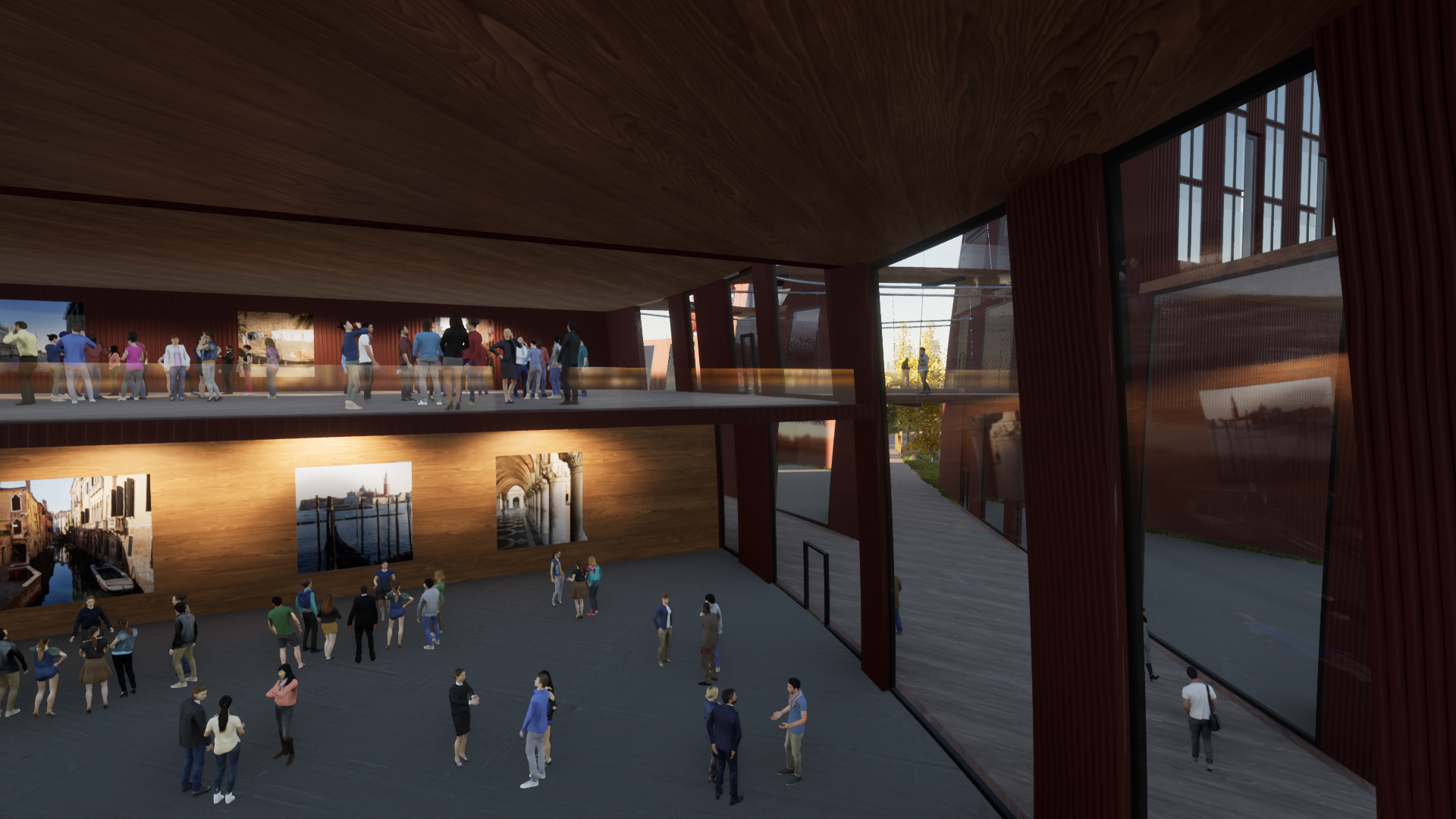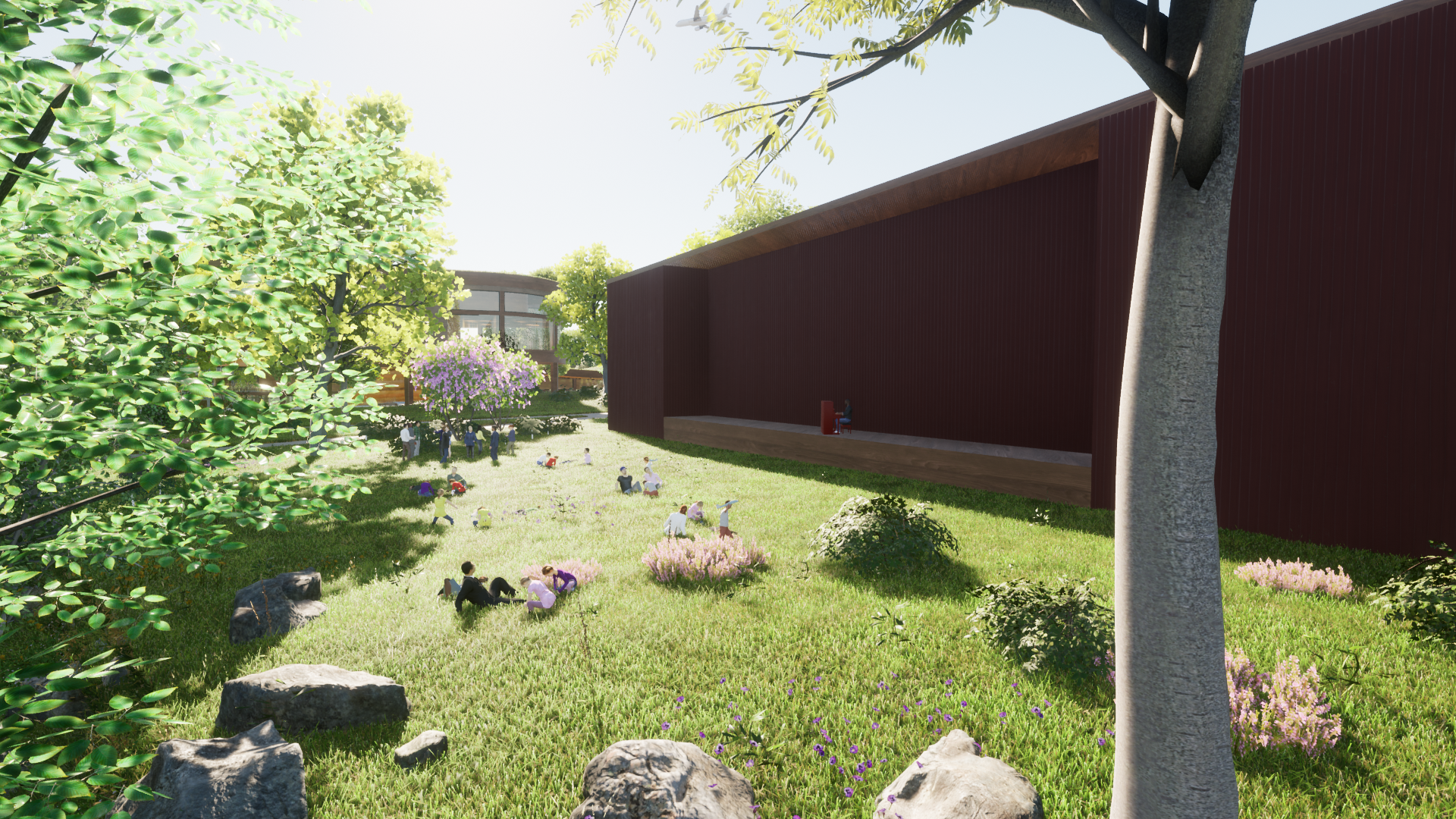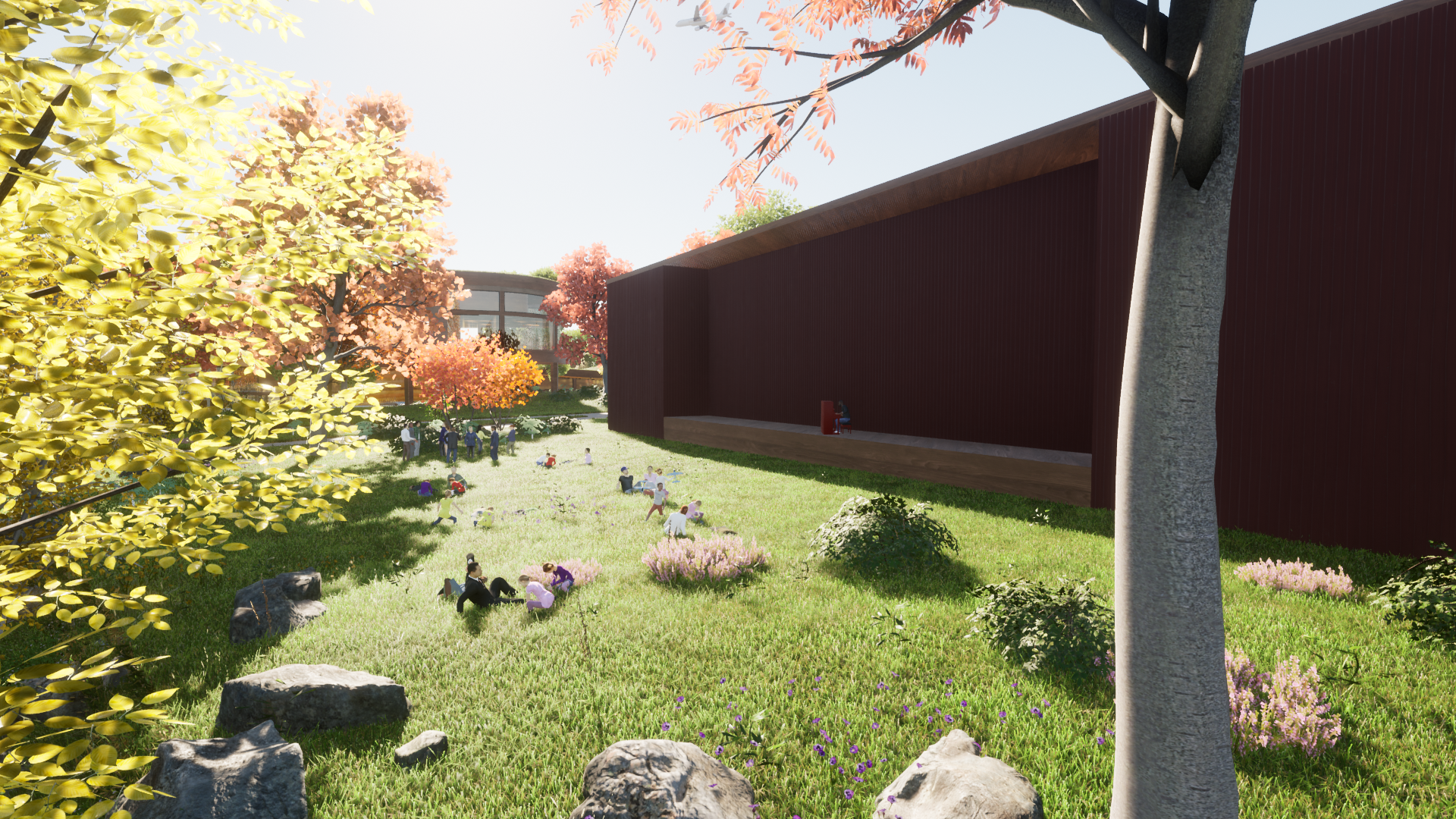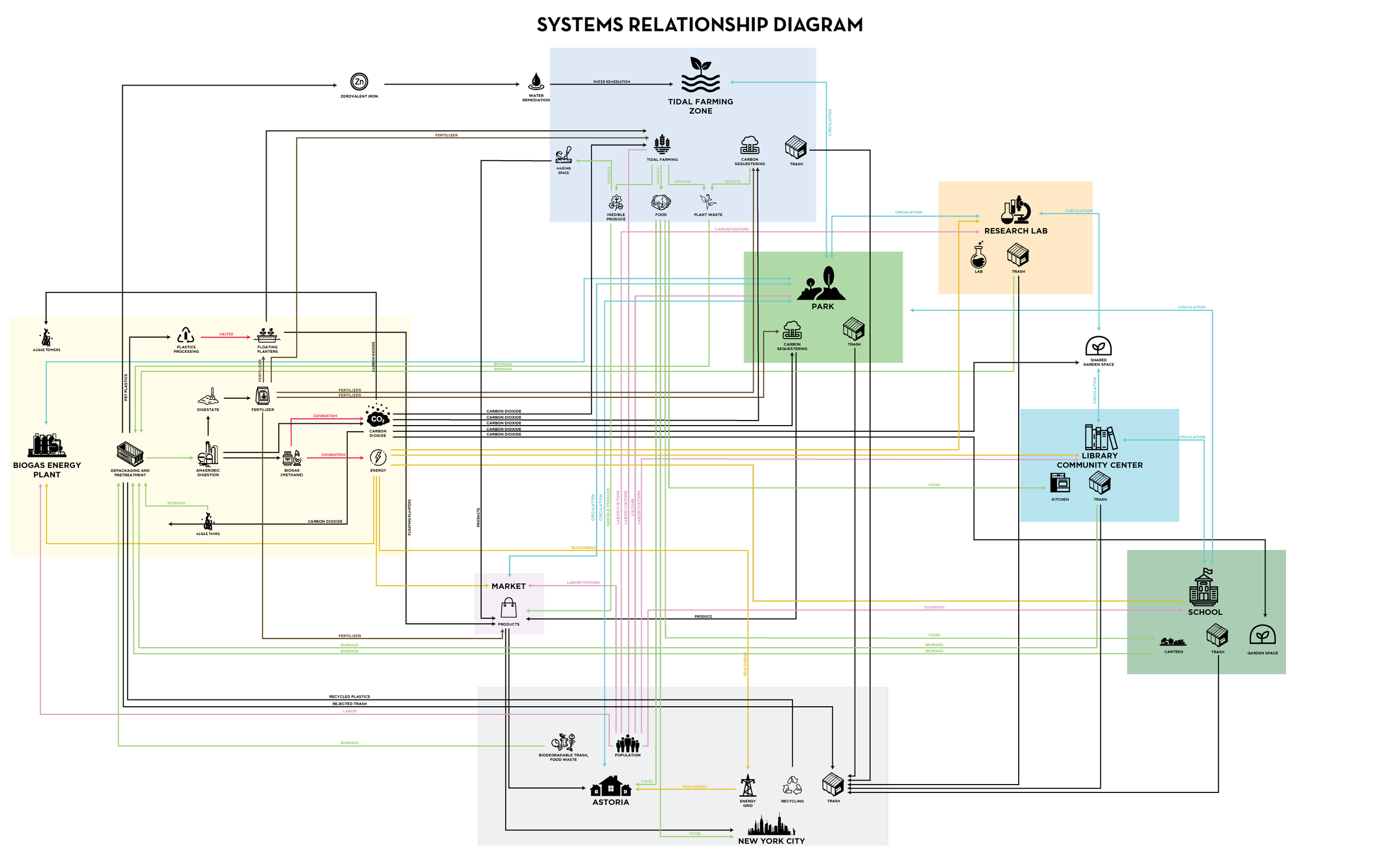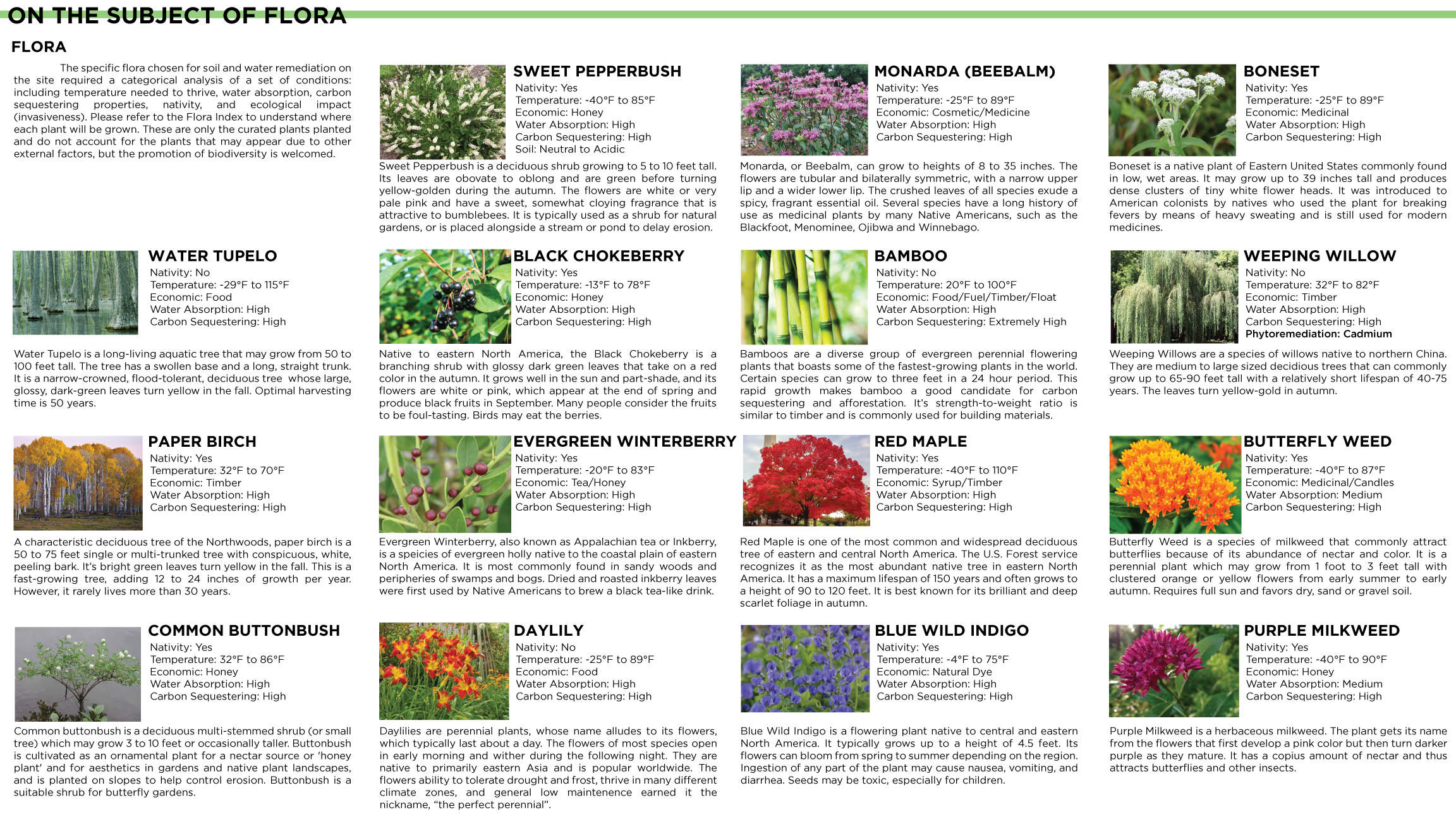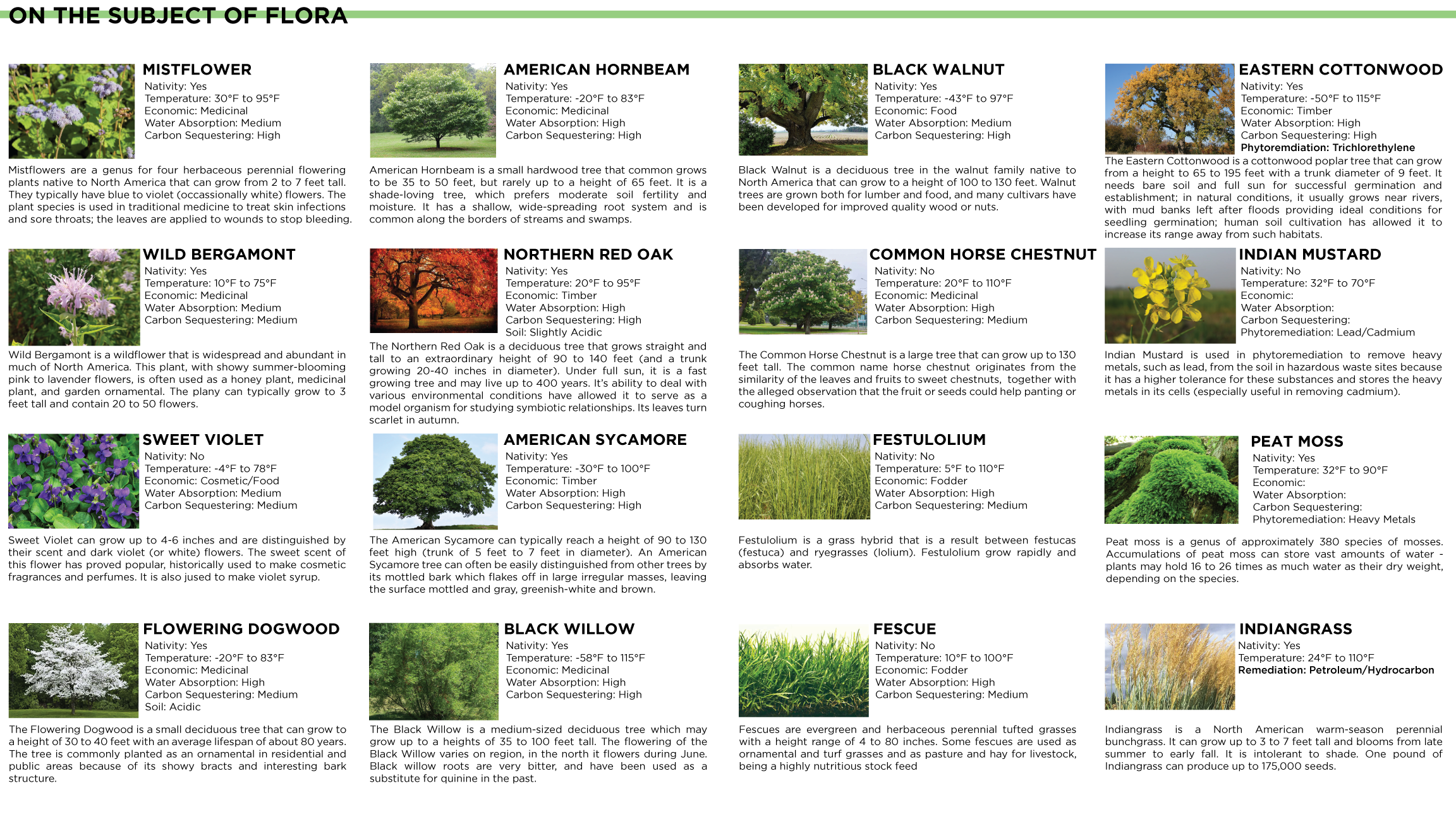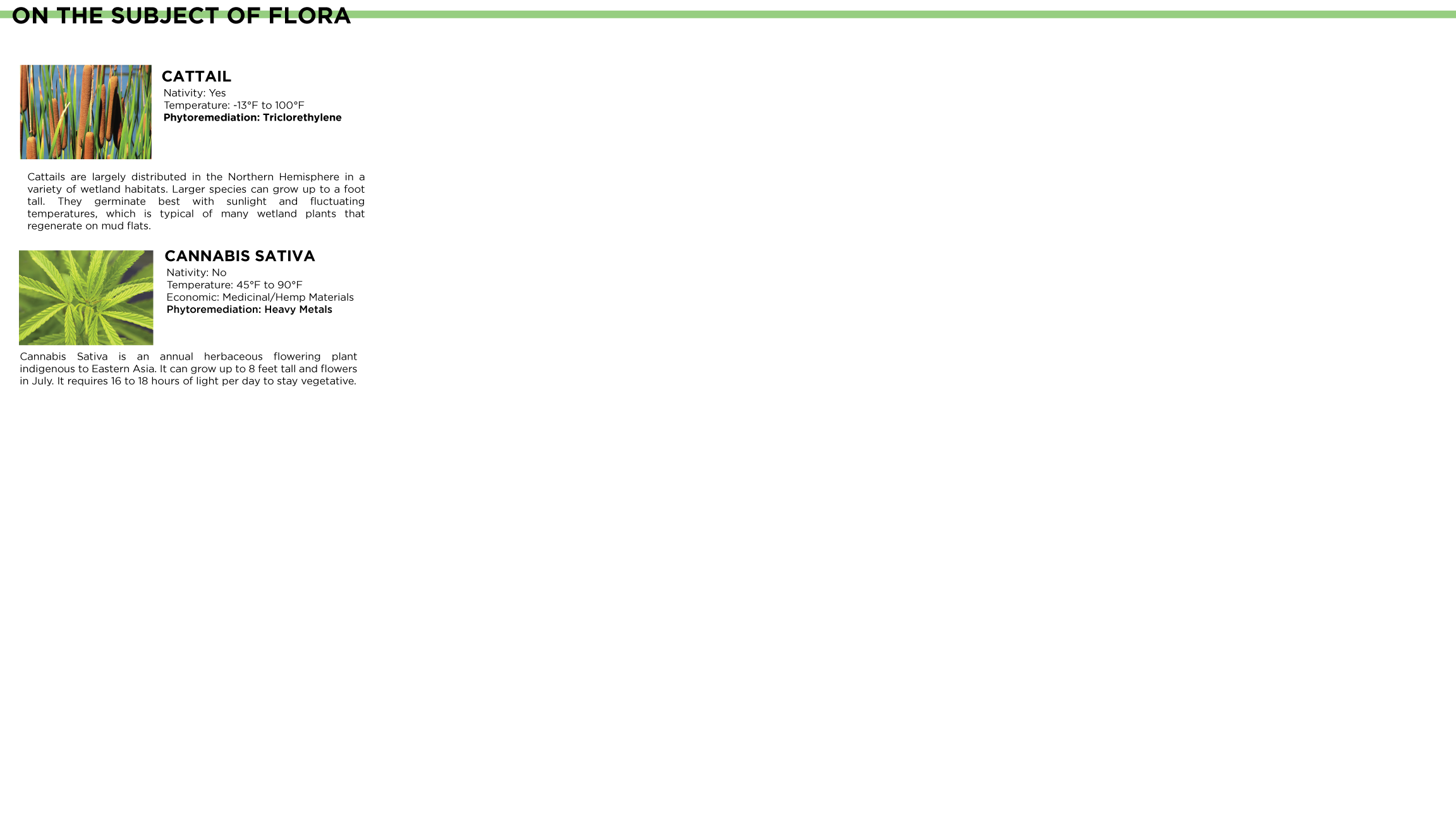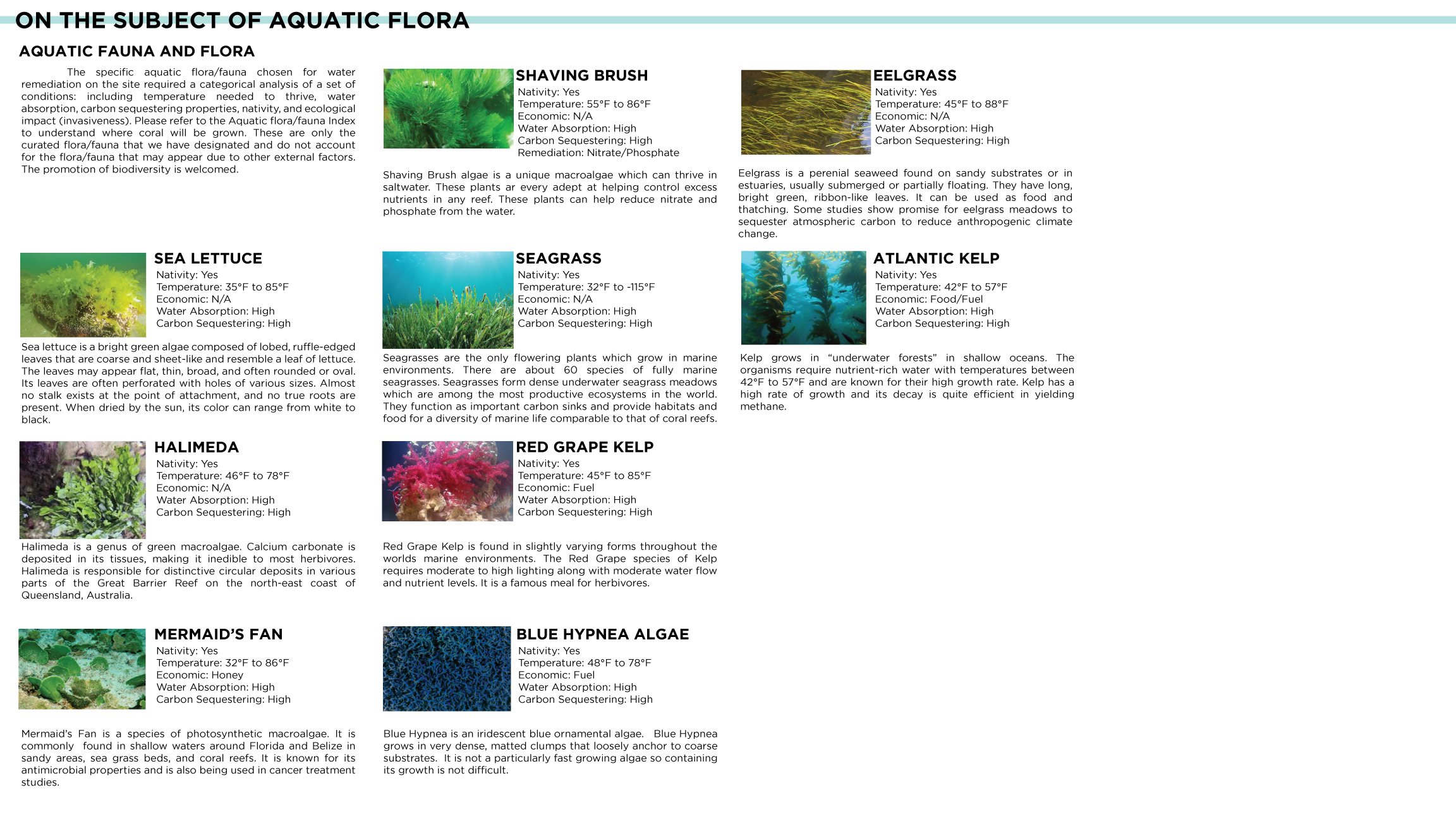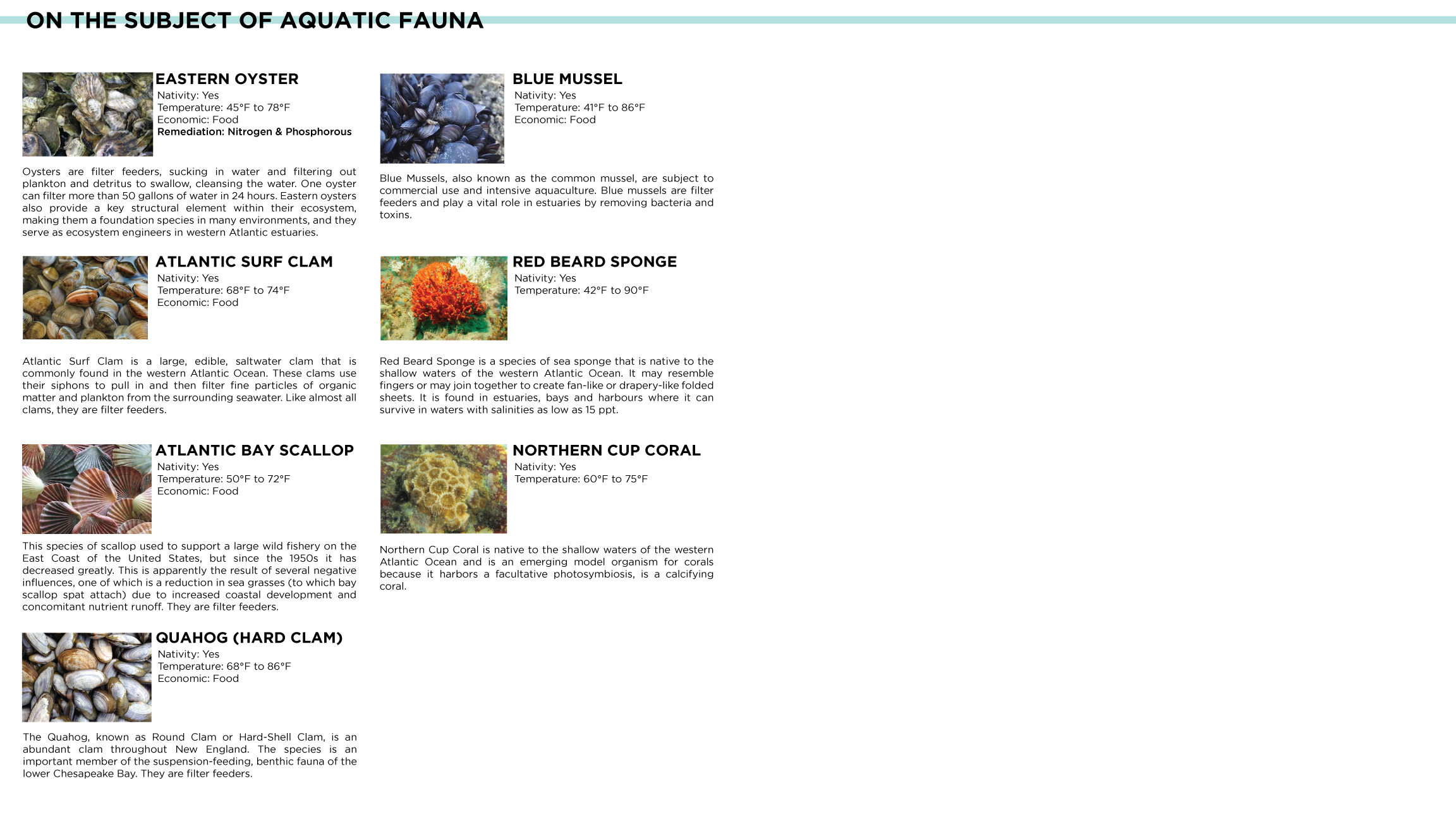ABSTRACT
Ekistics, the science of human settlements, has been a pervasive and well-established foundation of human civilization since agriculture. The dominance of humanity over the natural world has largely left this science in an untenable, yet static state. But, our anthropogenic effects on the environment and the natural world around us in the past century has upset the delicate balance of carbon that is critical to maintaining habitable conditions on our planet. Our devastating effect on the natural world must force us to reevaluate the ways we inhabit land, how we engage with the world, and refound the idea of ekistics to adapt rather than withstand.
This proposal drastically alters Ditmars Steinway to engage with both the community and environment, while also monitoring our carbon footprint. Our main concern was on rising sea levels and how we must adapt to this change rather than build ever-growing sea walls. For this, our proposal would function along a timeline, be it 55 years in a critical carbon emissions scenario (2075) or 95 years in a low emissions scenario (2115) for our site to flood. This timeline can be divided into three phases: Phase one would see the re-introduction of the natural habitat of Ditmars-Steinway back into the area, while also reimagining the site as an engaging park, educational space, market, and community center for Astoria. The second phase would include the flooding of our site due to rising sea levels. As the site floods, more of the land would be dedicated to housing the changing flora and fauna. The final phase of our timeline would see the flooding of the programmatic mounds, returning the land (and the flooded interiors) to the natural flora and fauna.
Another important intervention we imposed was changing the energy generation on the site. The previous energy plant burned natural gas, but we altered the process to a closed cycle biogas loop to promote carbon neutrality in energy production. In the same vein of thinking, we selectively chose healthy materials that would reduce our embodied carbon cost and also not degenerate into toxins in the distant future.
Our addition of a community park would consist of many phytoremediators, healing our site from the toxins that exist on the site due to human activity. The library, school, and market engage the community in what was once an ostracized area, while also promoting education and the economy of our site.
2021 High Tide Plan
2075 High Tide Plan
2115 High Tide Plan
Afterplan Plan
Longitudinal Section with Flood Levels
Master Plan
Ground Floor Plan
First Floor Plan
Longitudinal Section
Cross Section
SCHOOL
School Section Perspective
School Program Axonometric
School Embodied Carbon Analysis
EAST LIBRARY
East Library Section Perspective
East Library Program Axonometric
East Library Embodied Carbon Analysis
West Library AND RESEARCH CENTER
West Library and Research Center Section Perspective
West Library and Research Center Axonometric
Research Lab Embodied Carbon Analysis
West Library Embodied Carbon Analysis
BIOENERGY PLANT
Bioenergy Plant Section Perspective
AFTERPLAN
Afterplan Cross Section
SUPPORTING DRAWINGS
Material Selection and Production
Wall Sections and Details
Site Plan with Proposal
Vegetation Information
Flooding Timelapse
